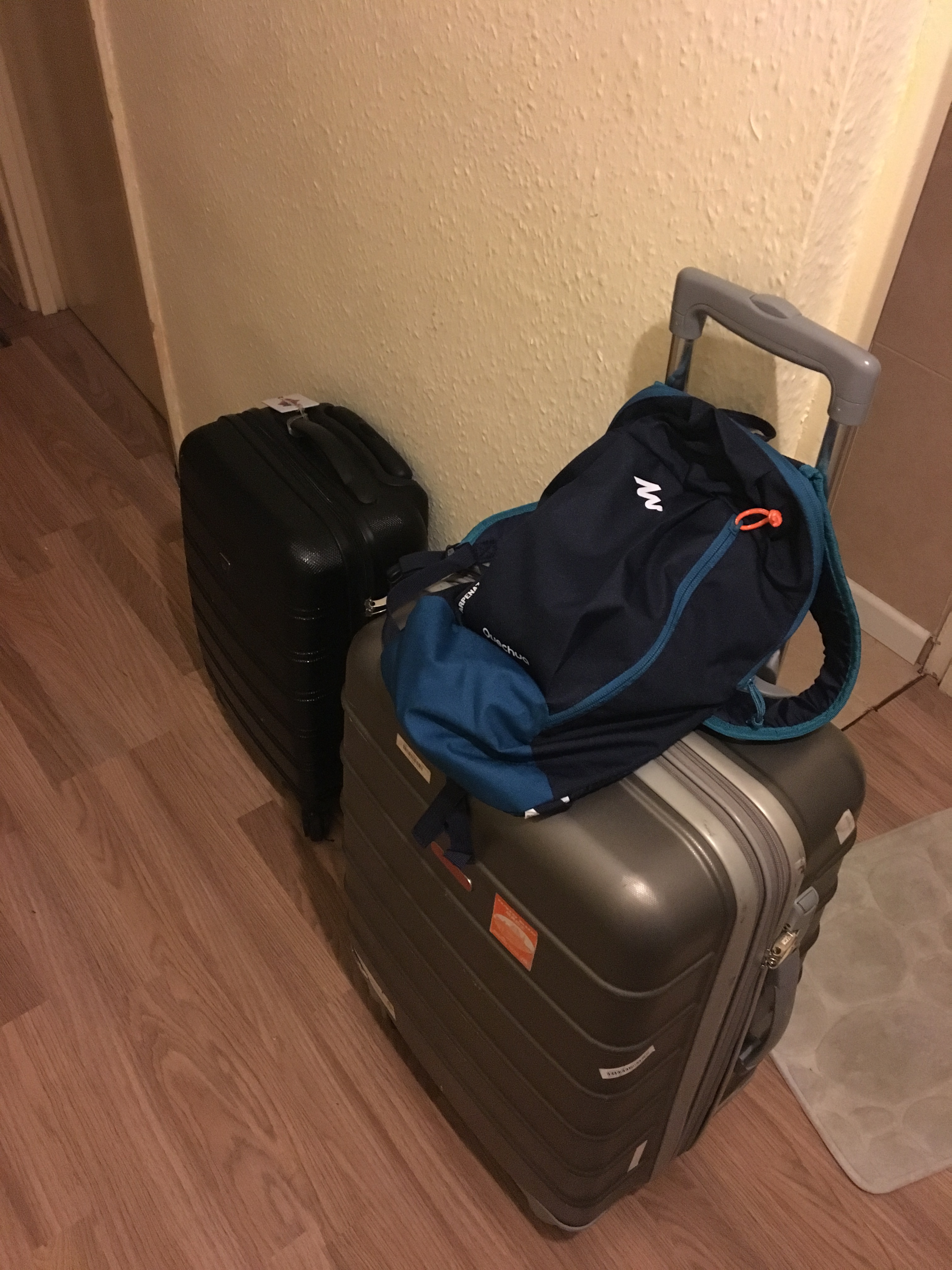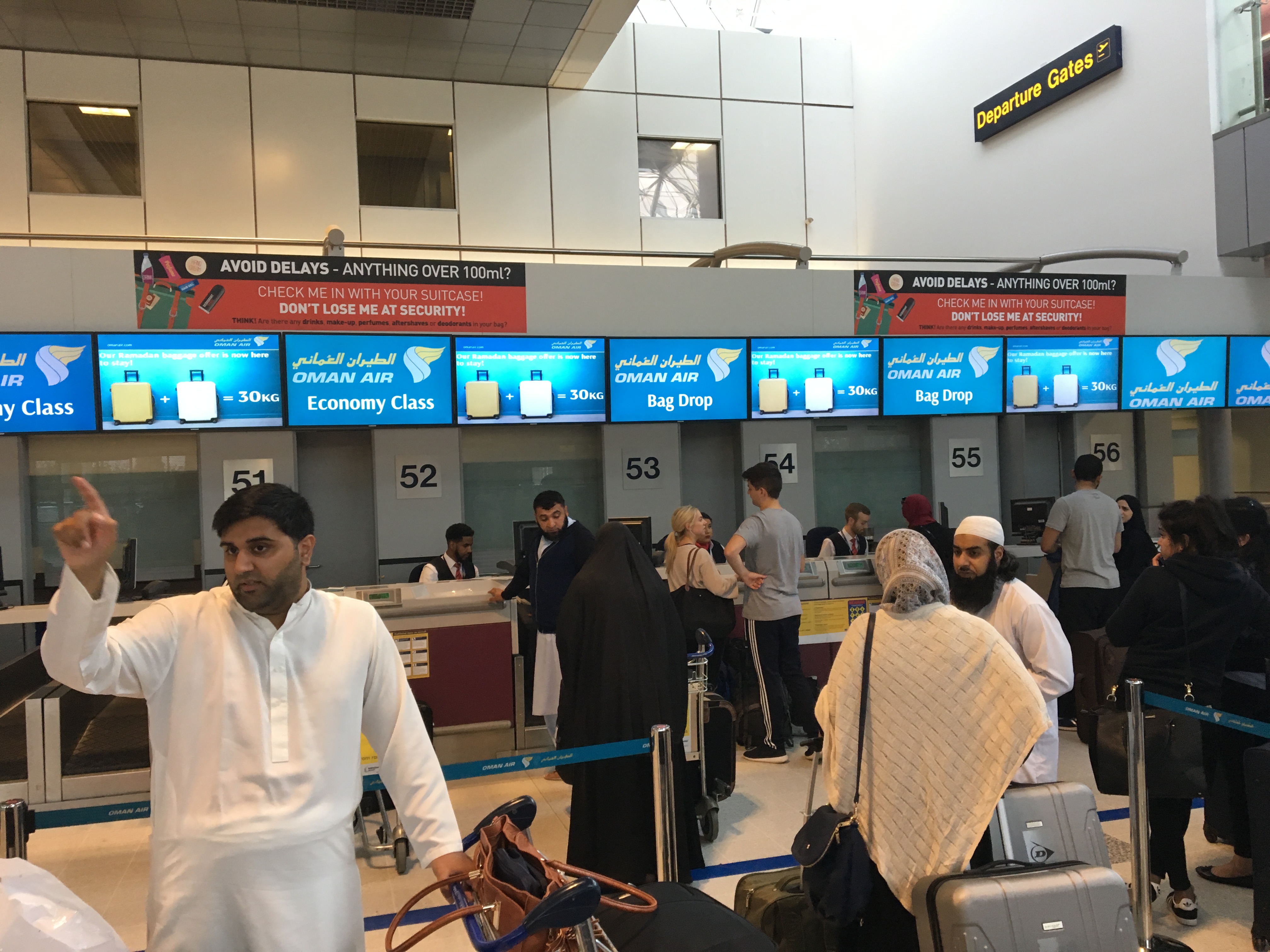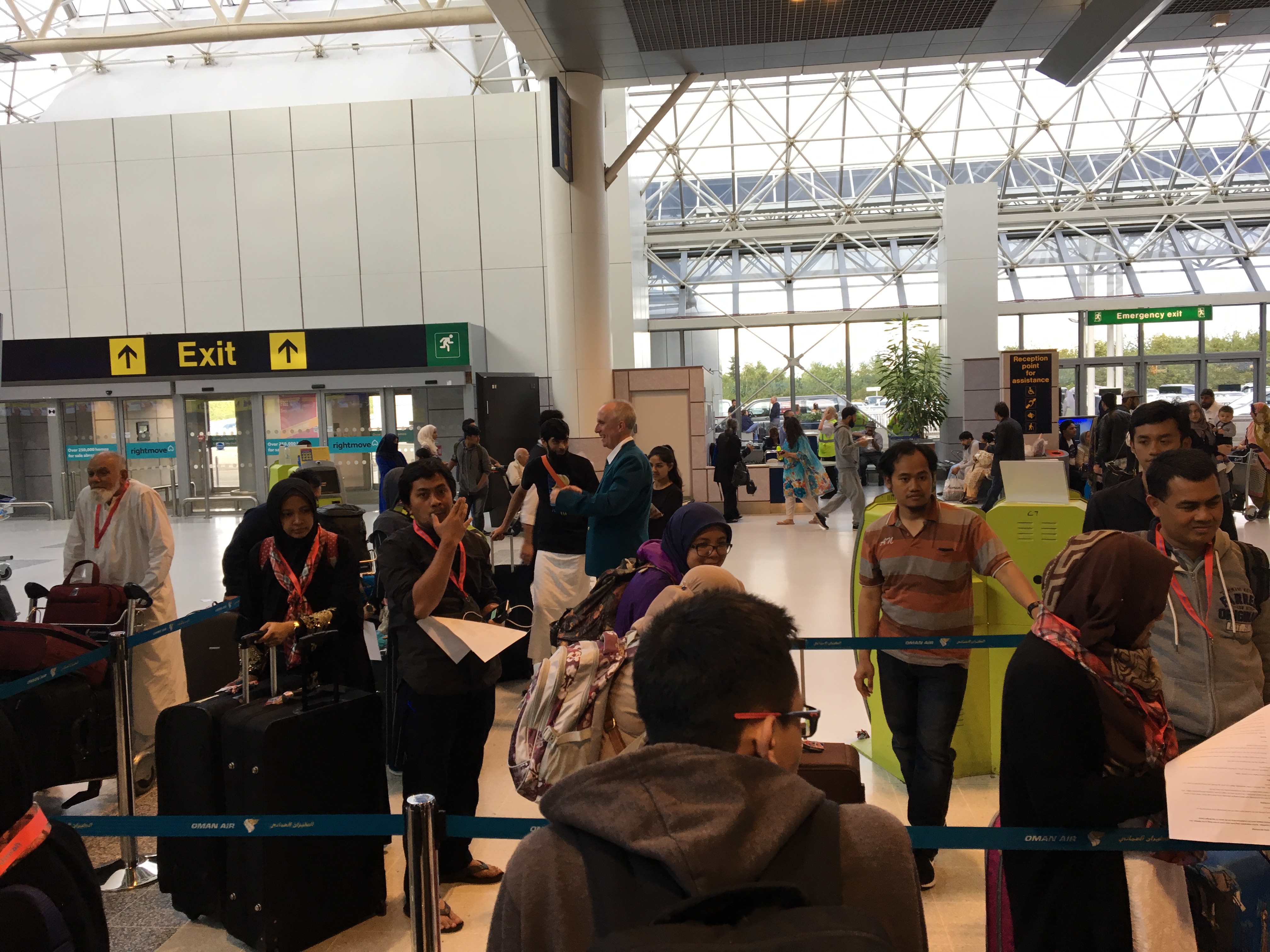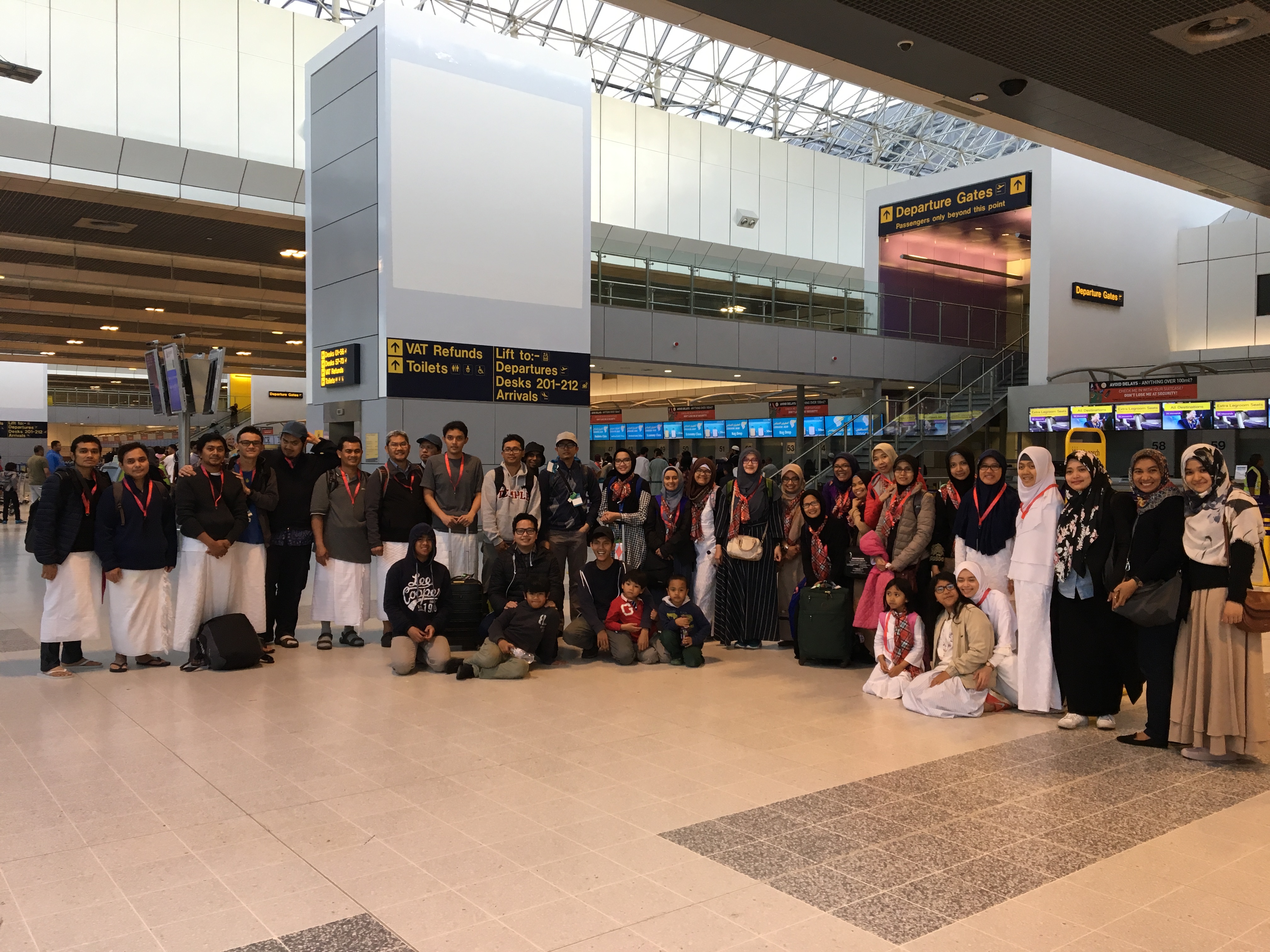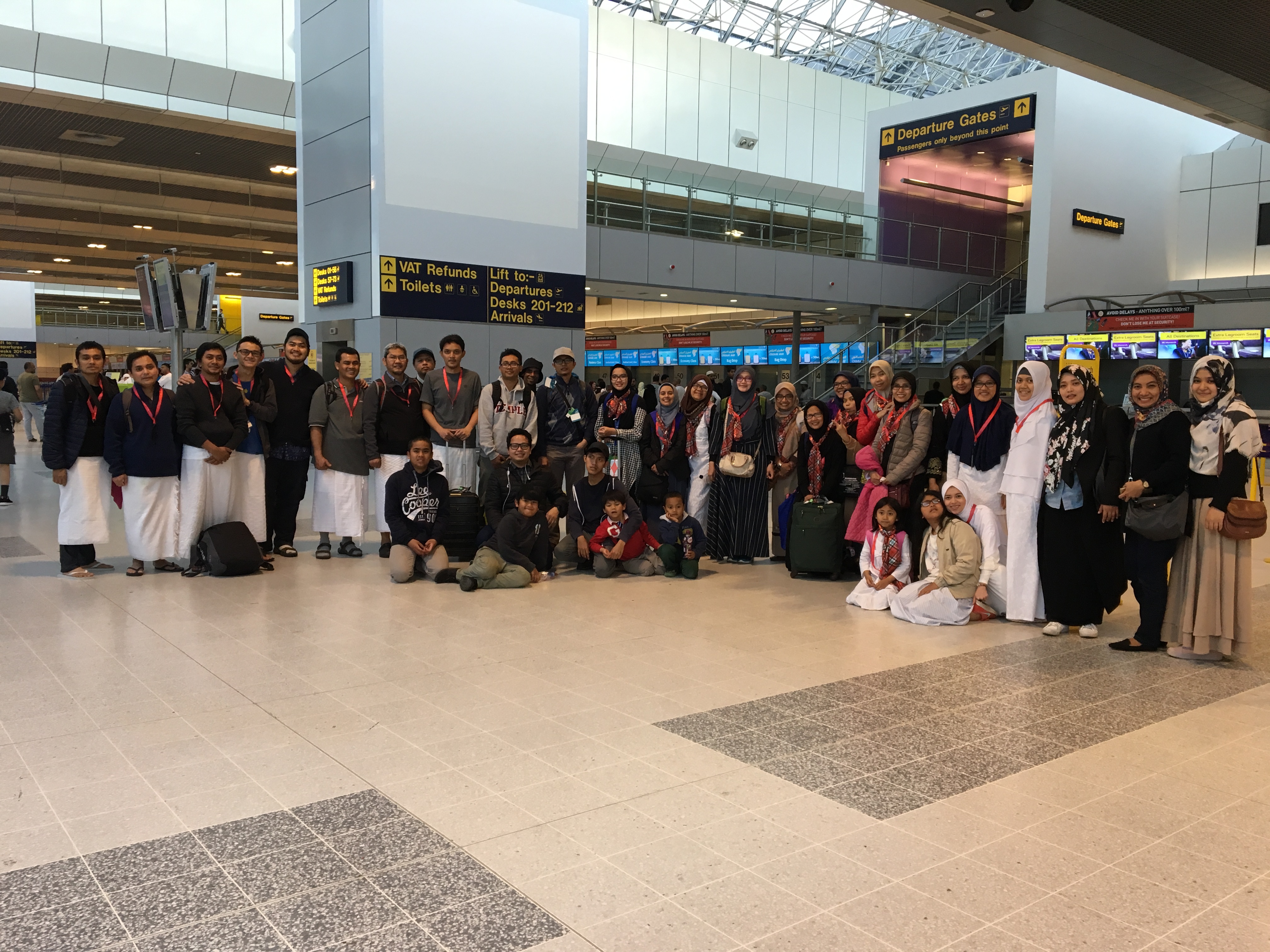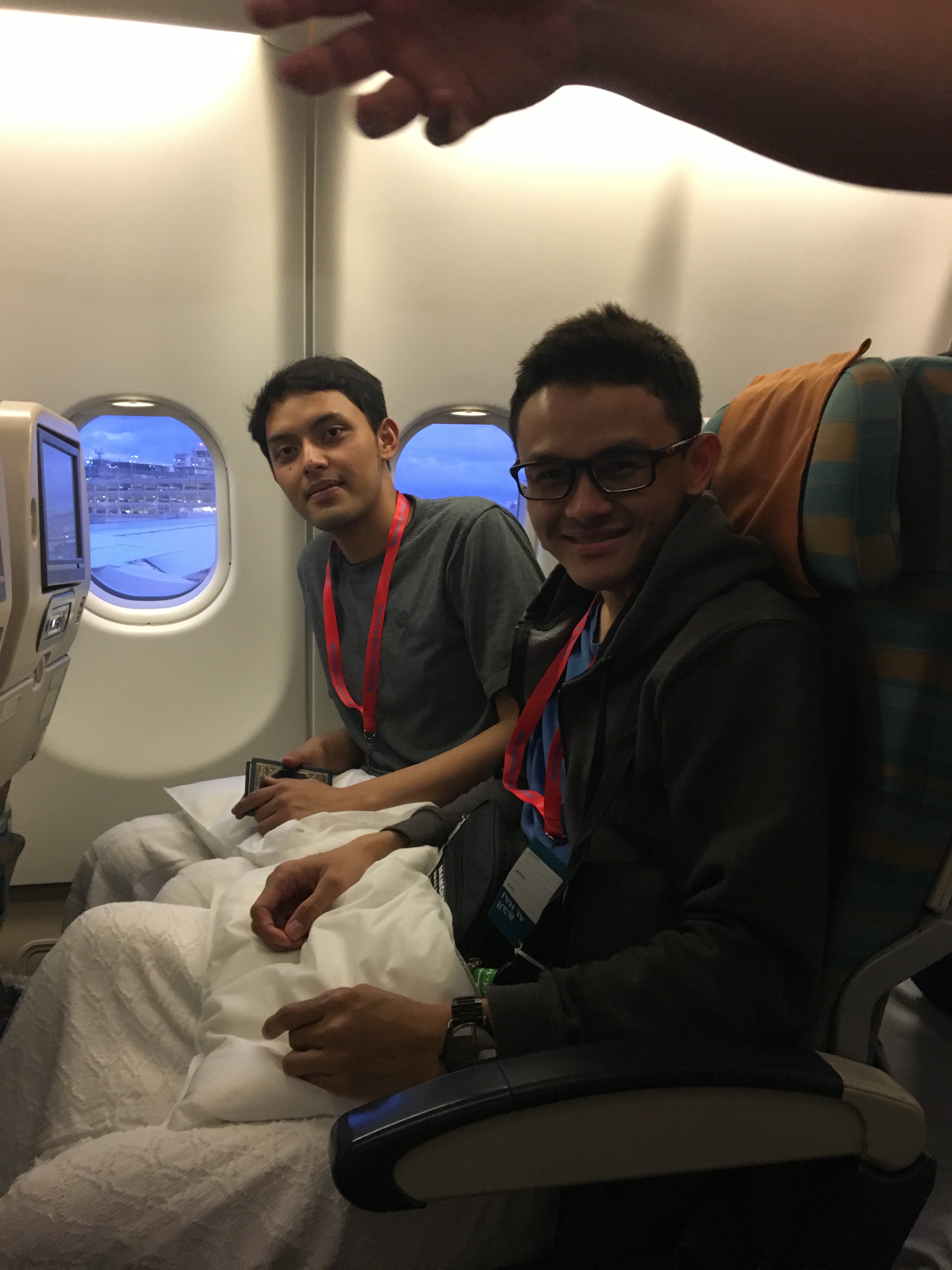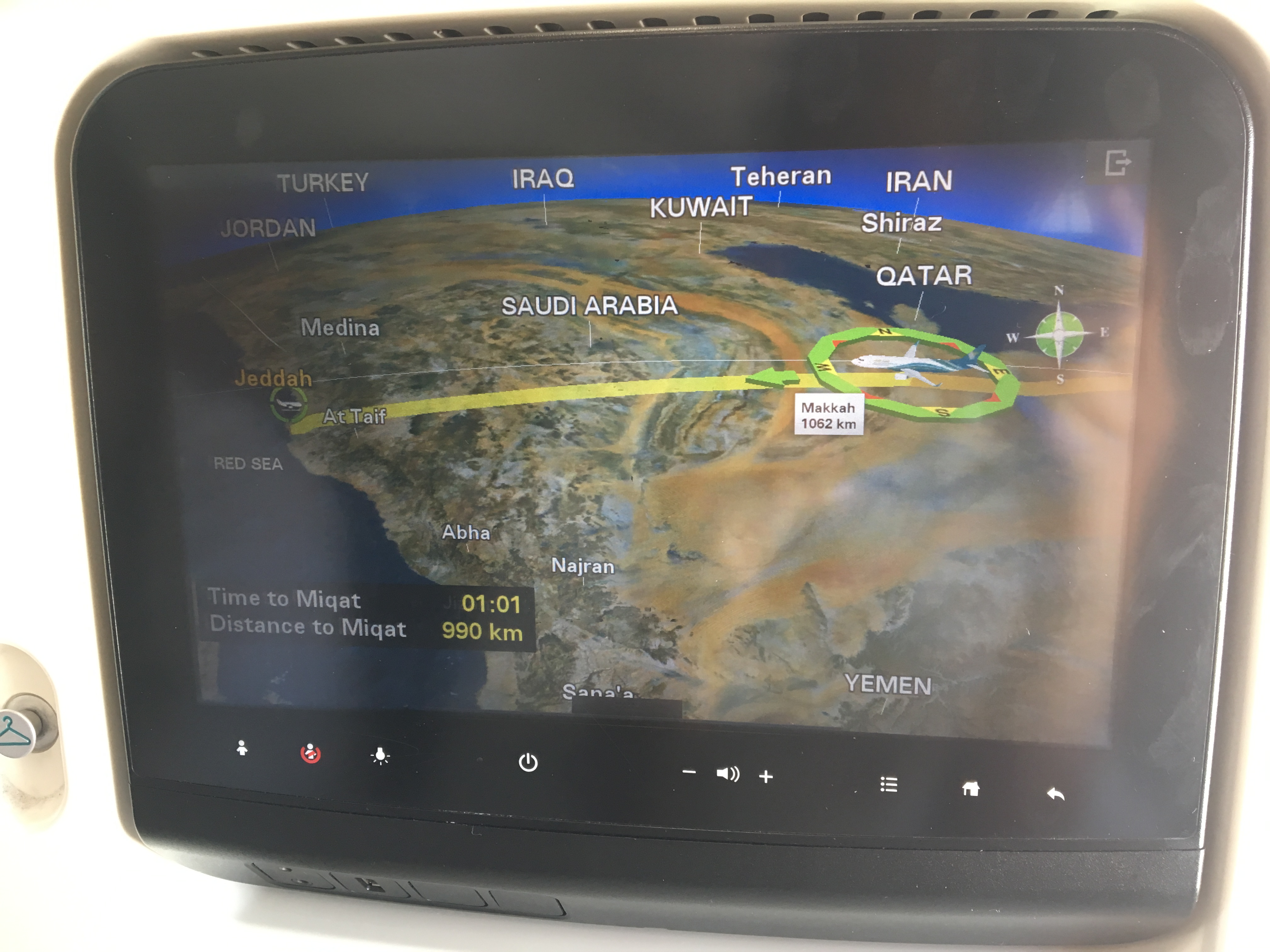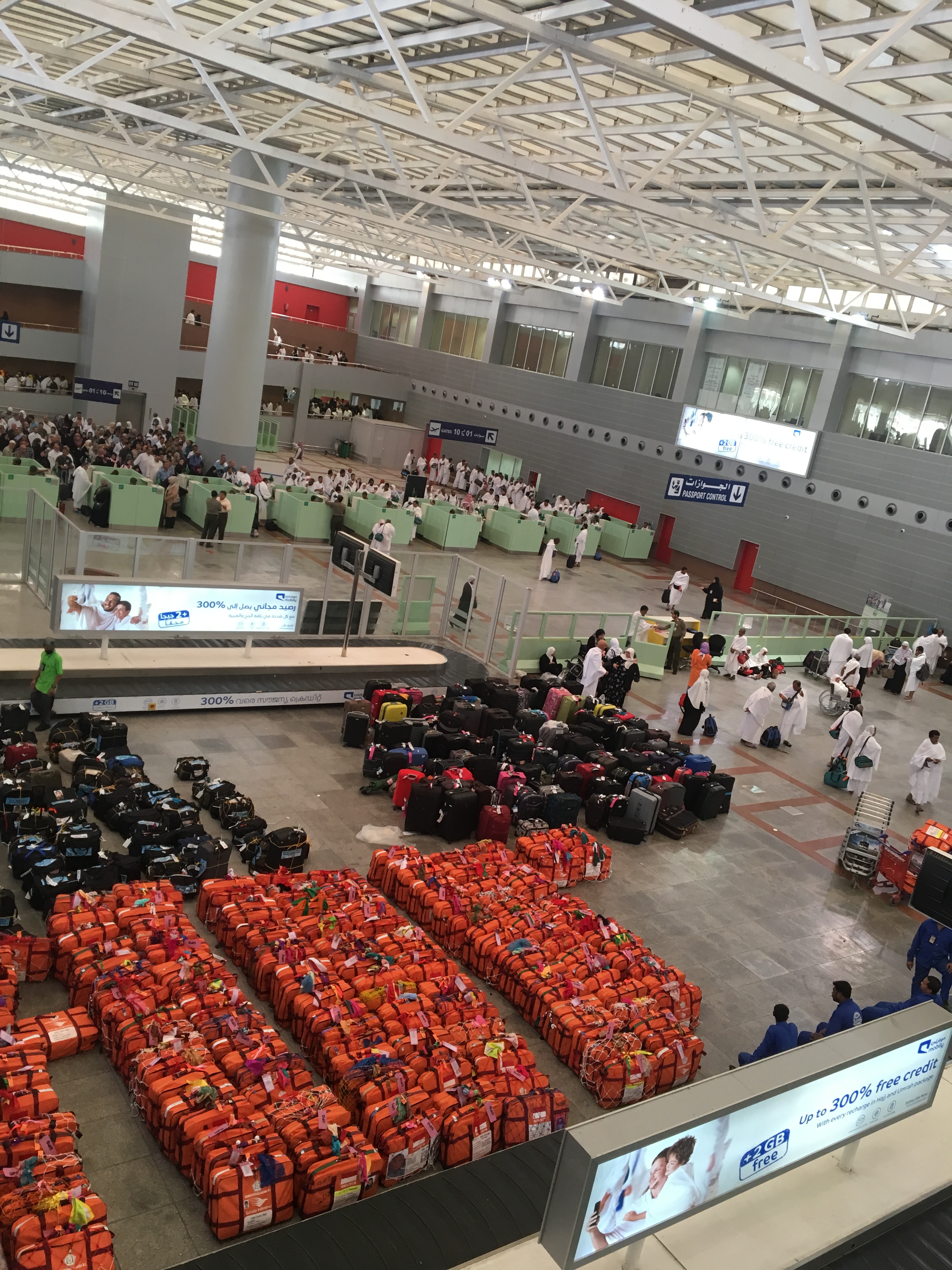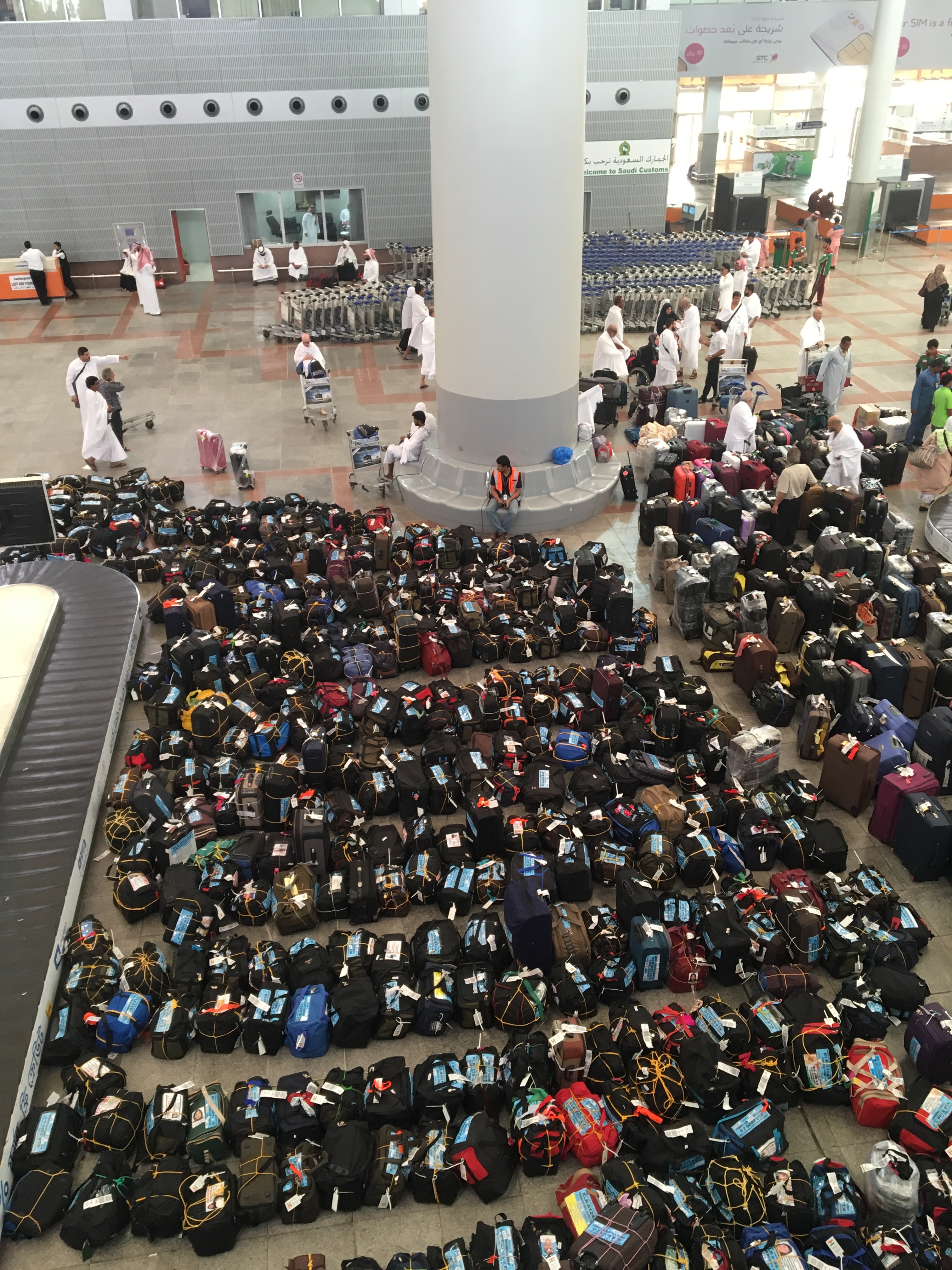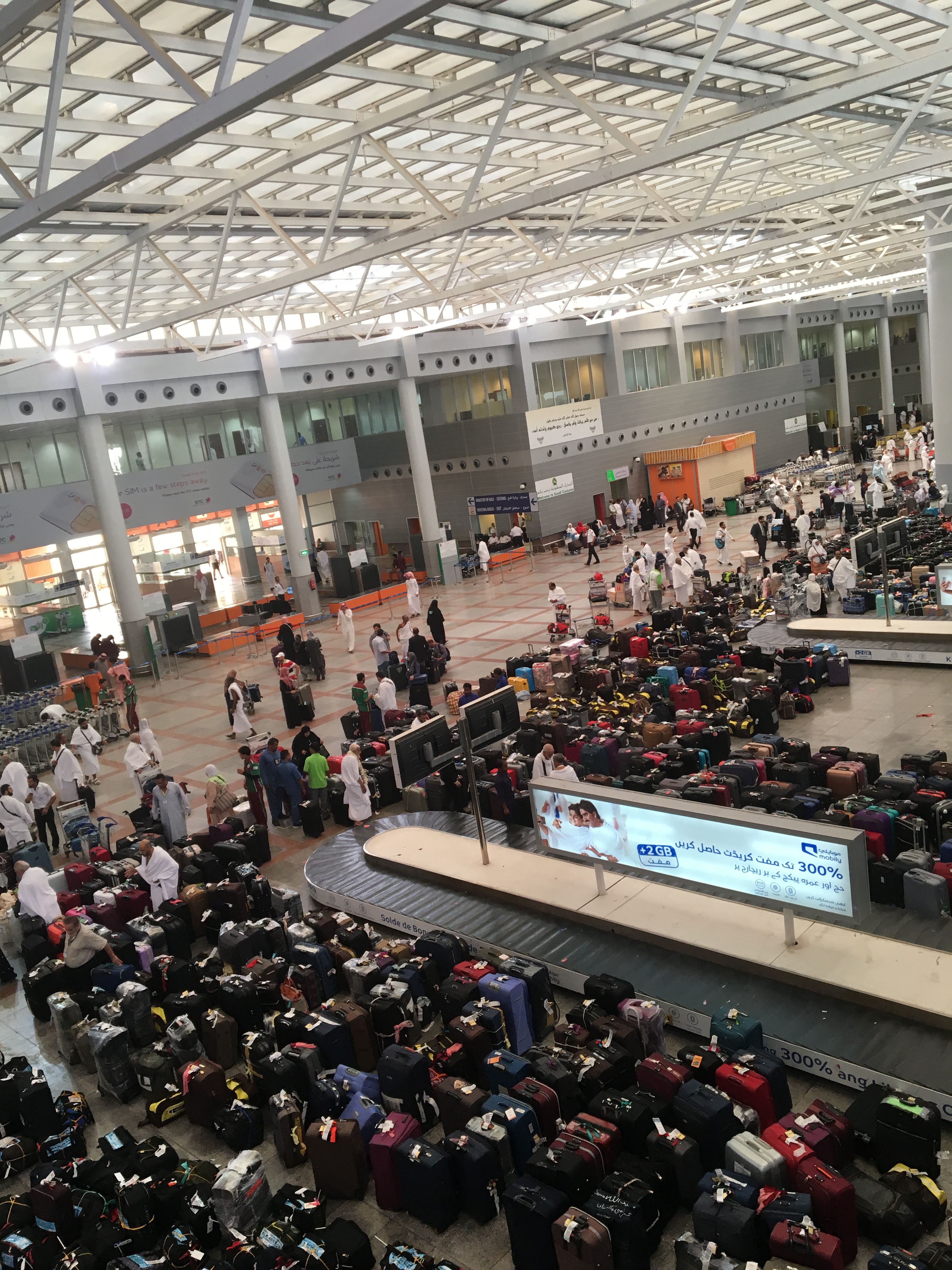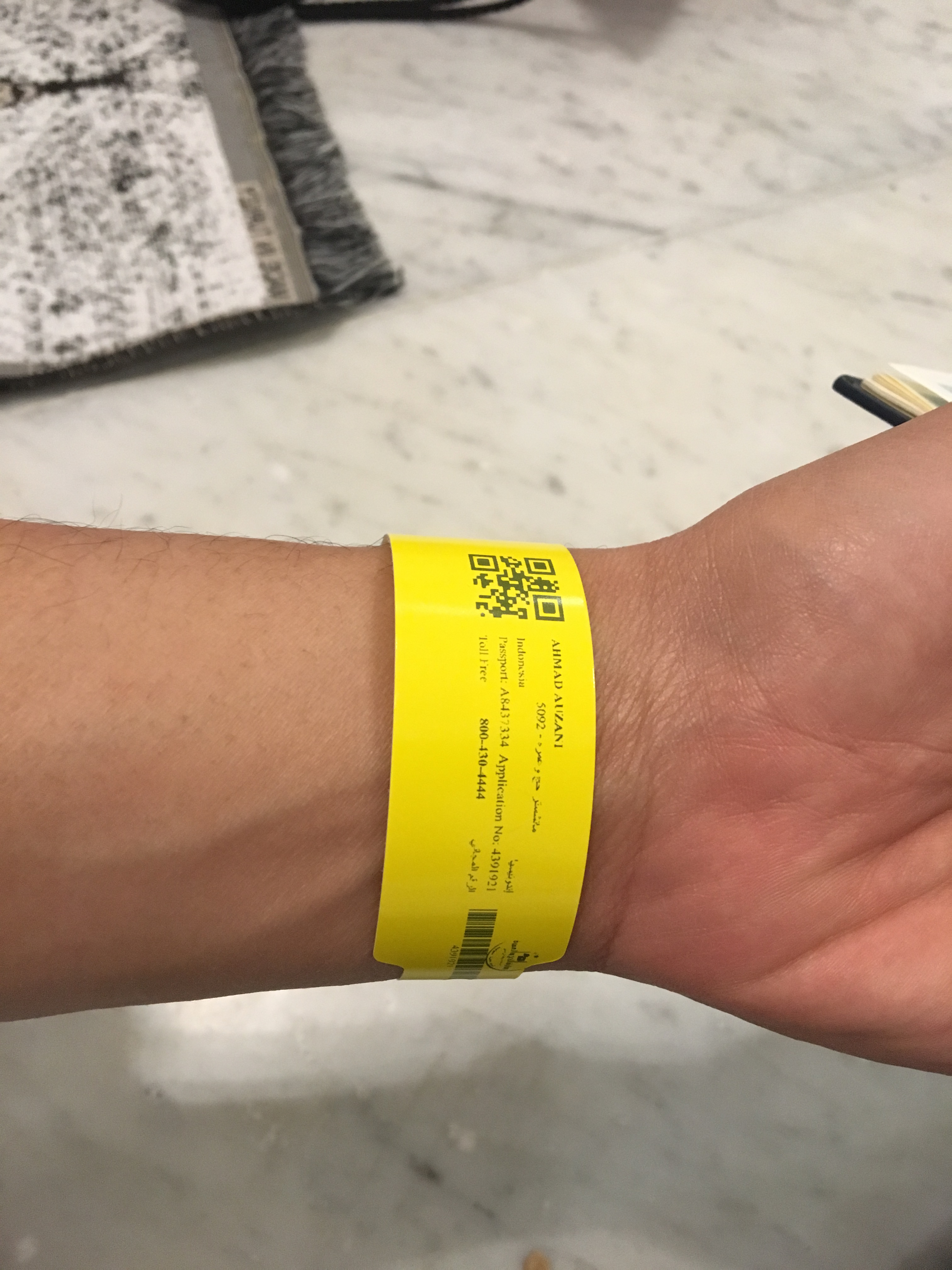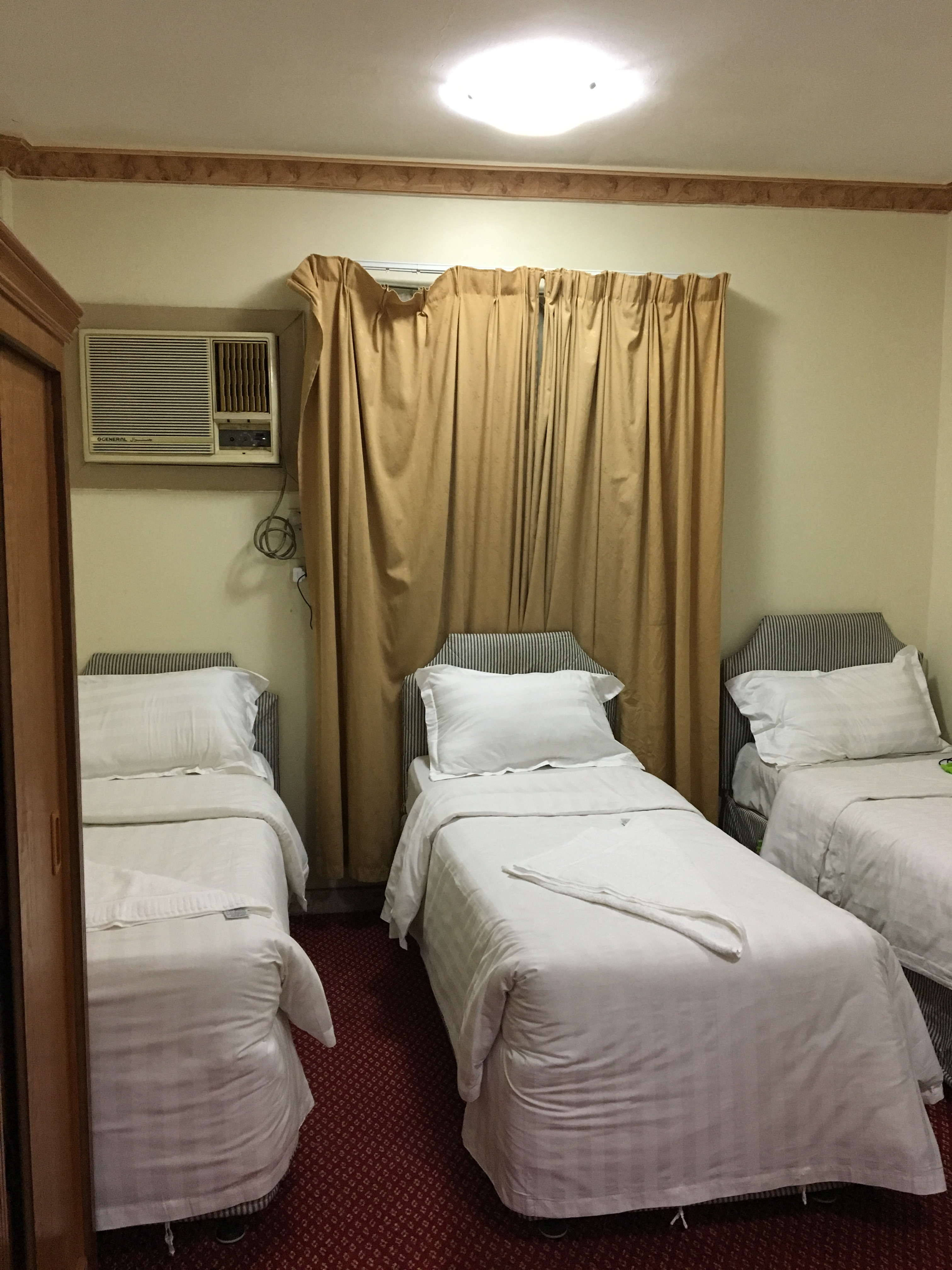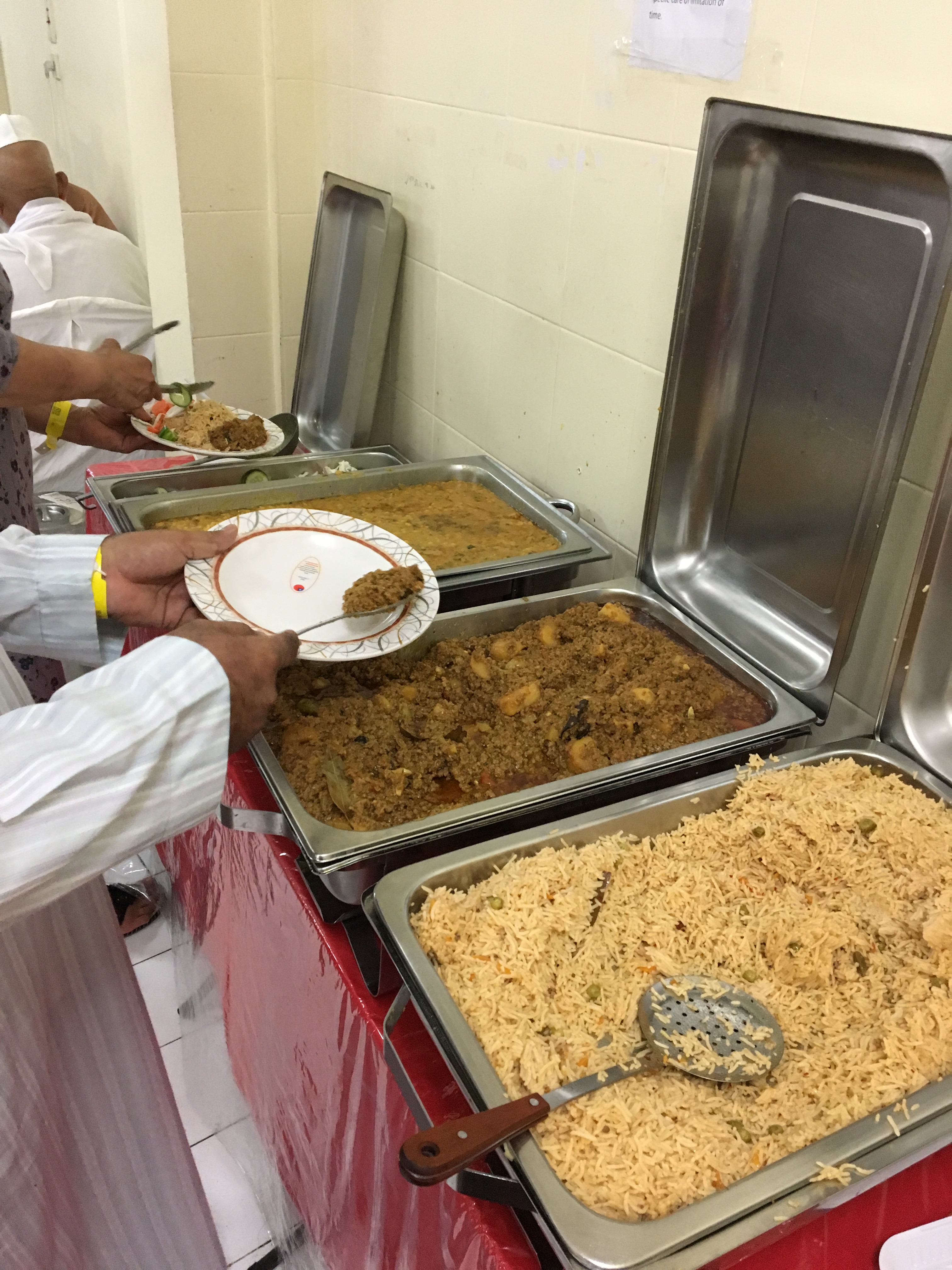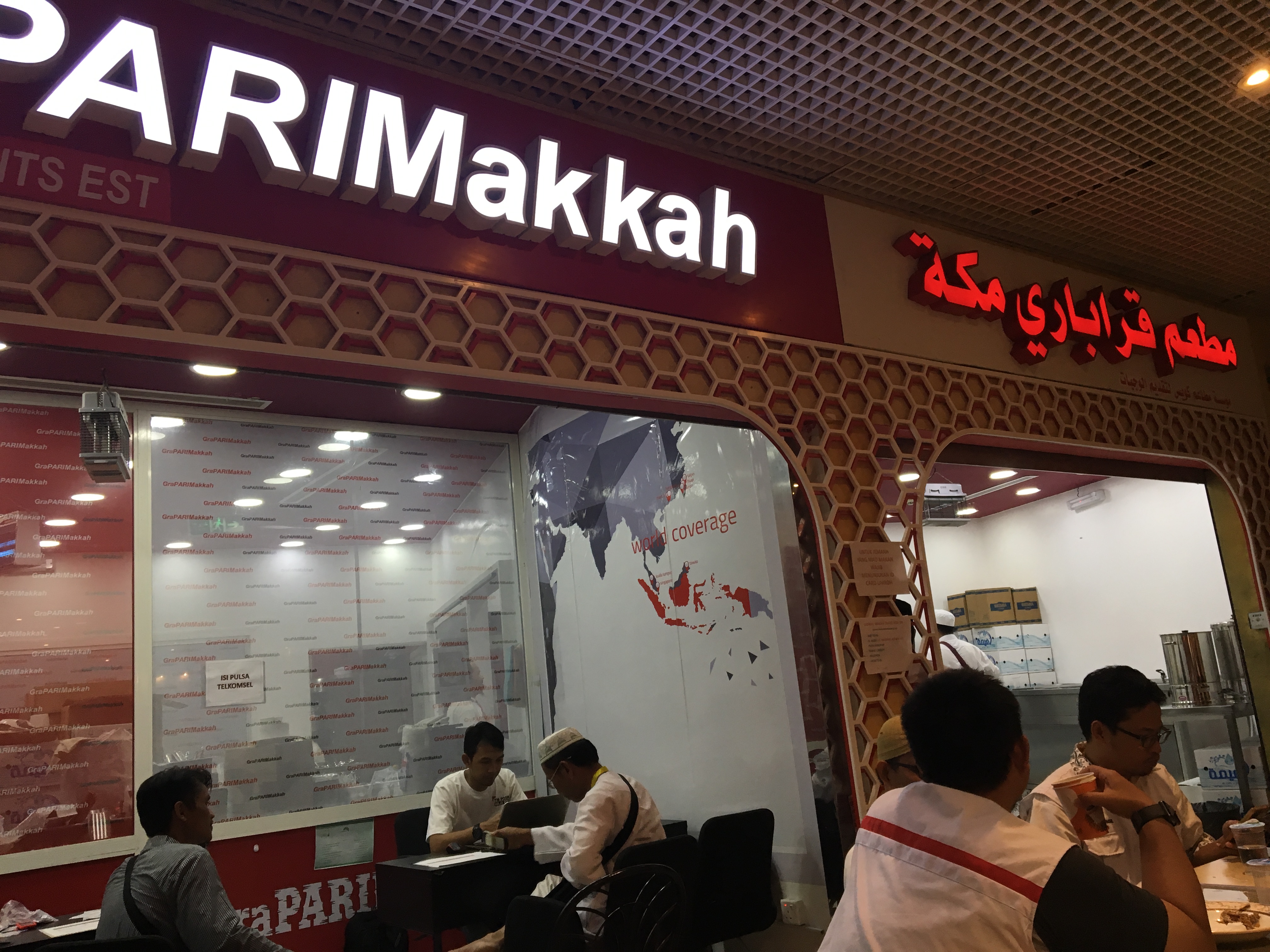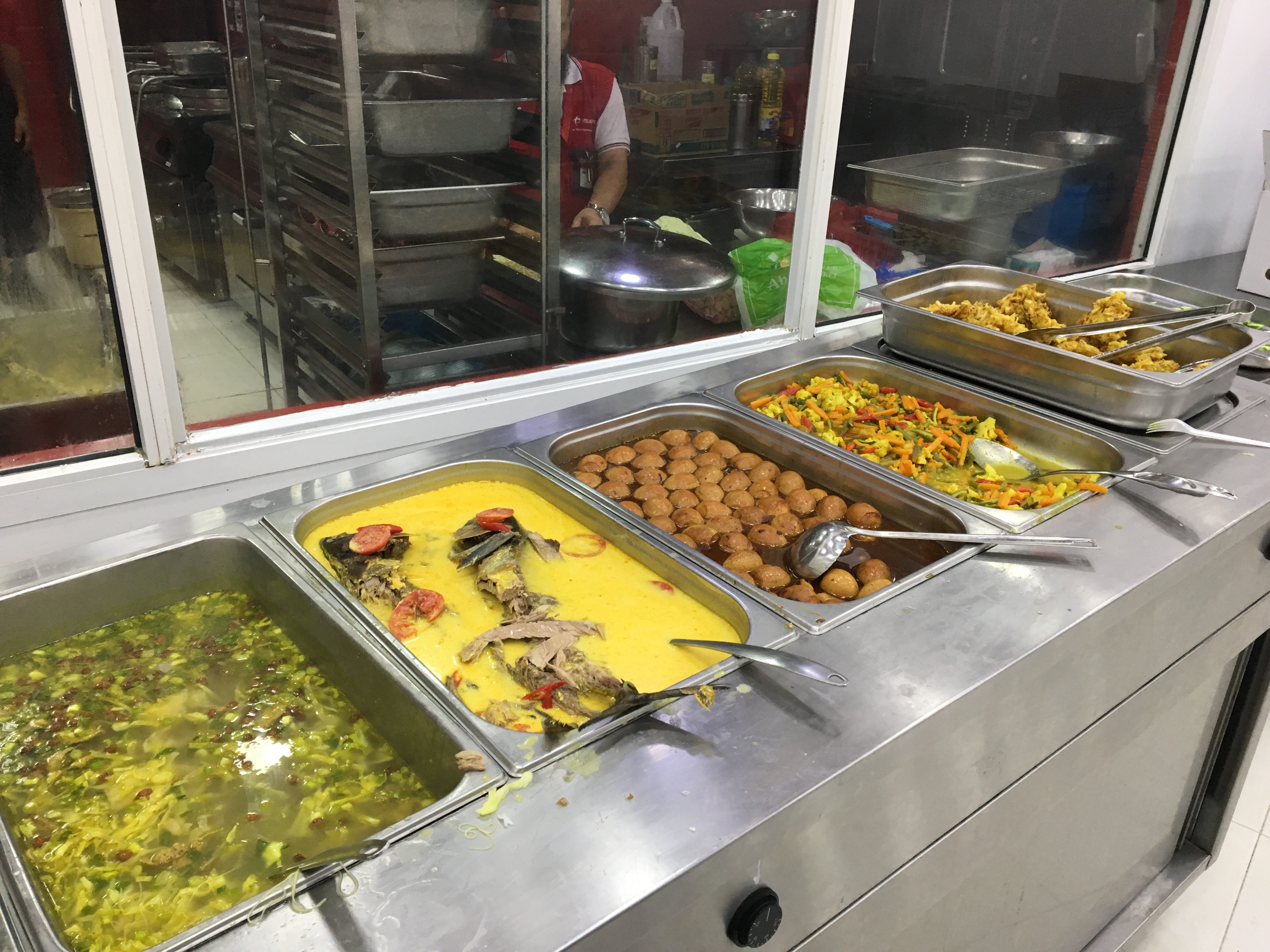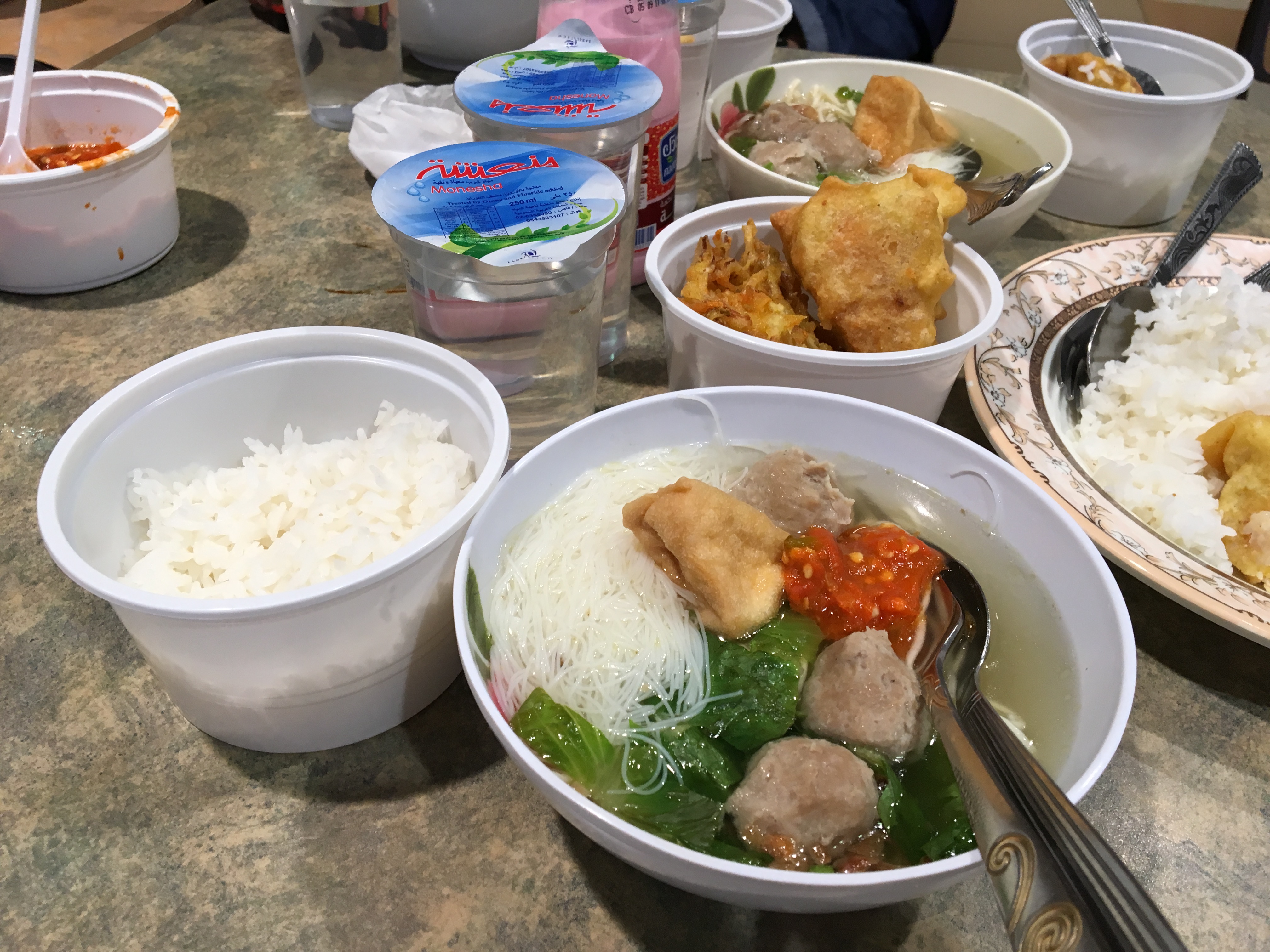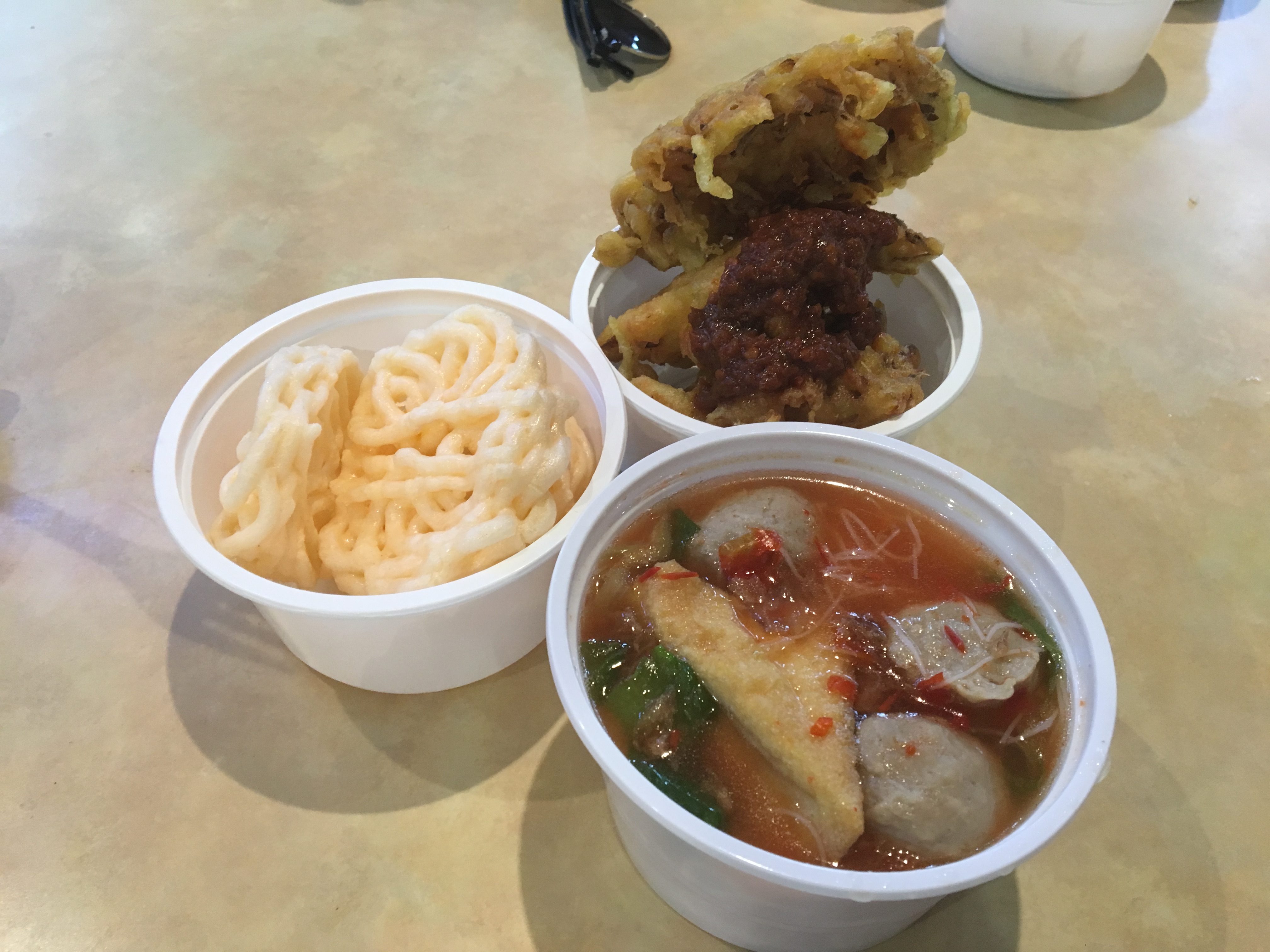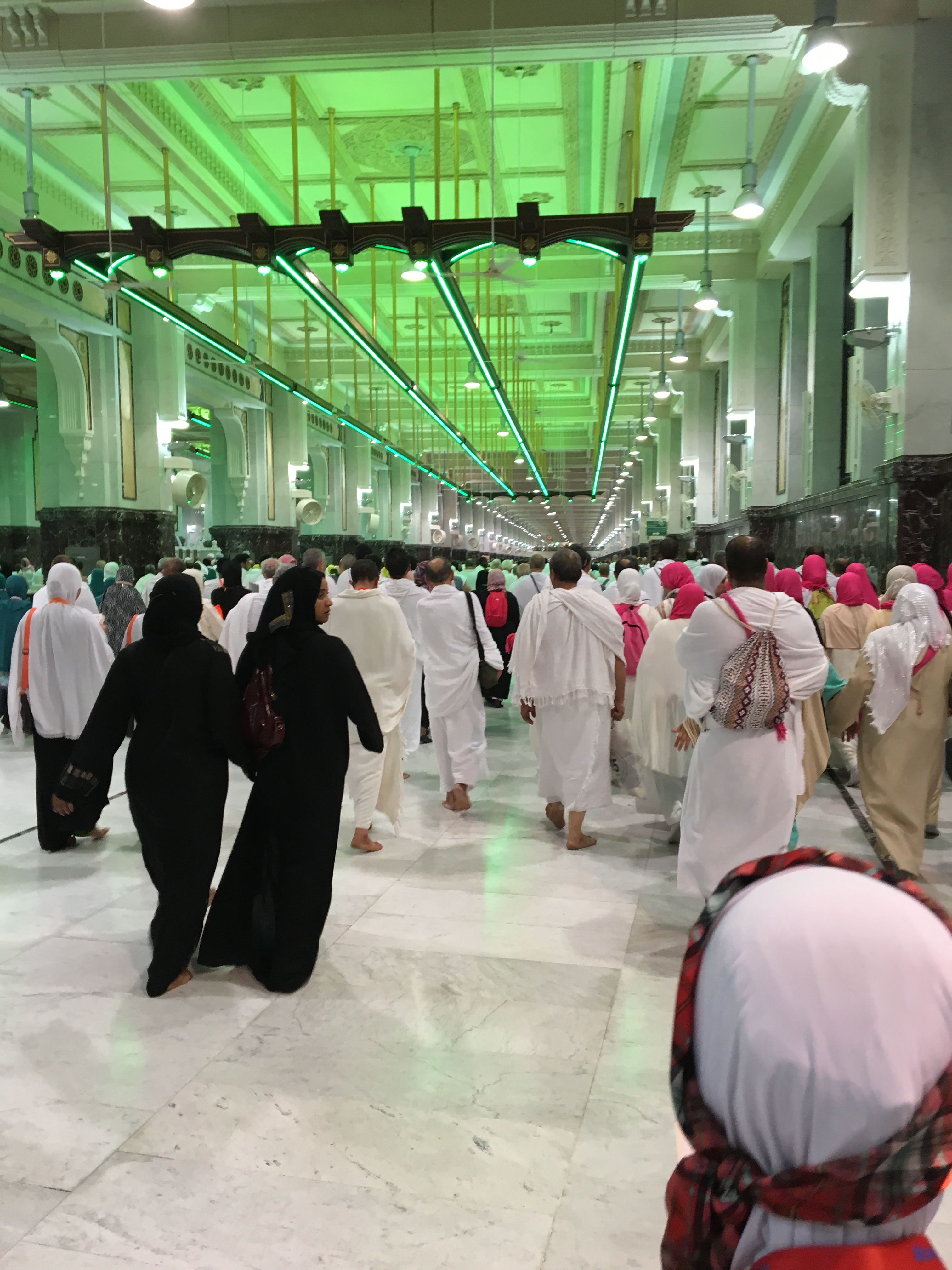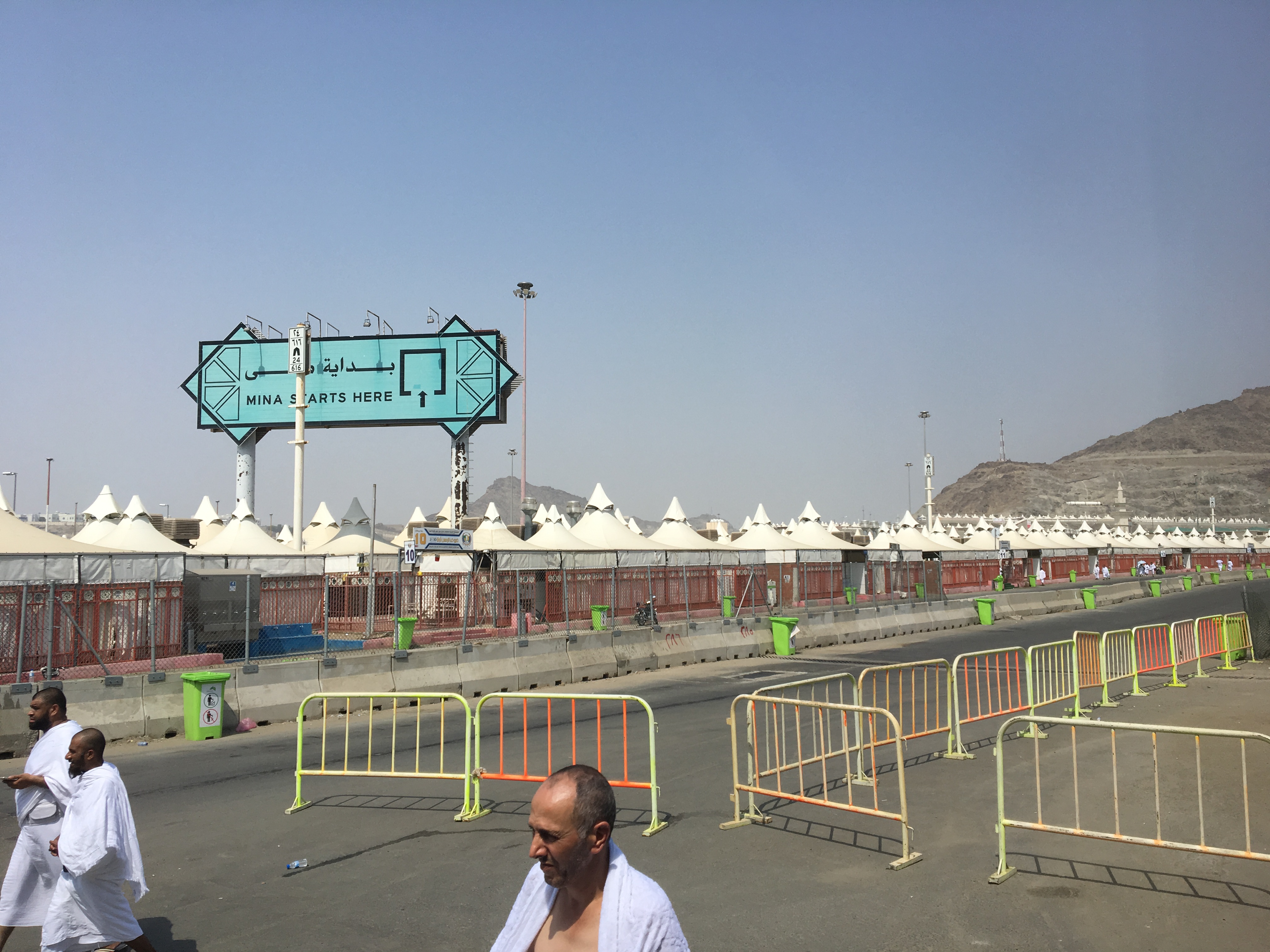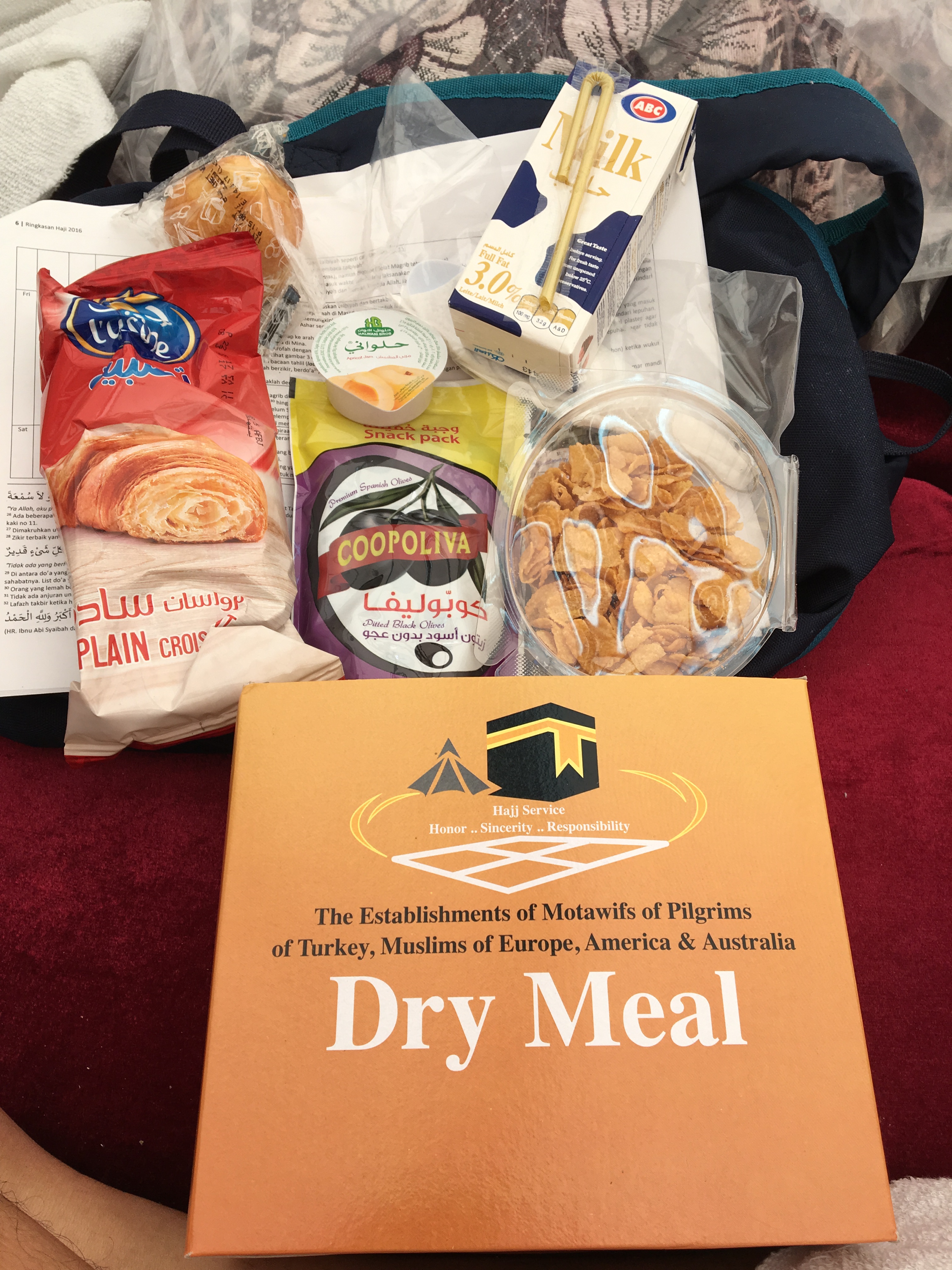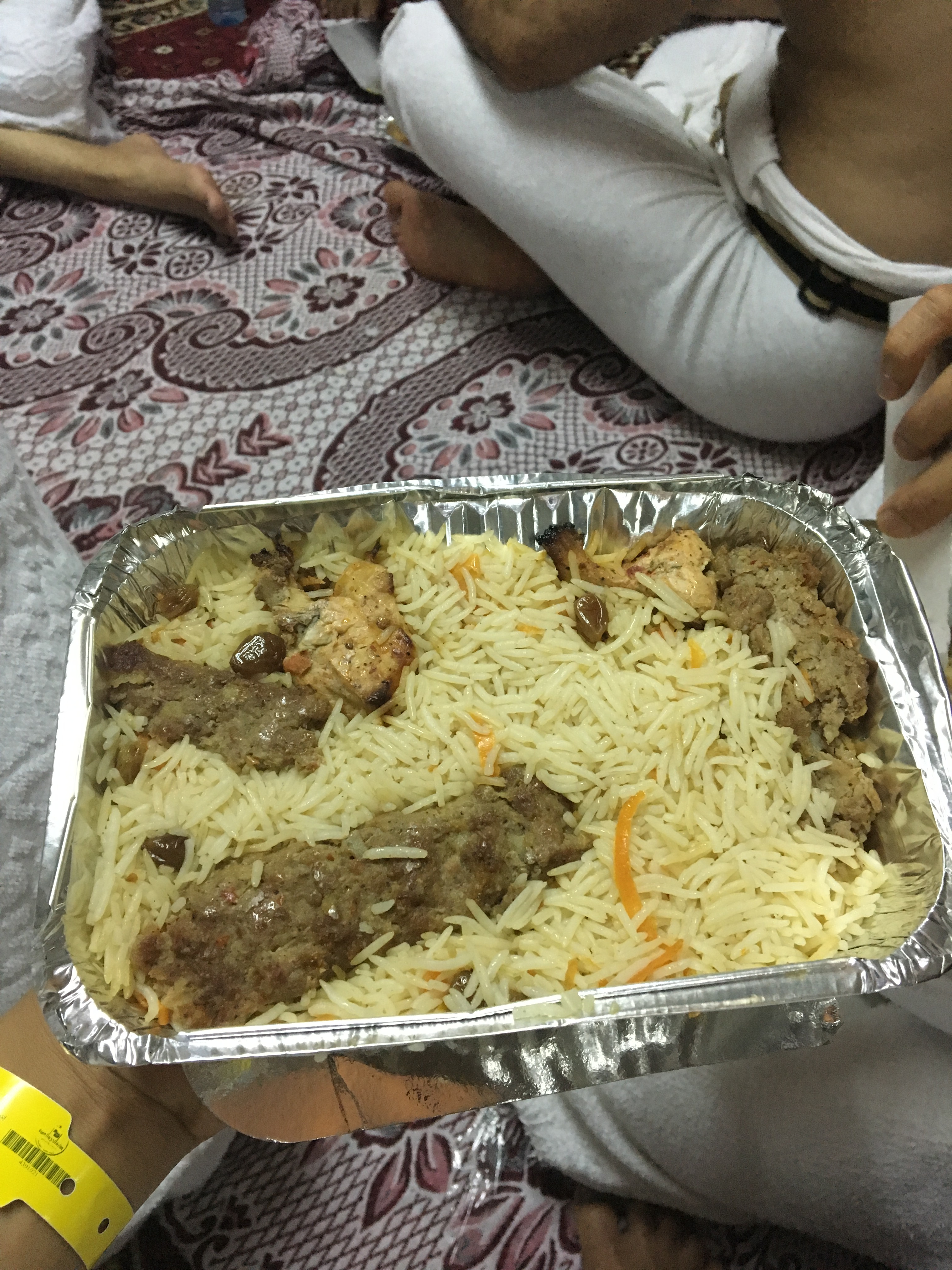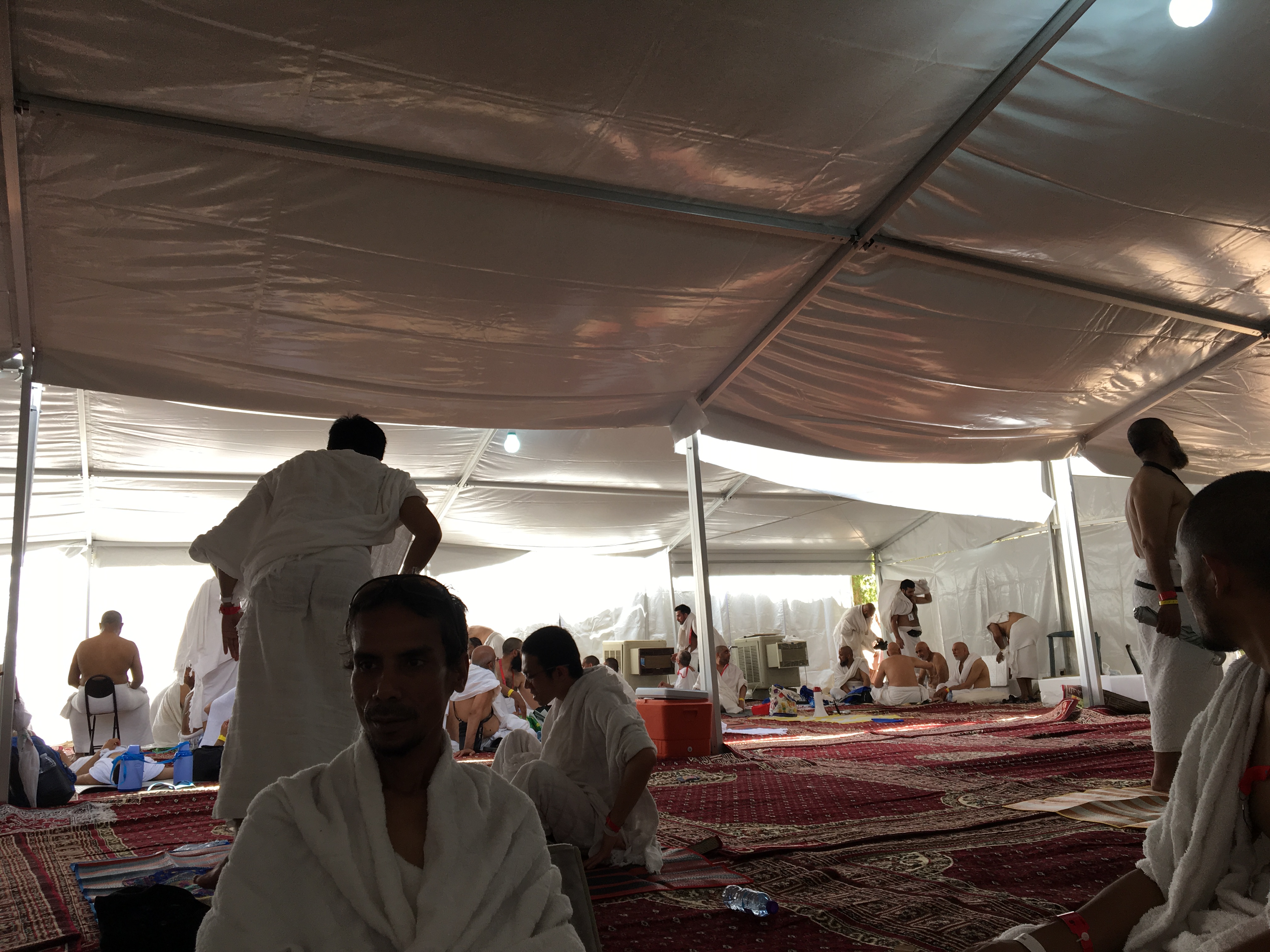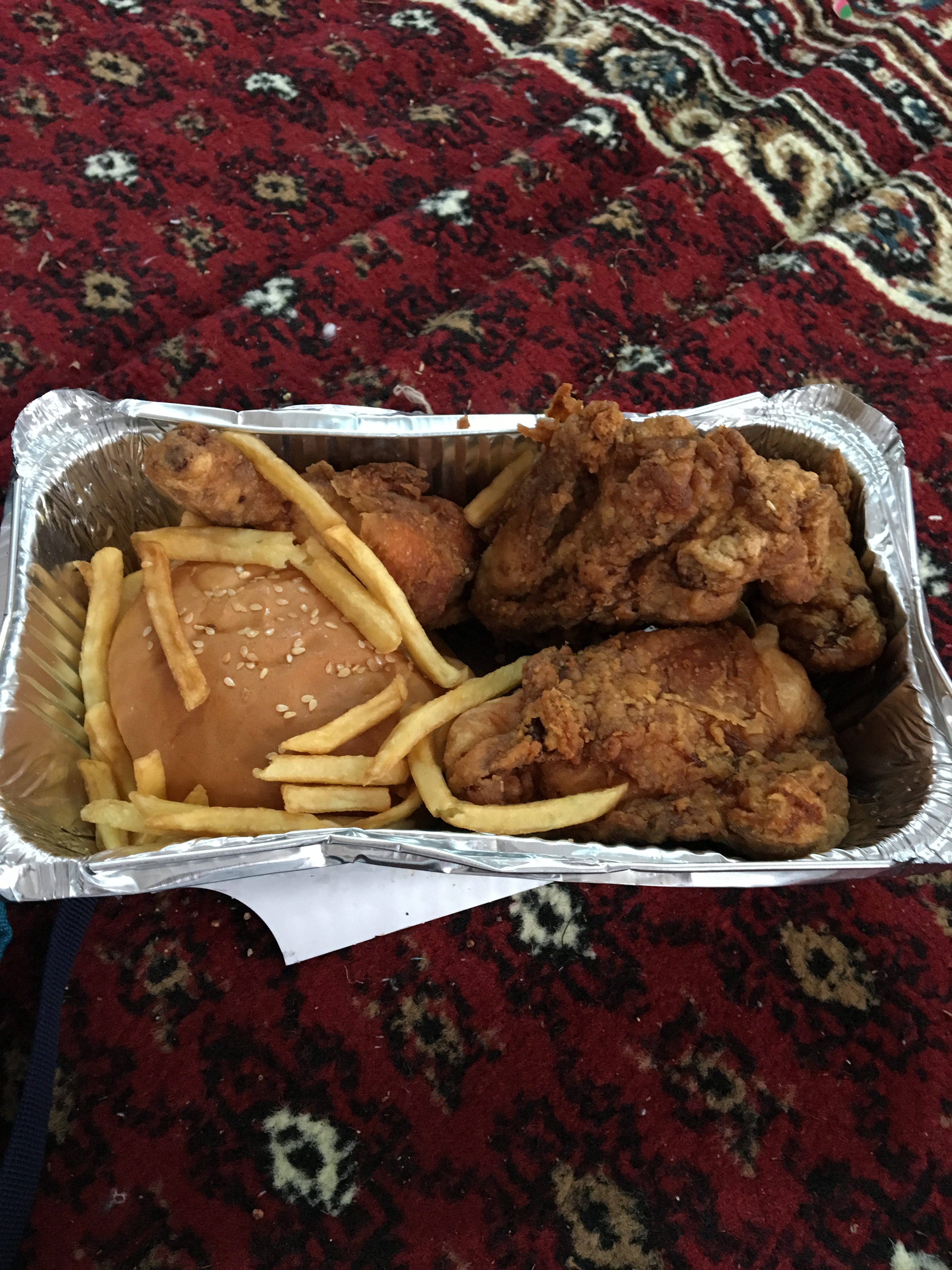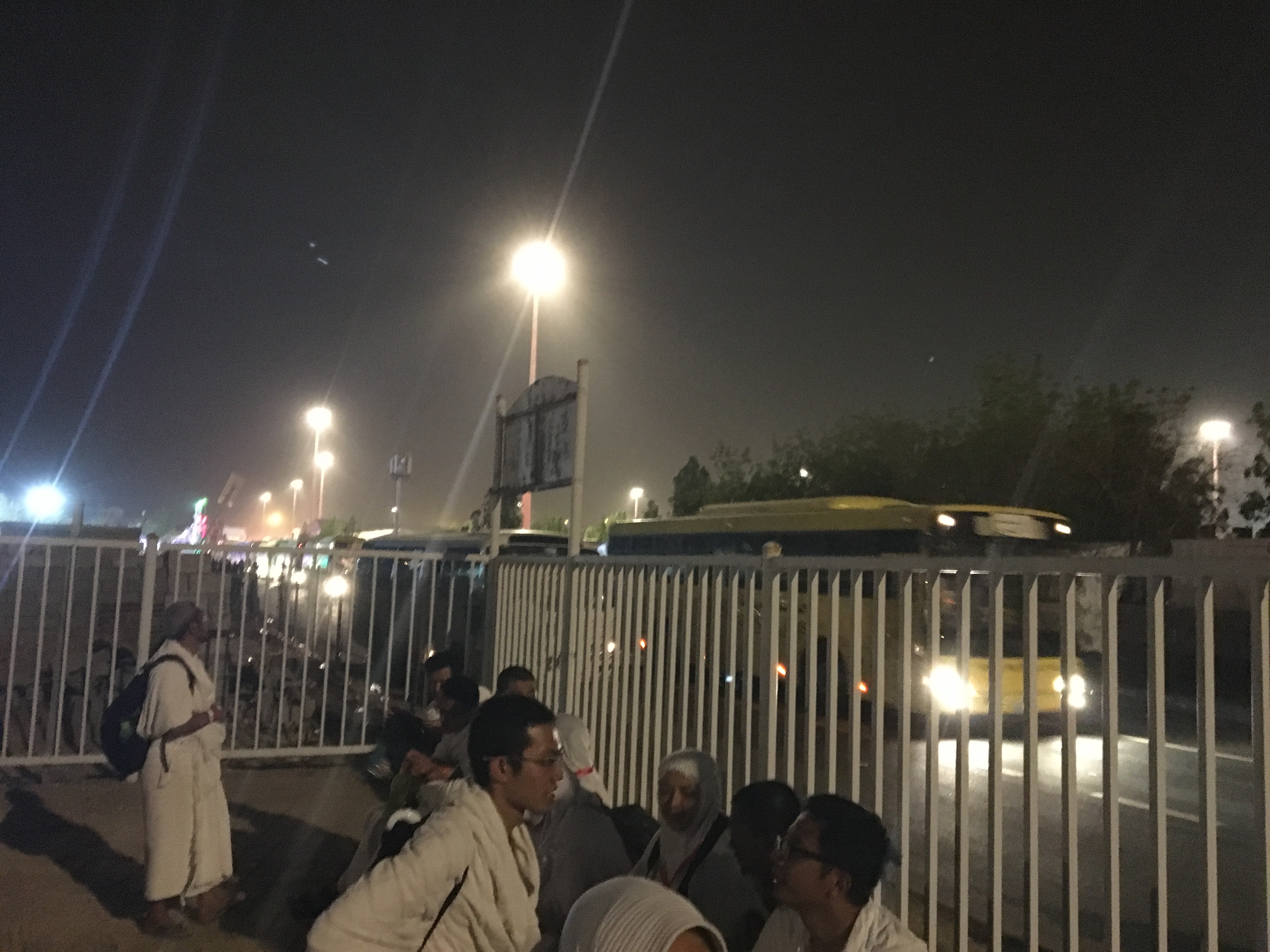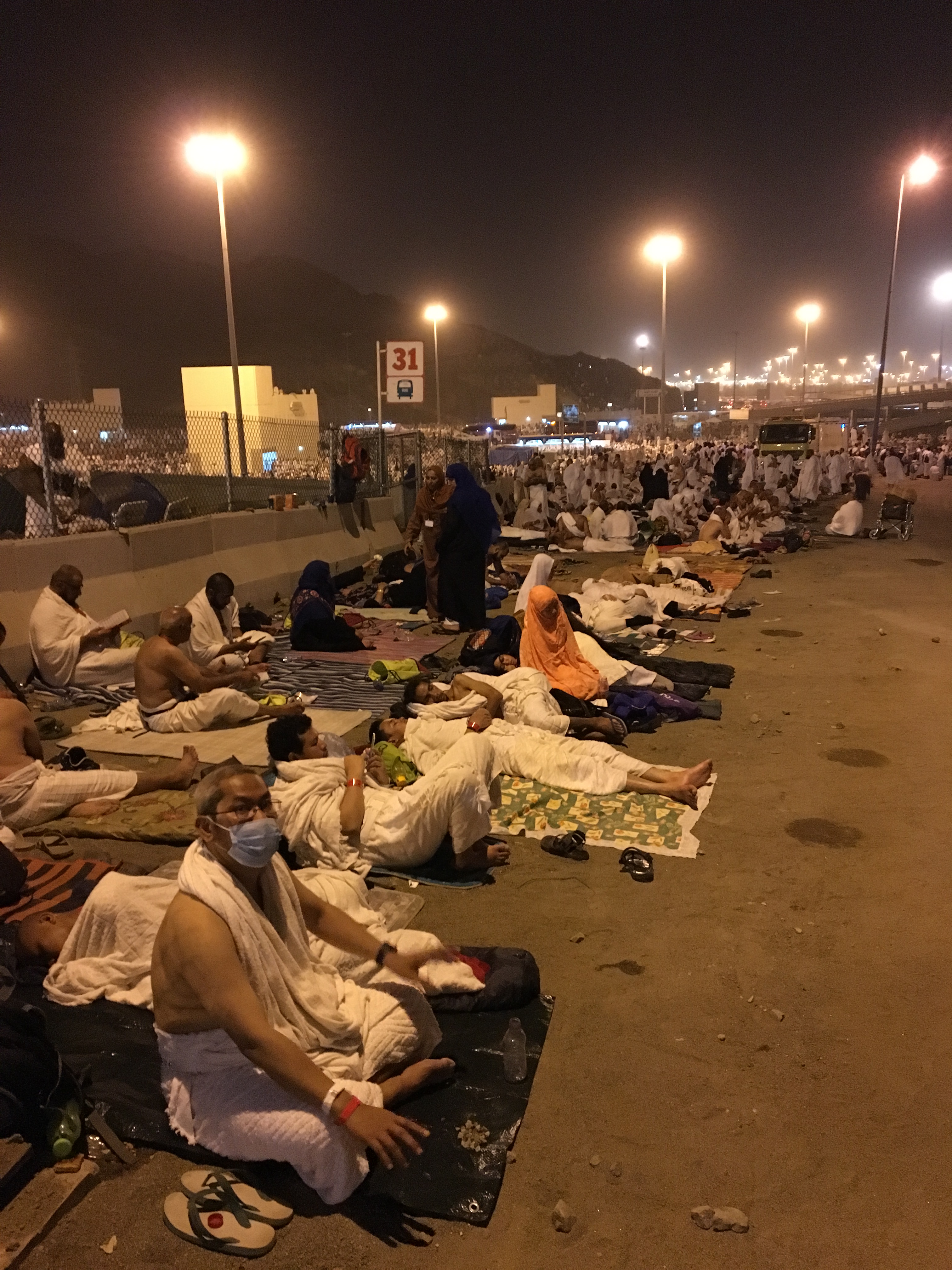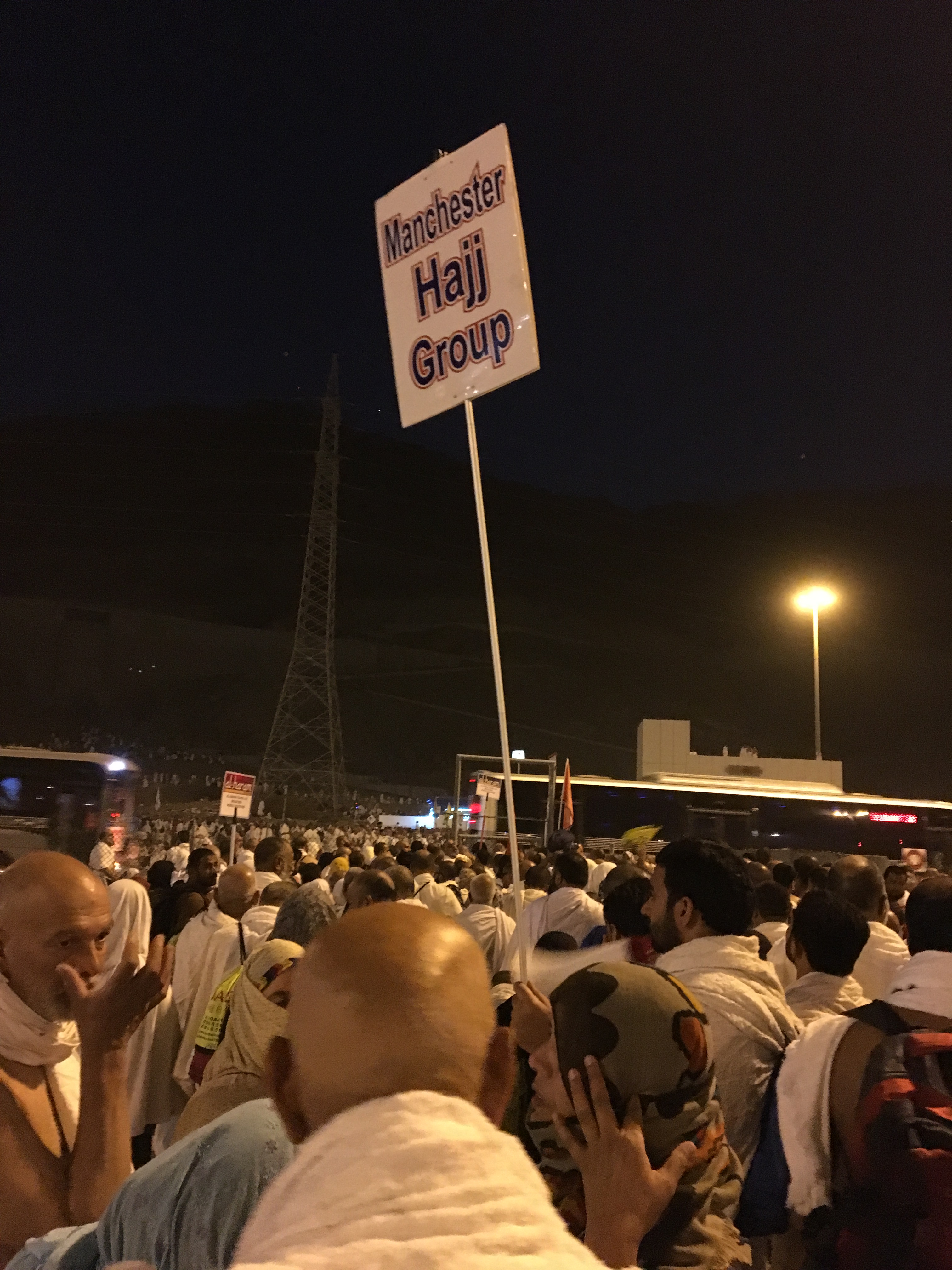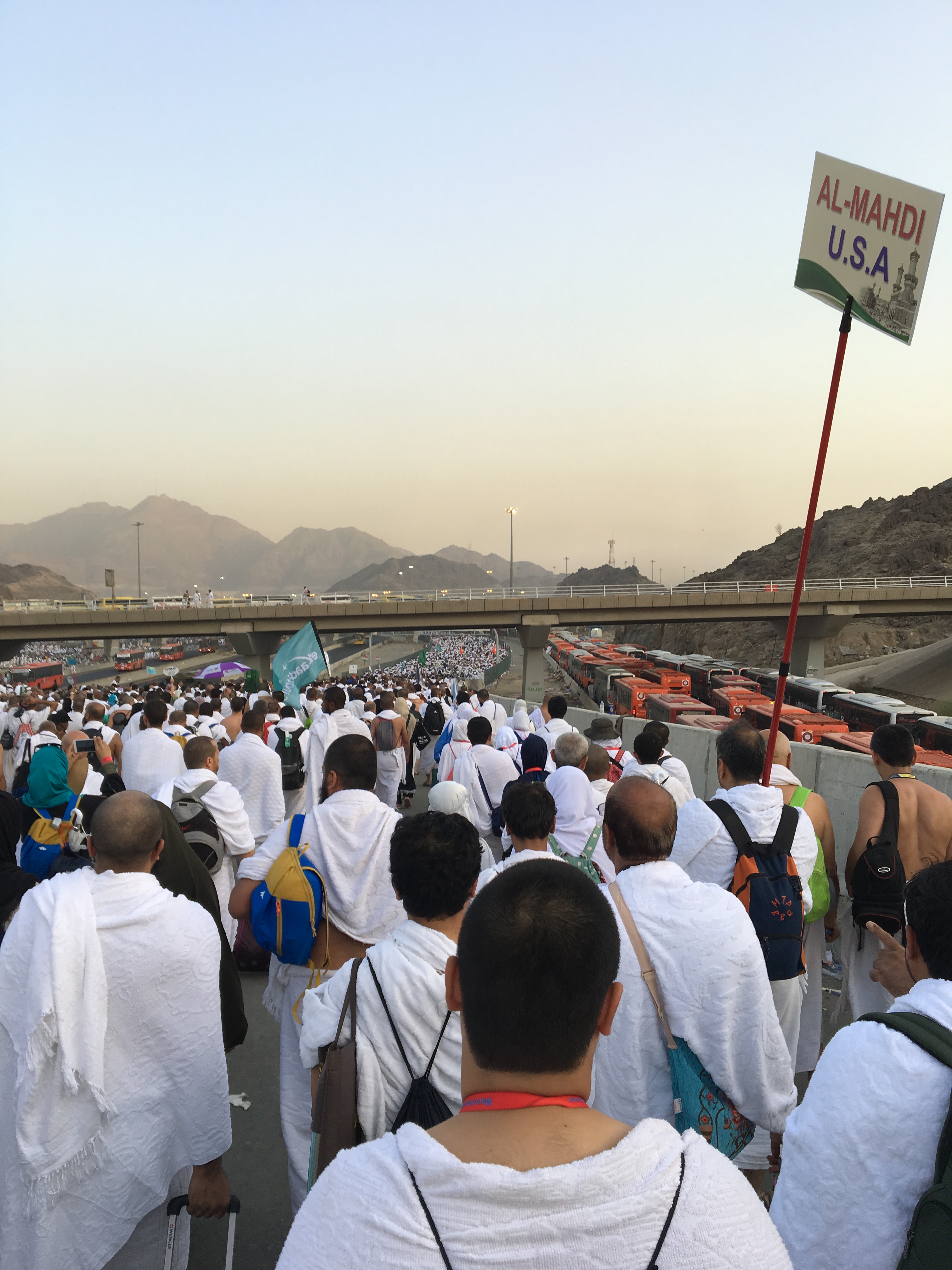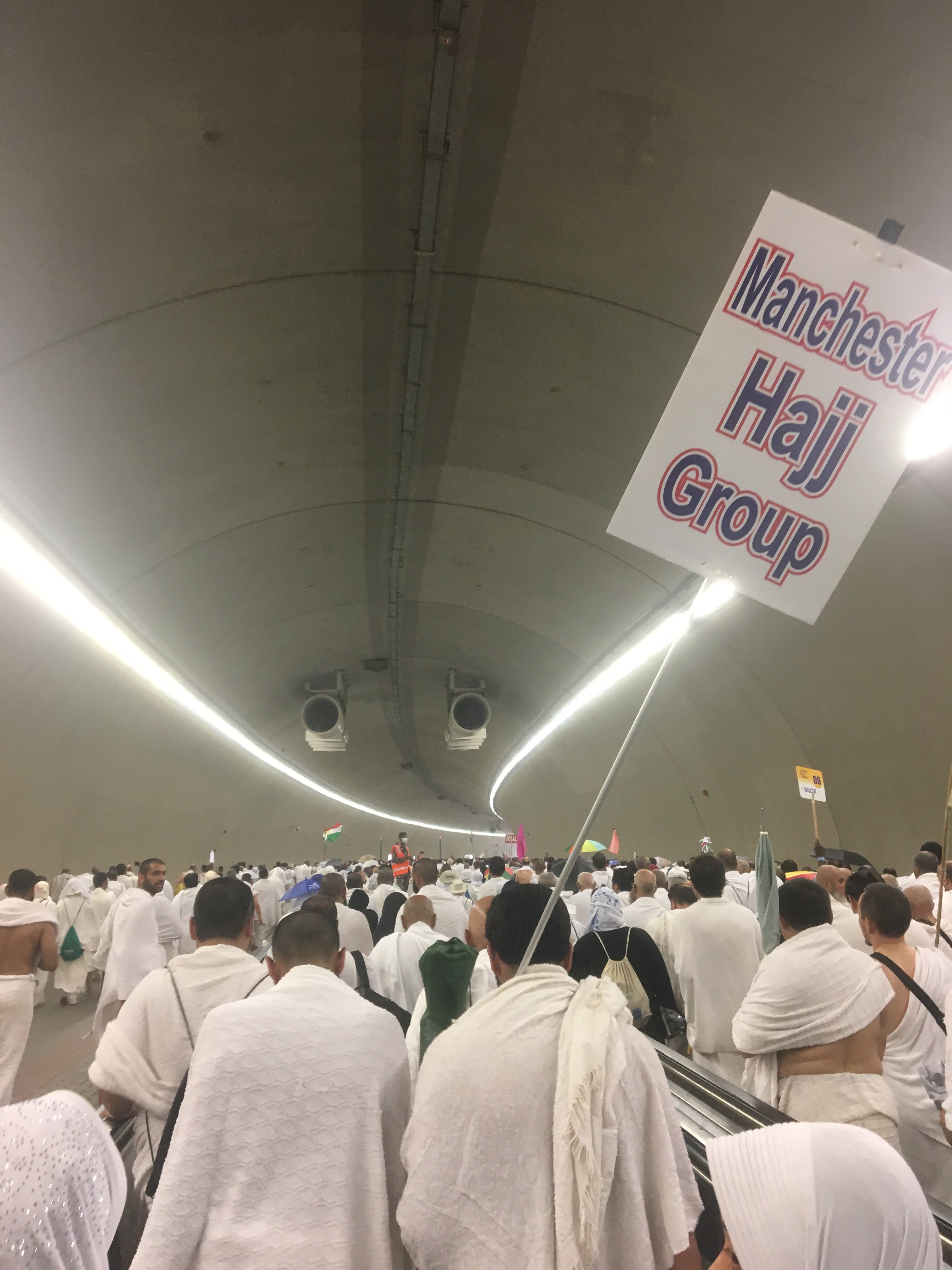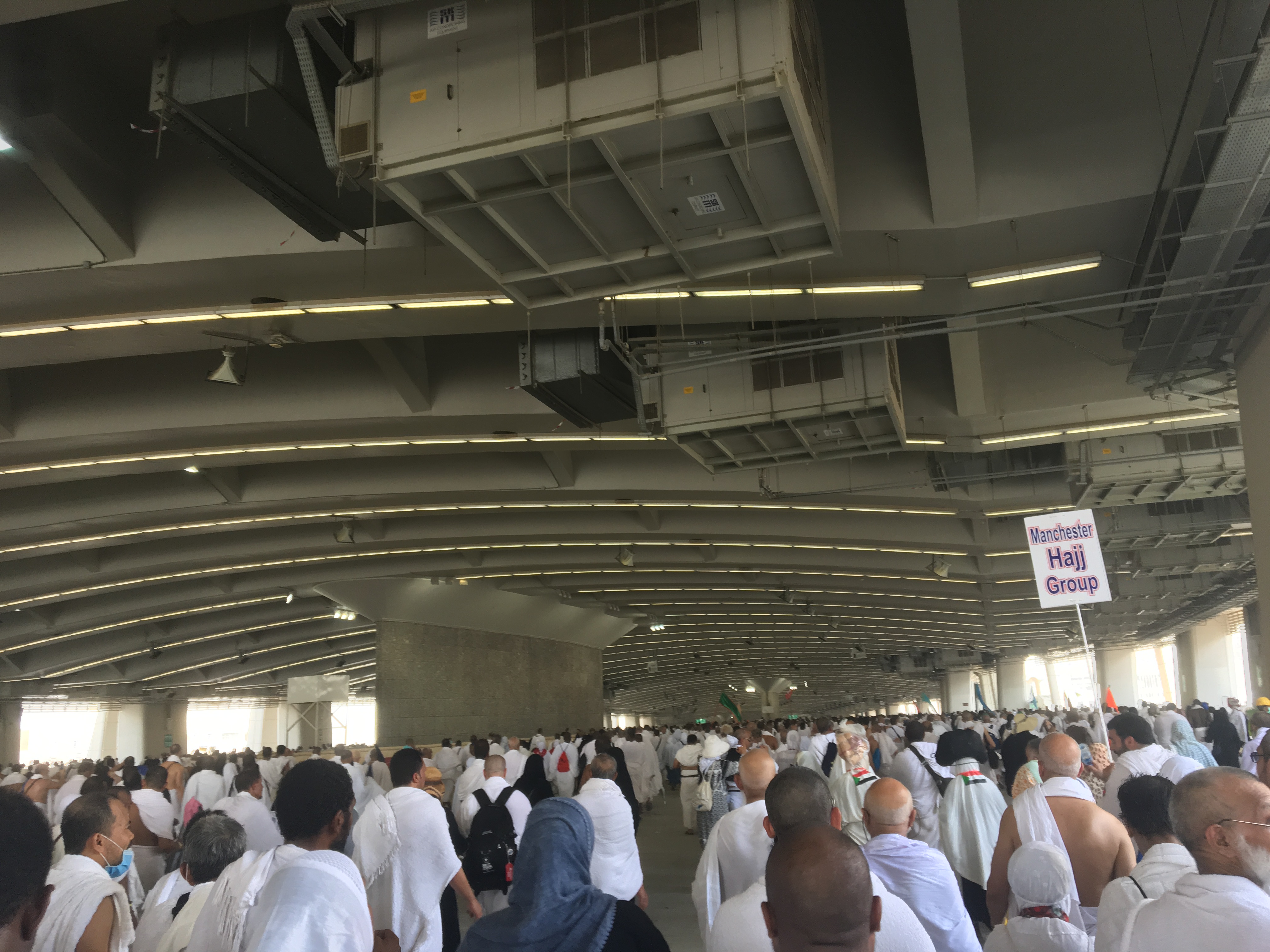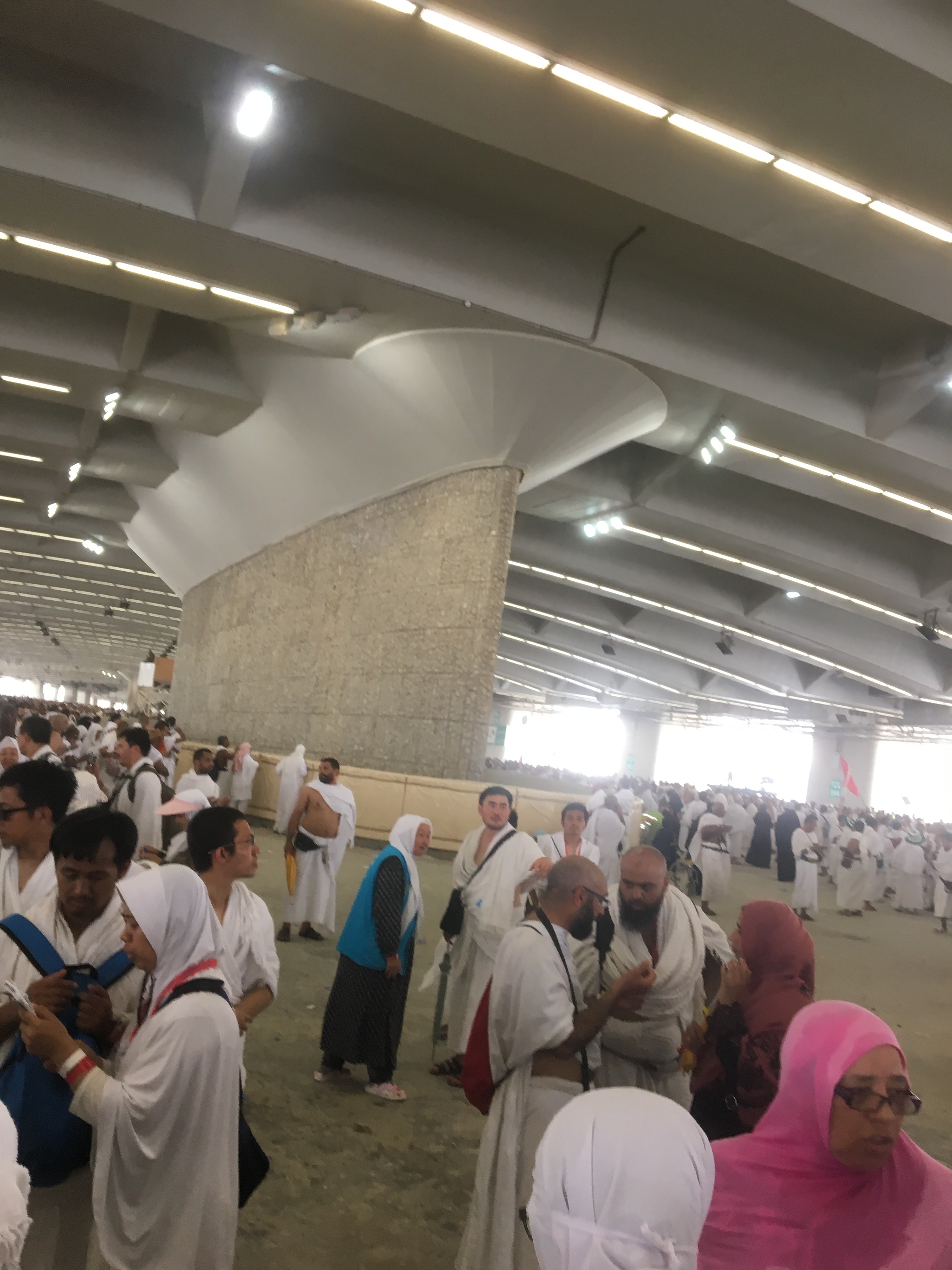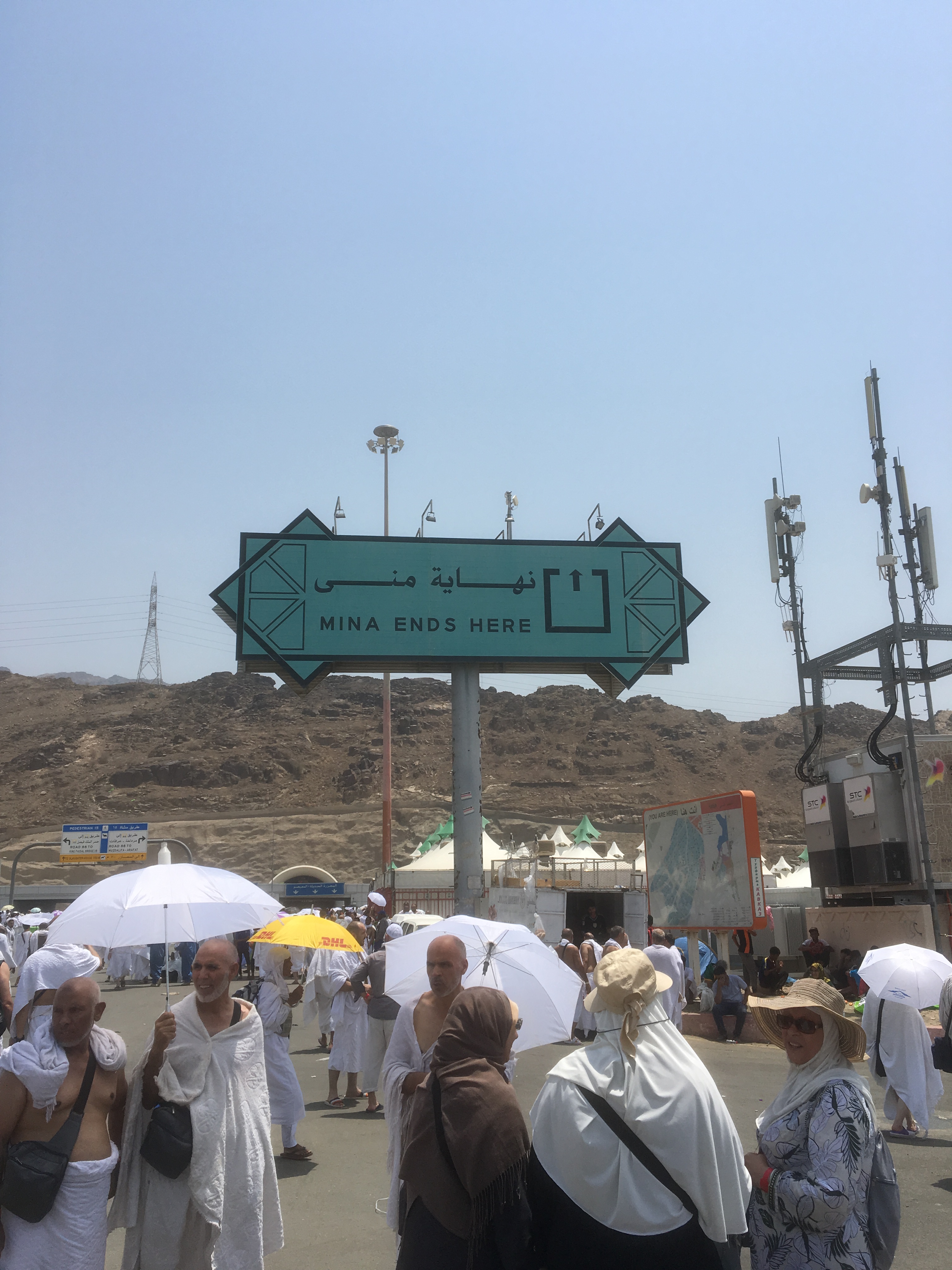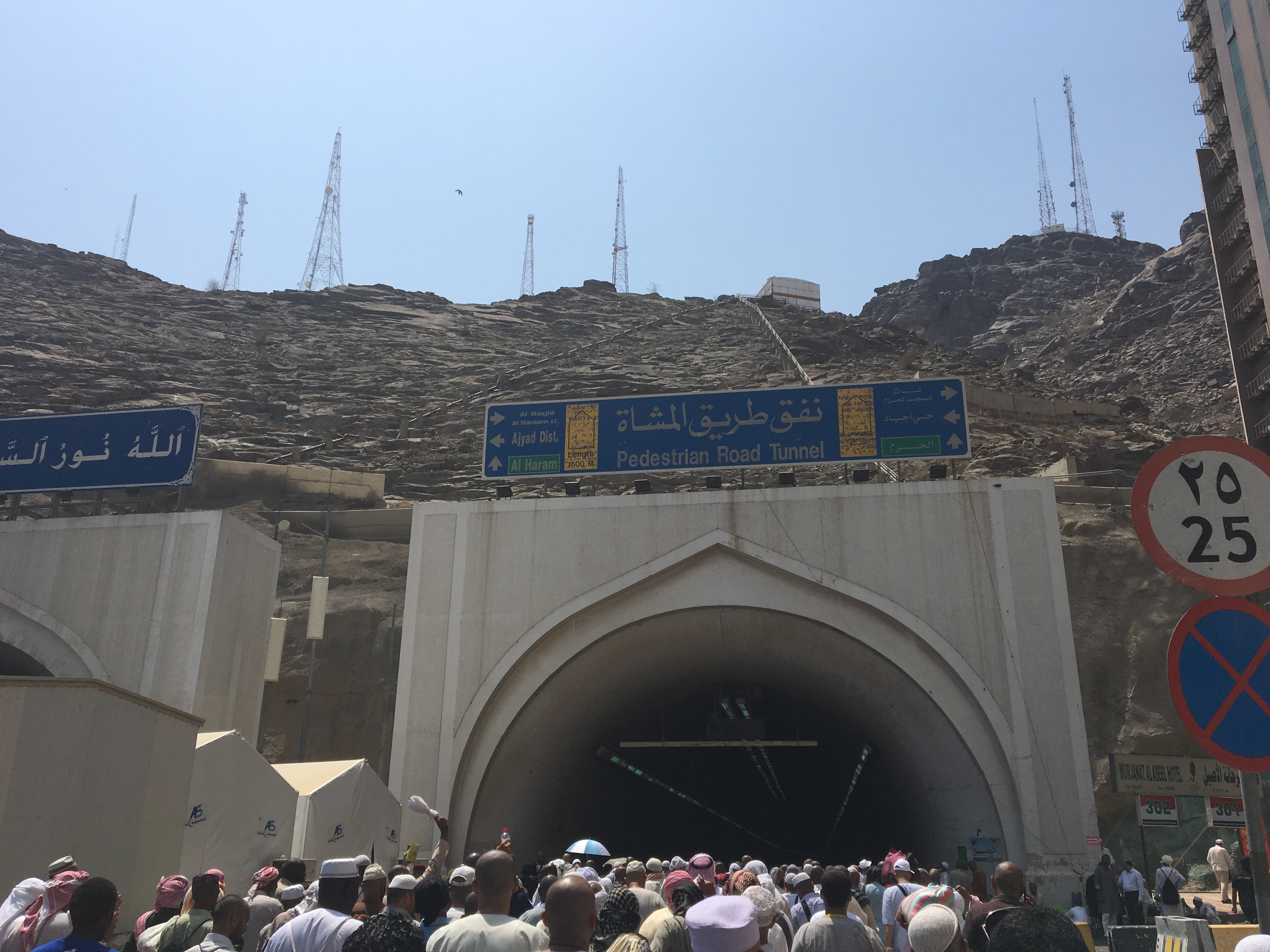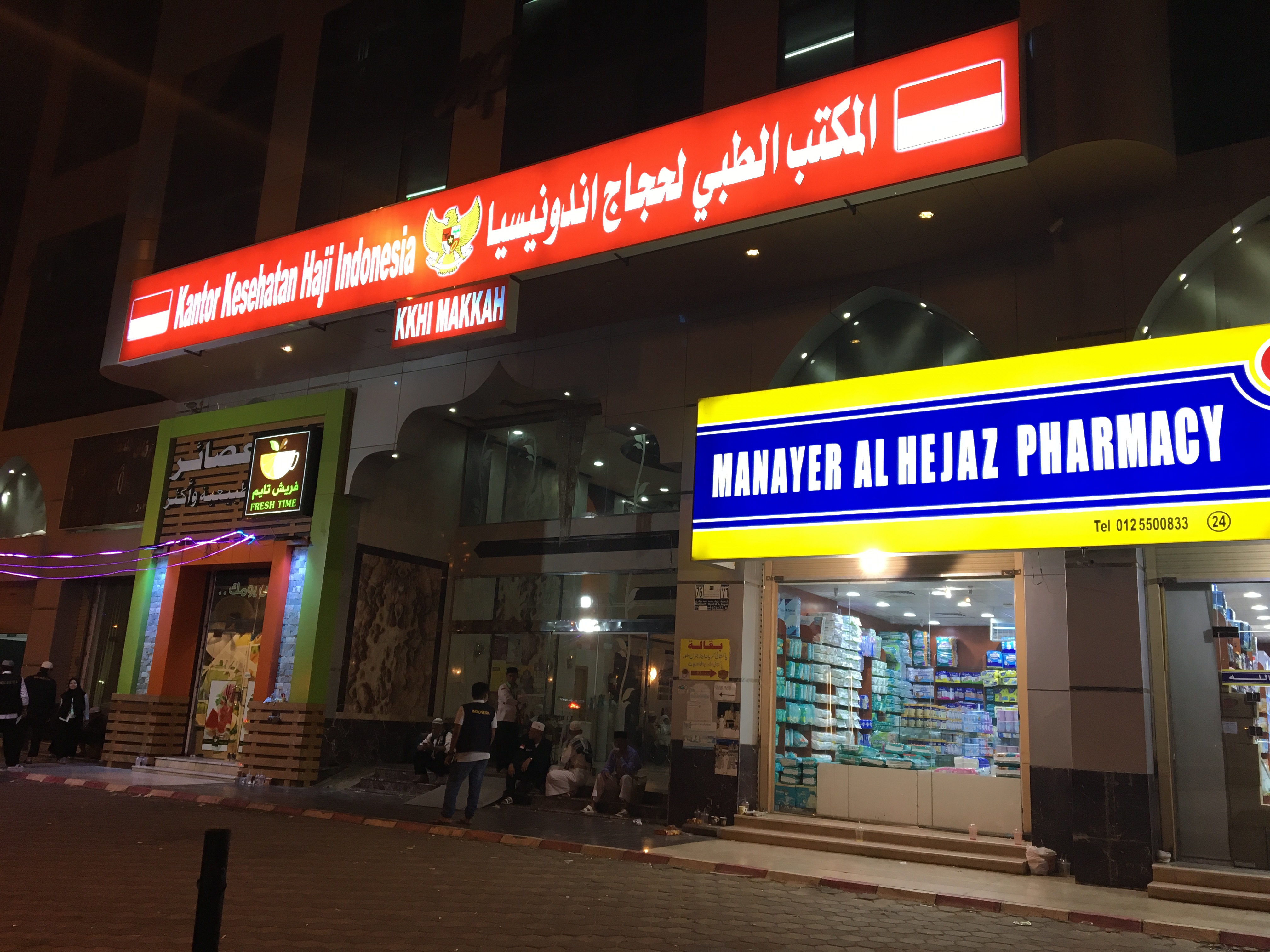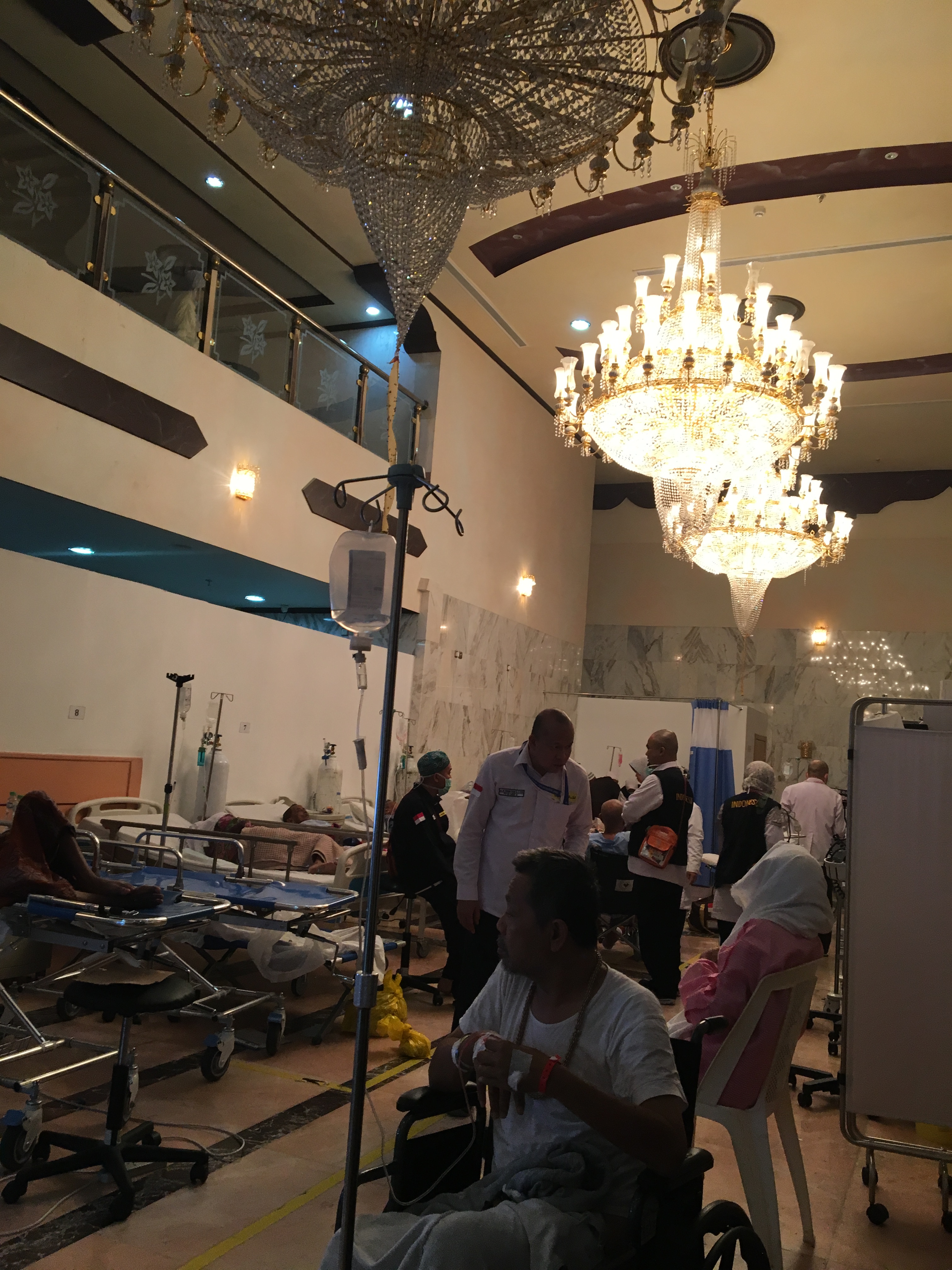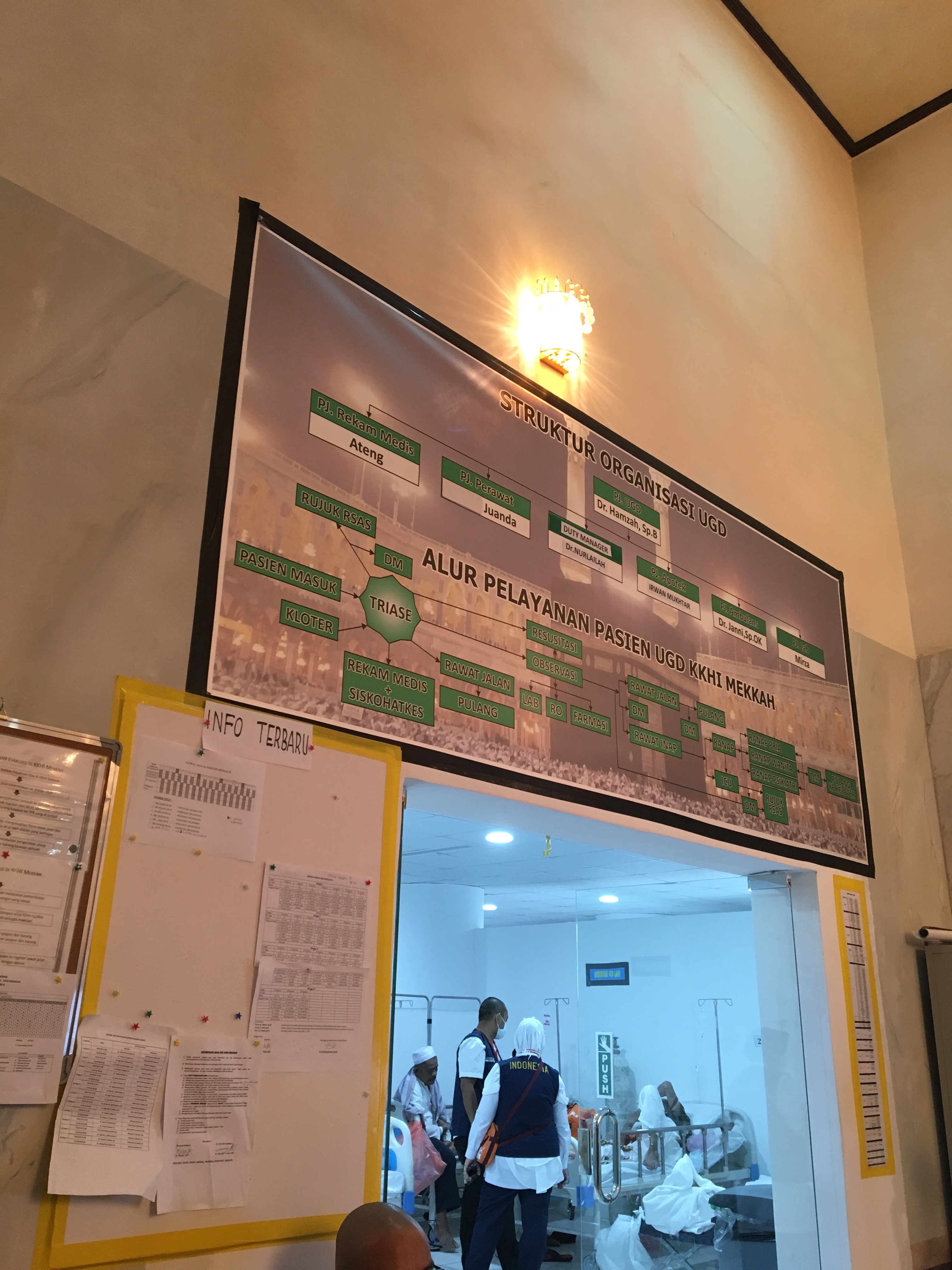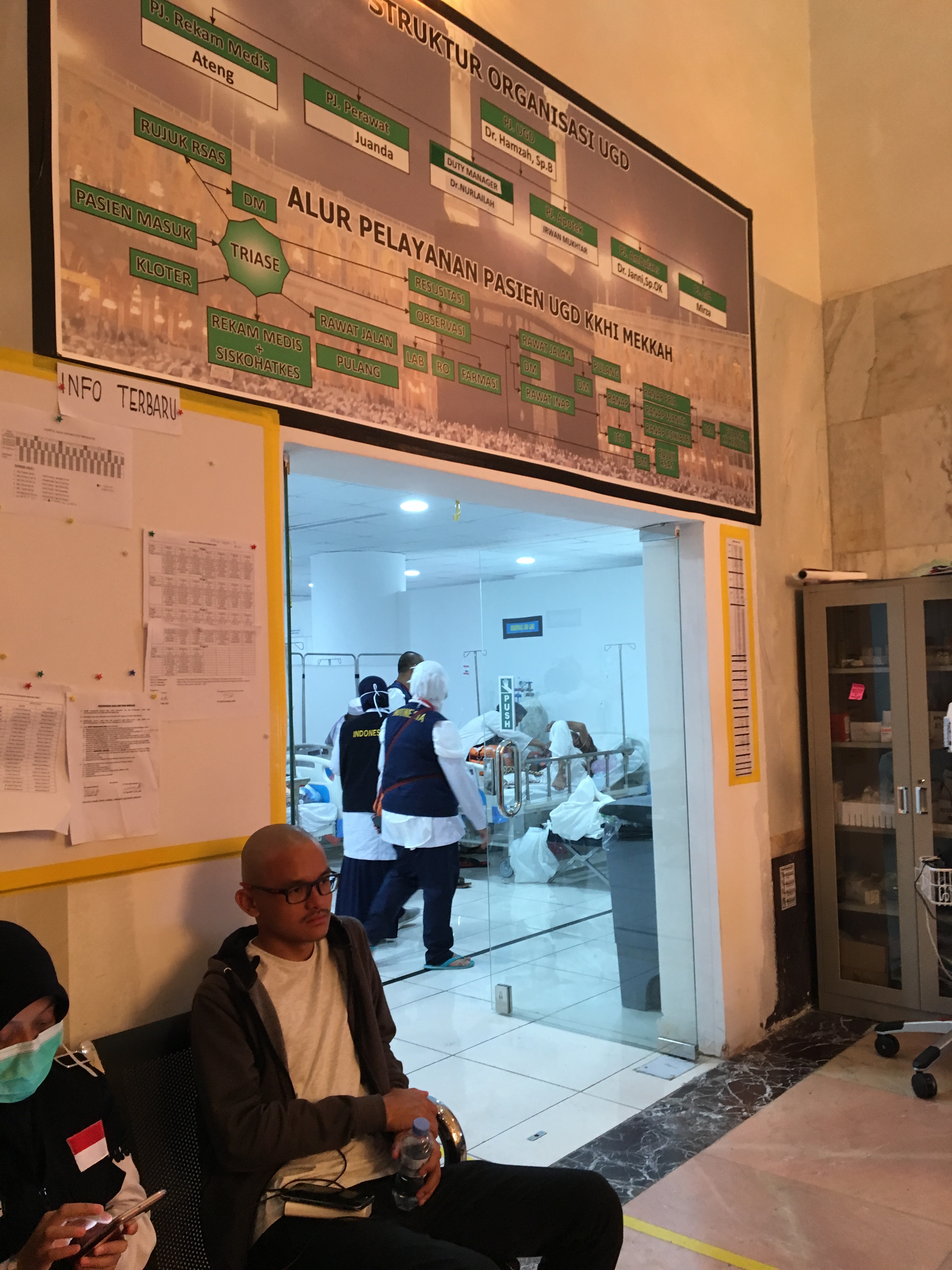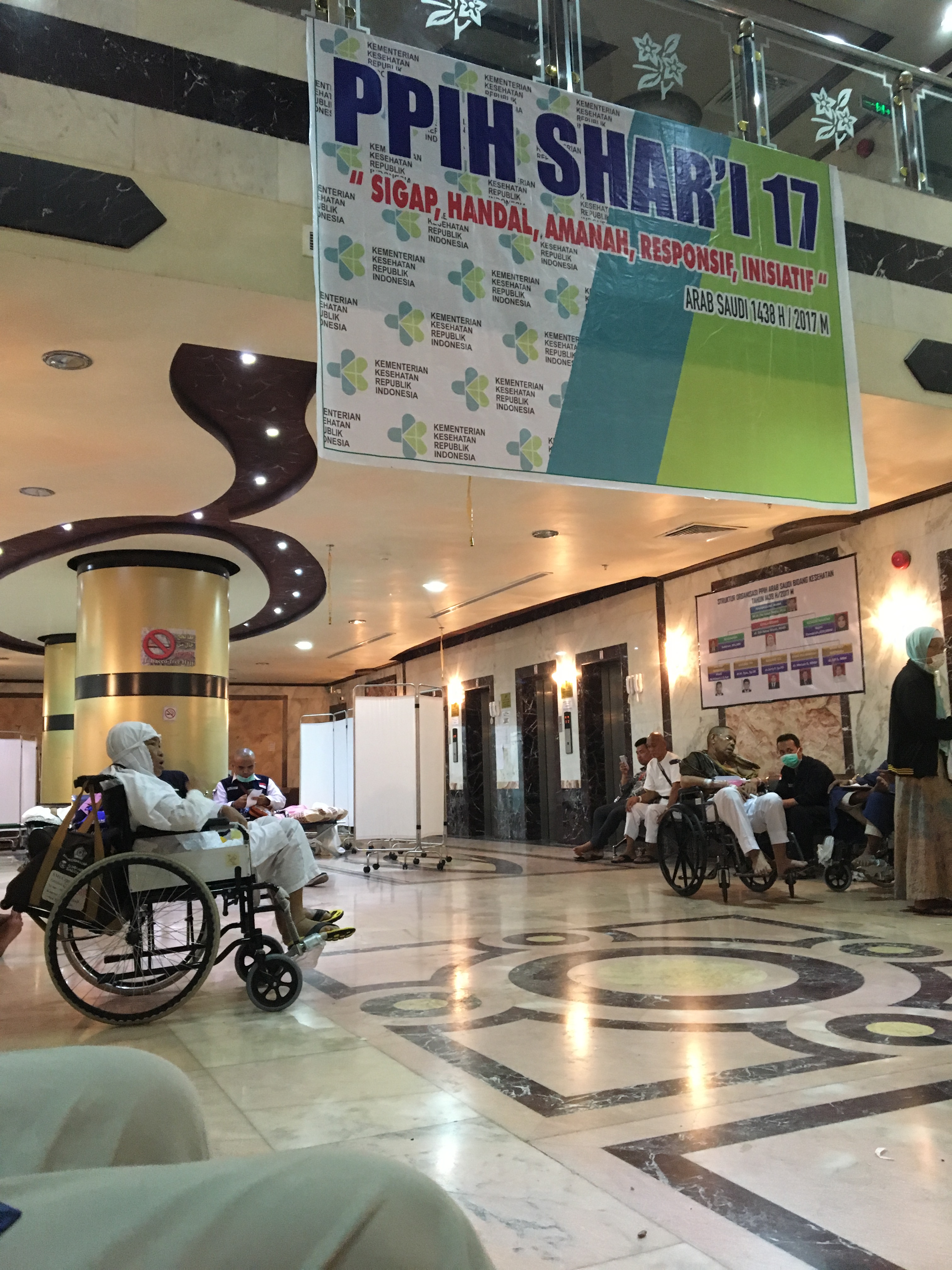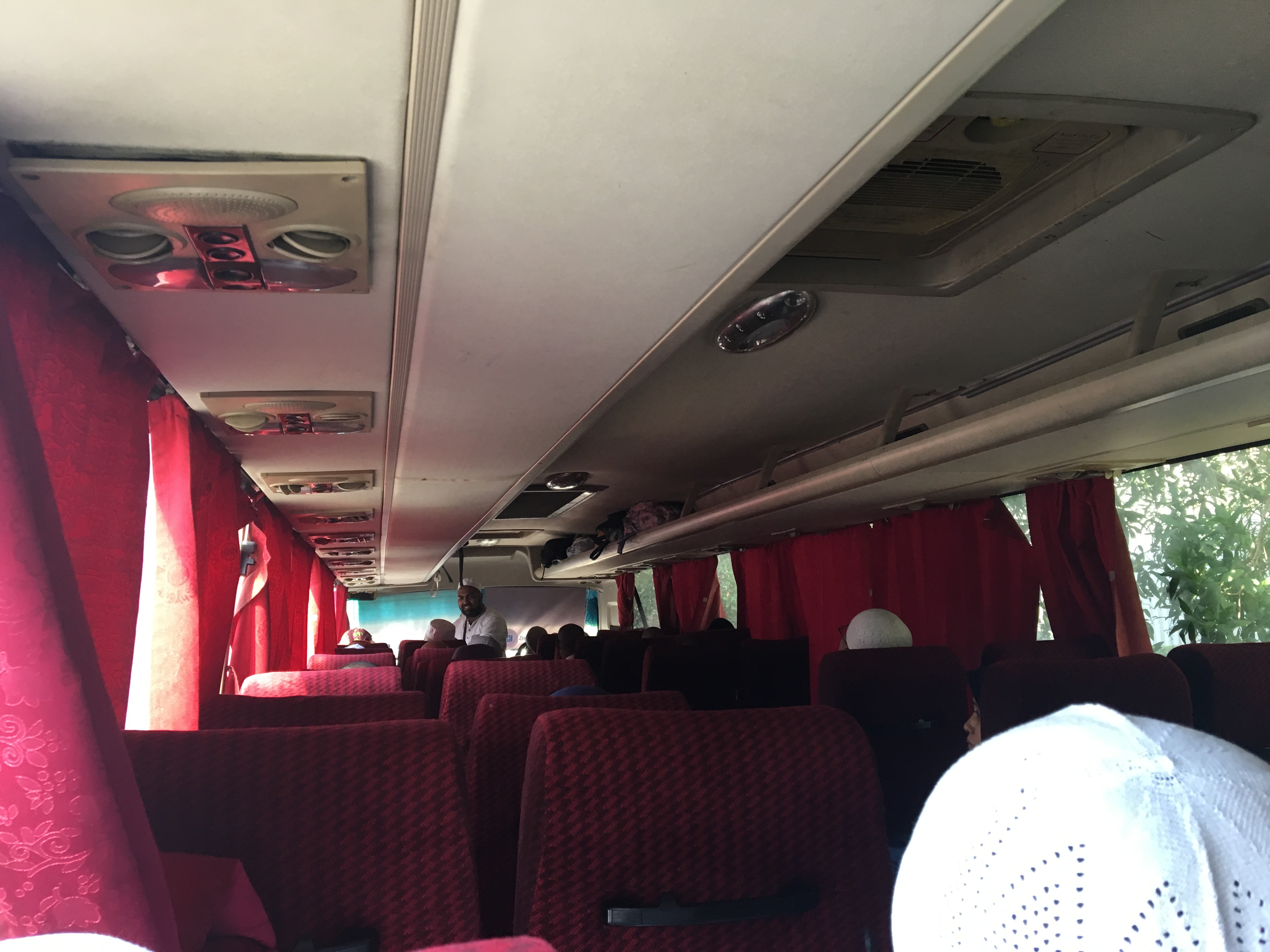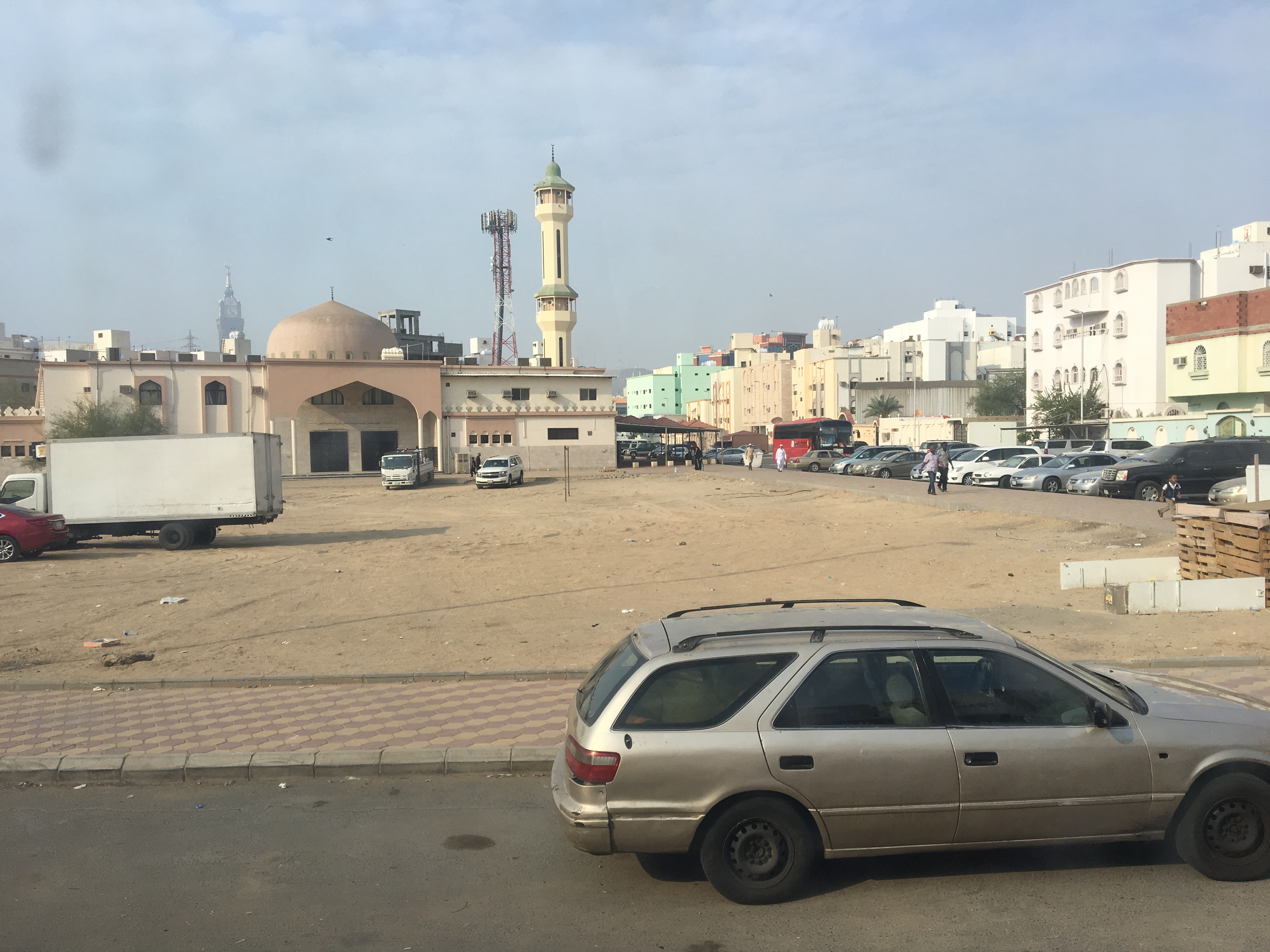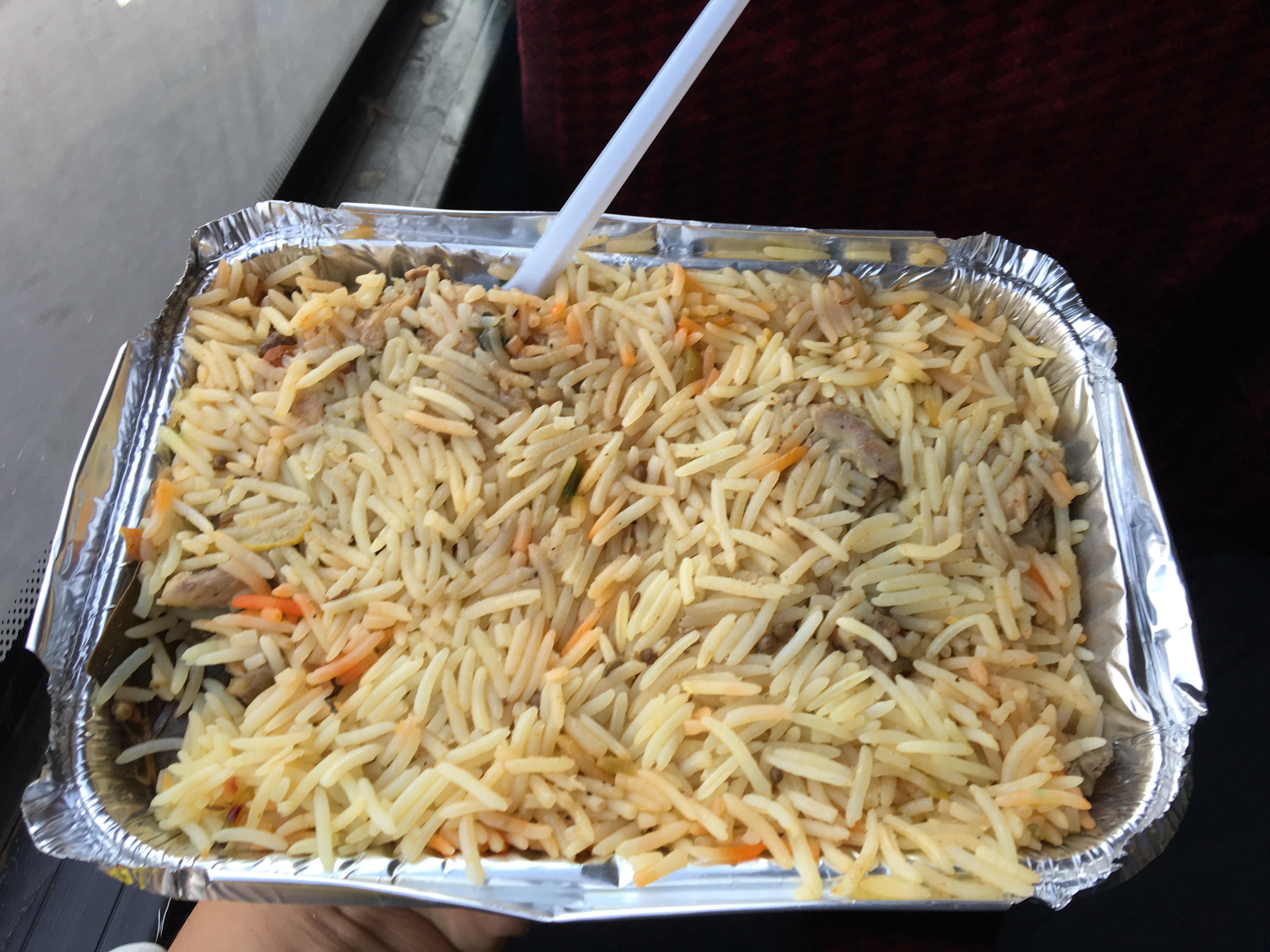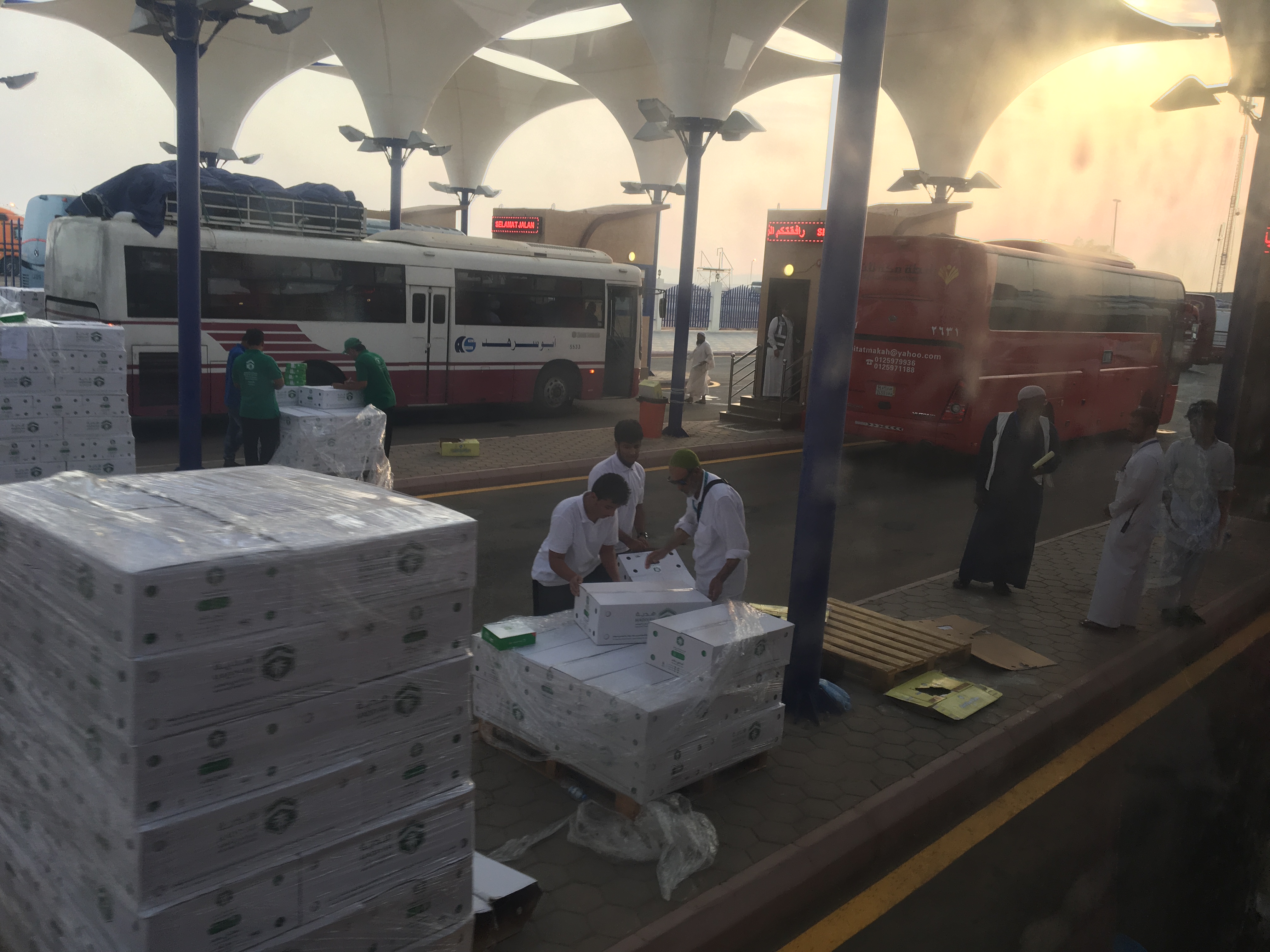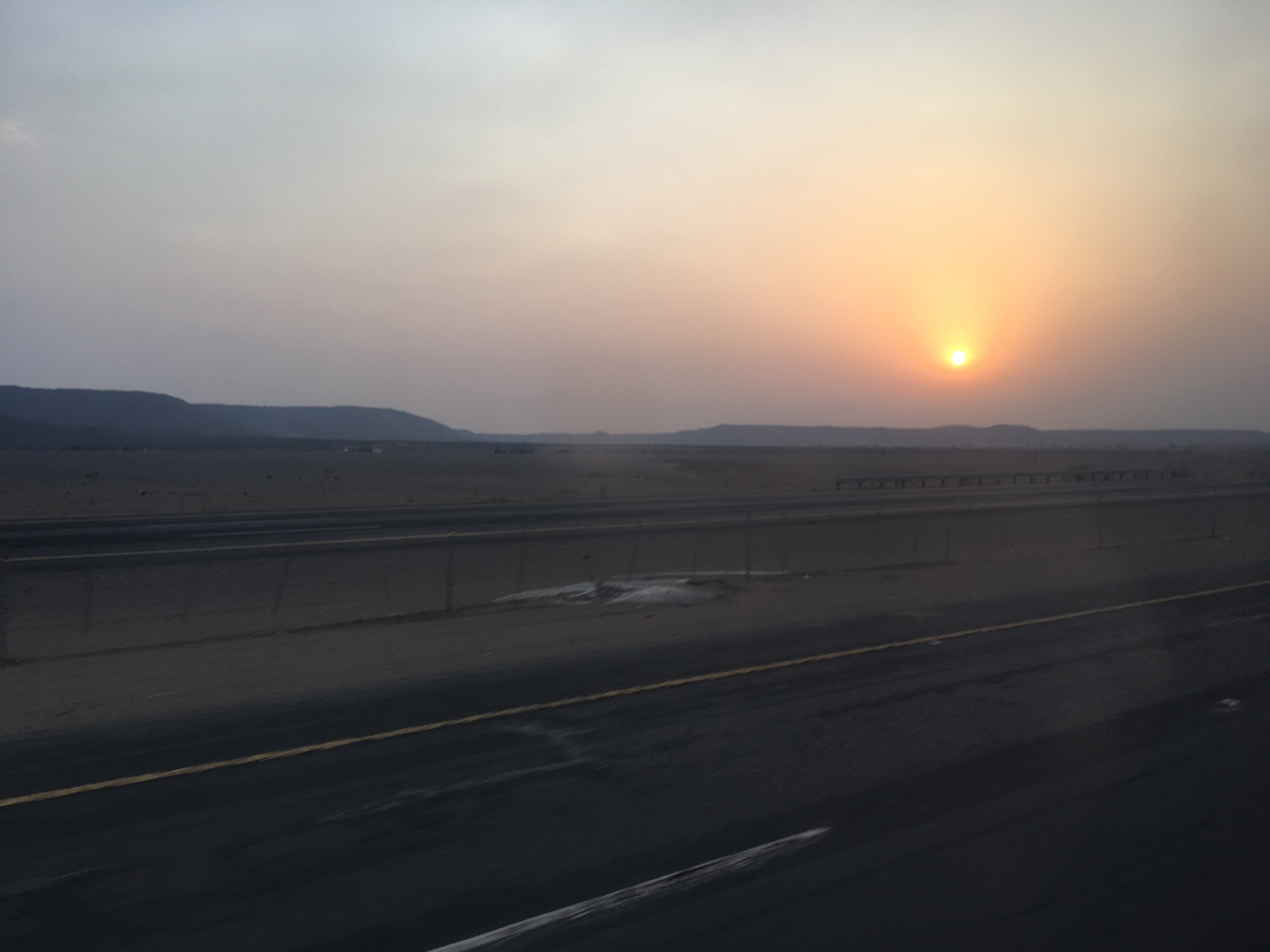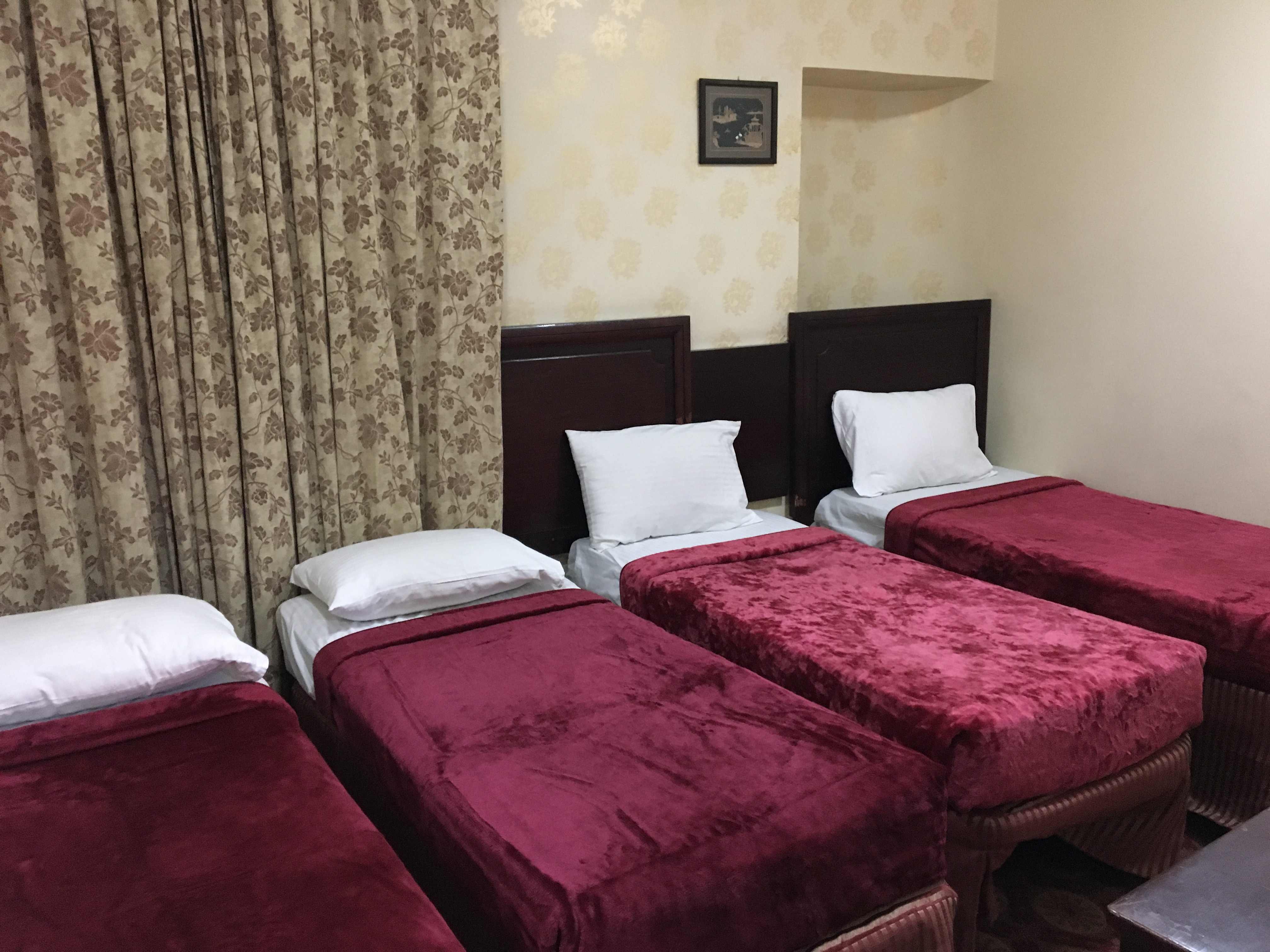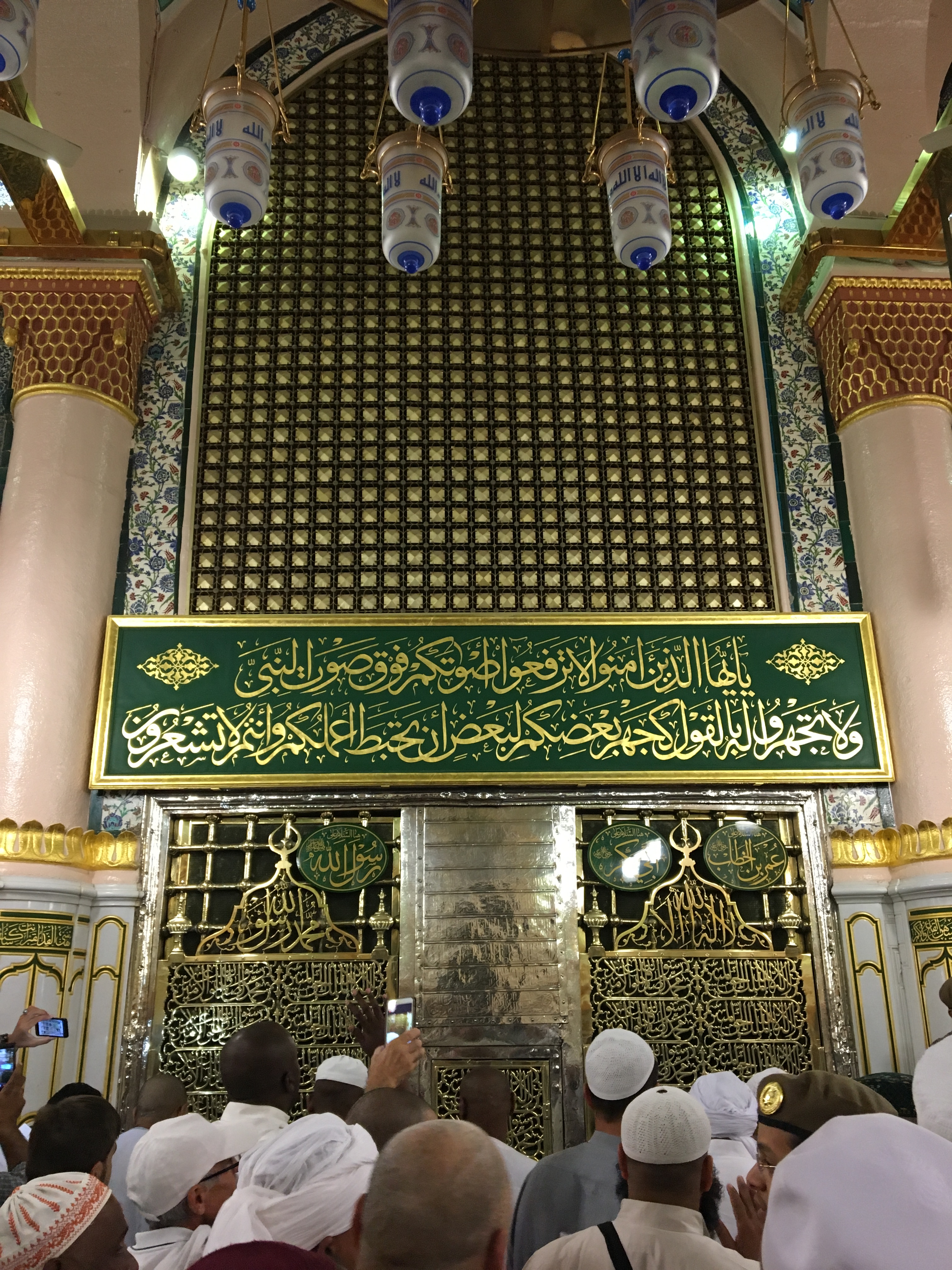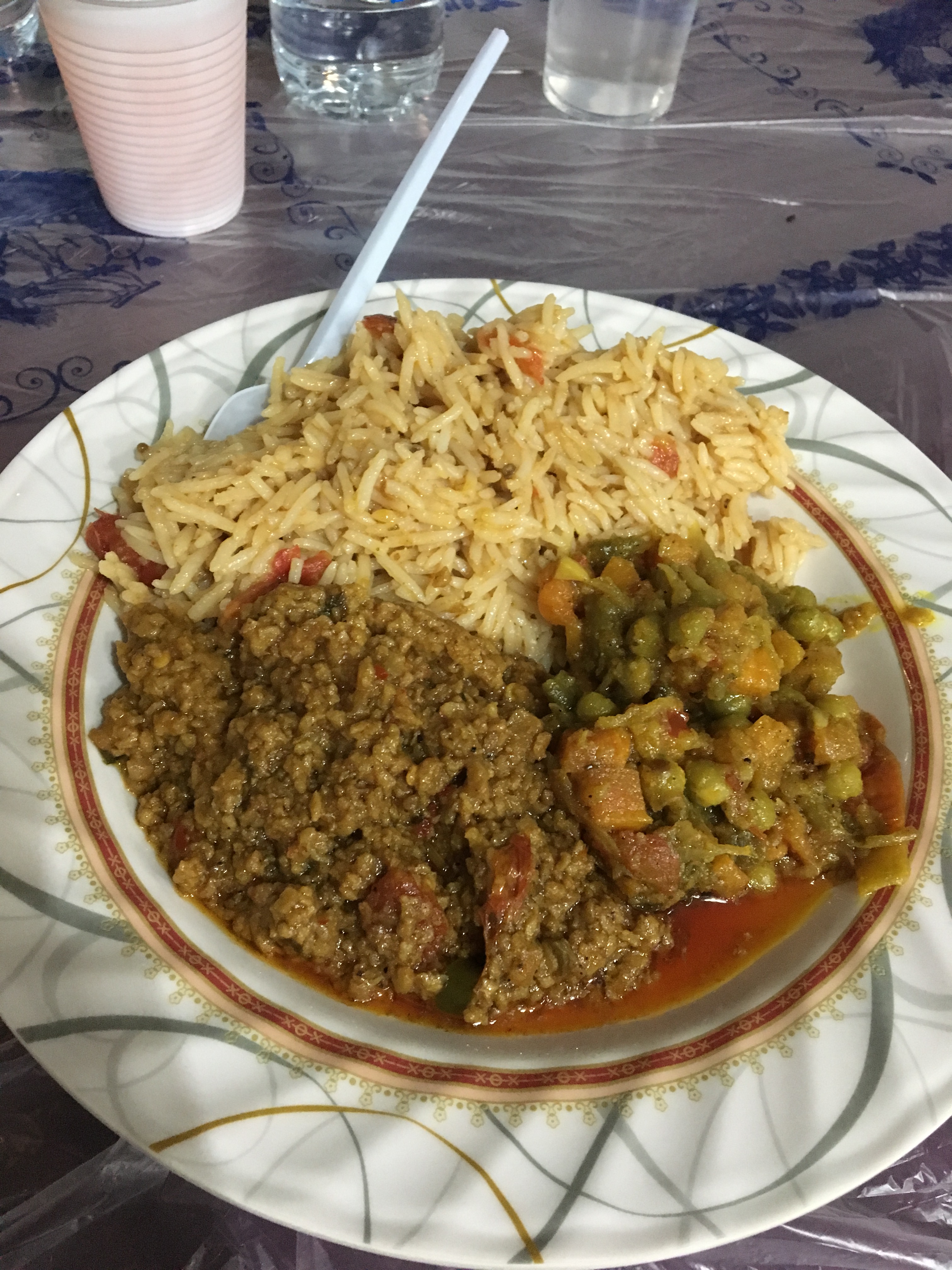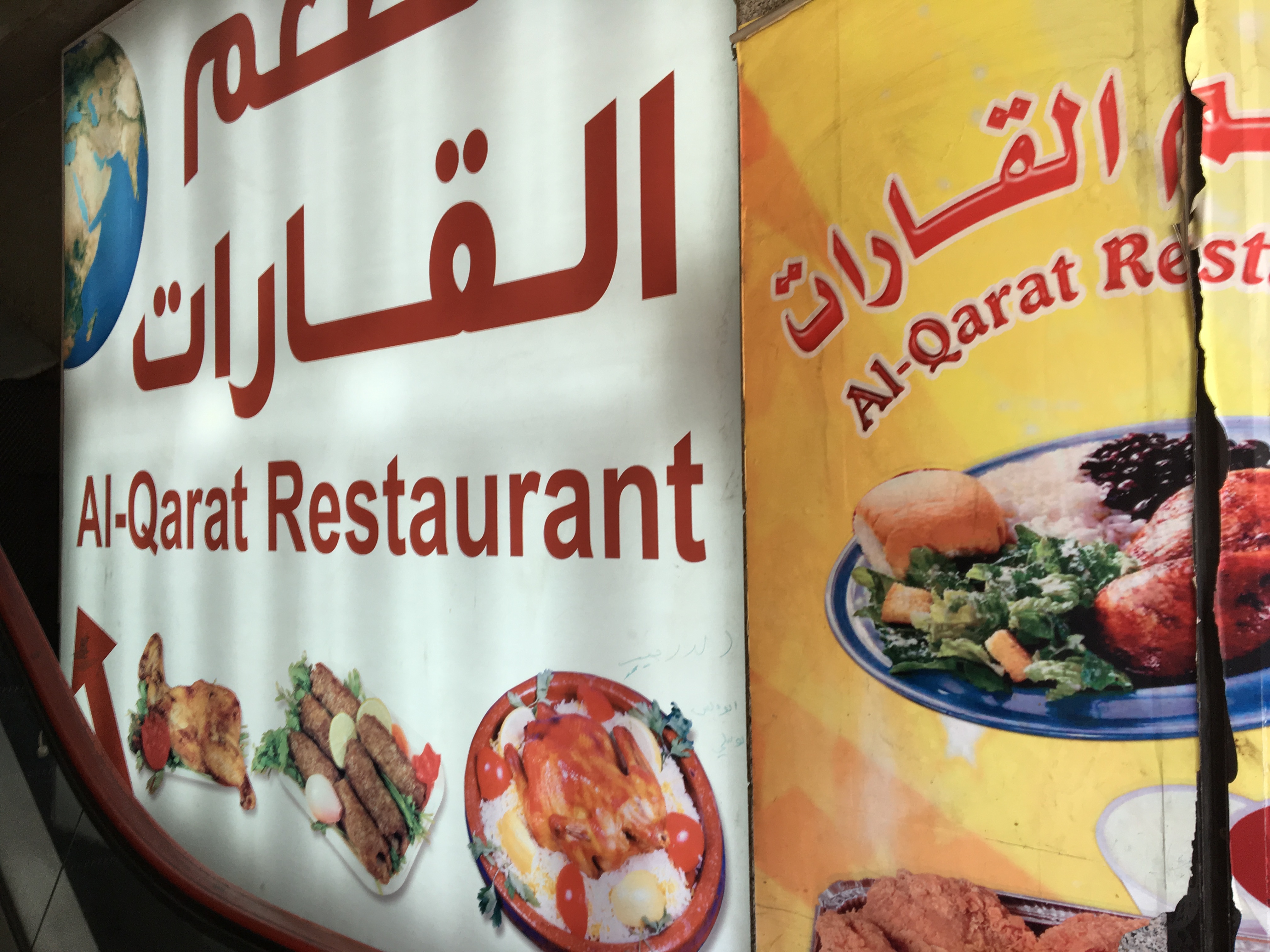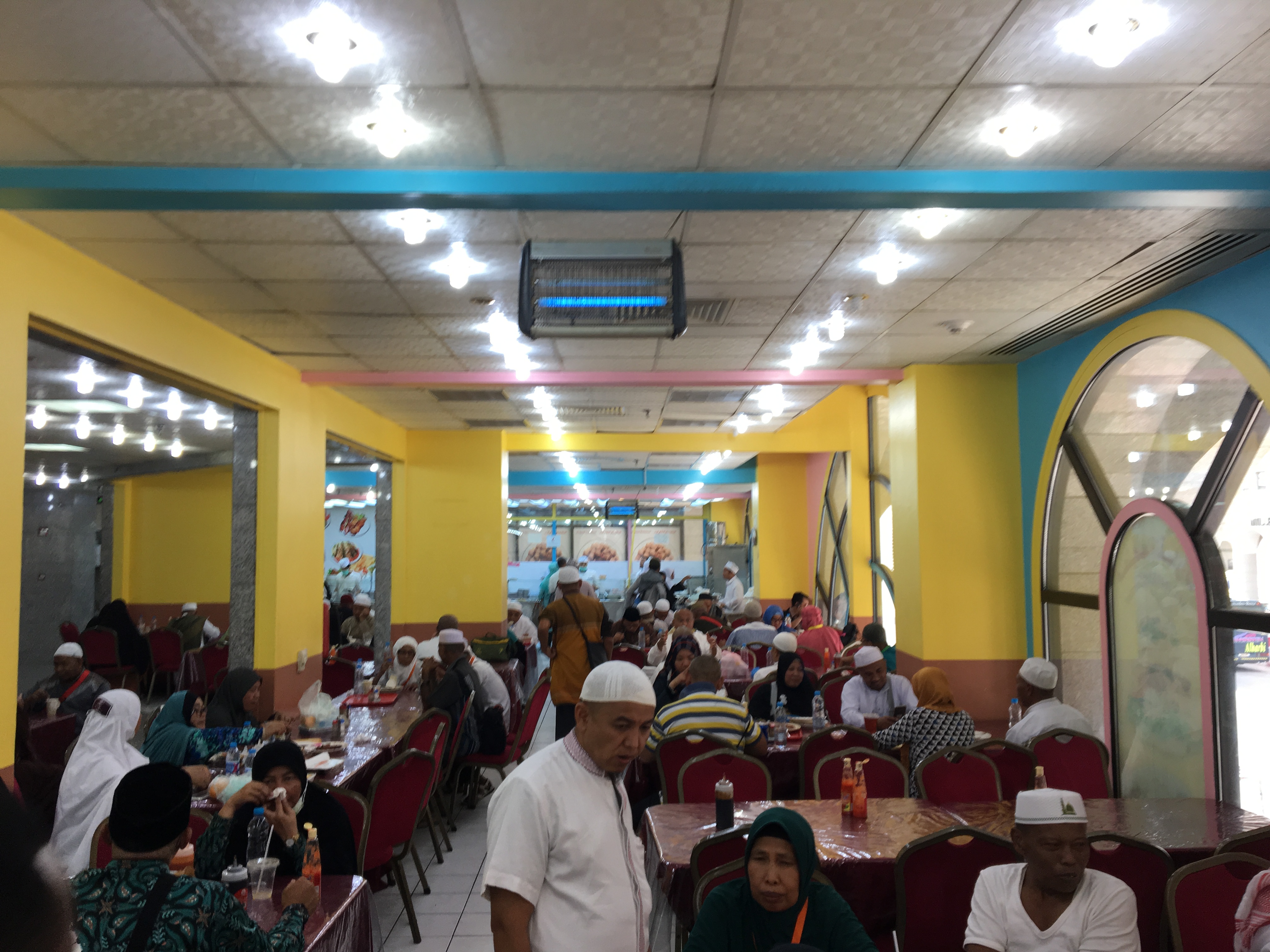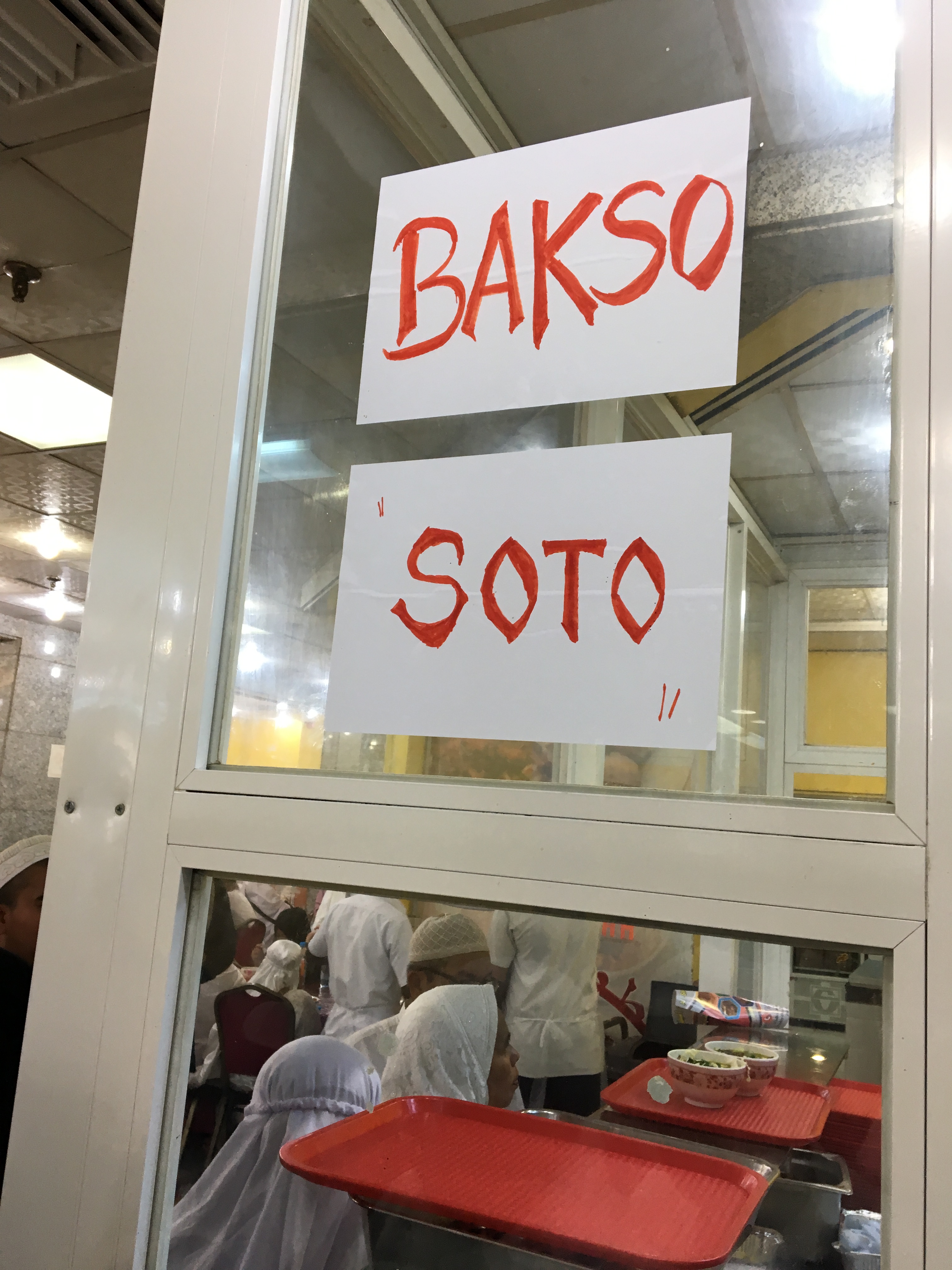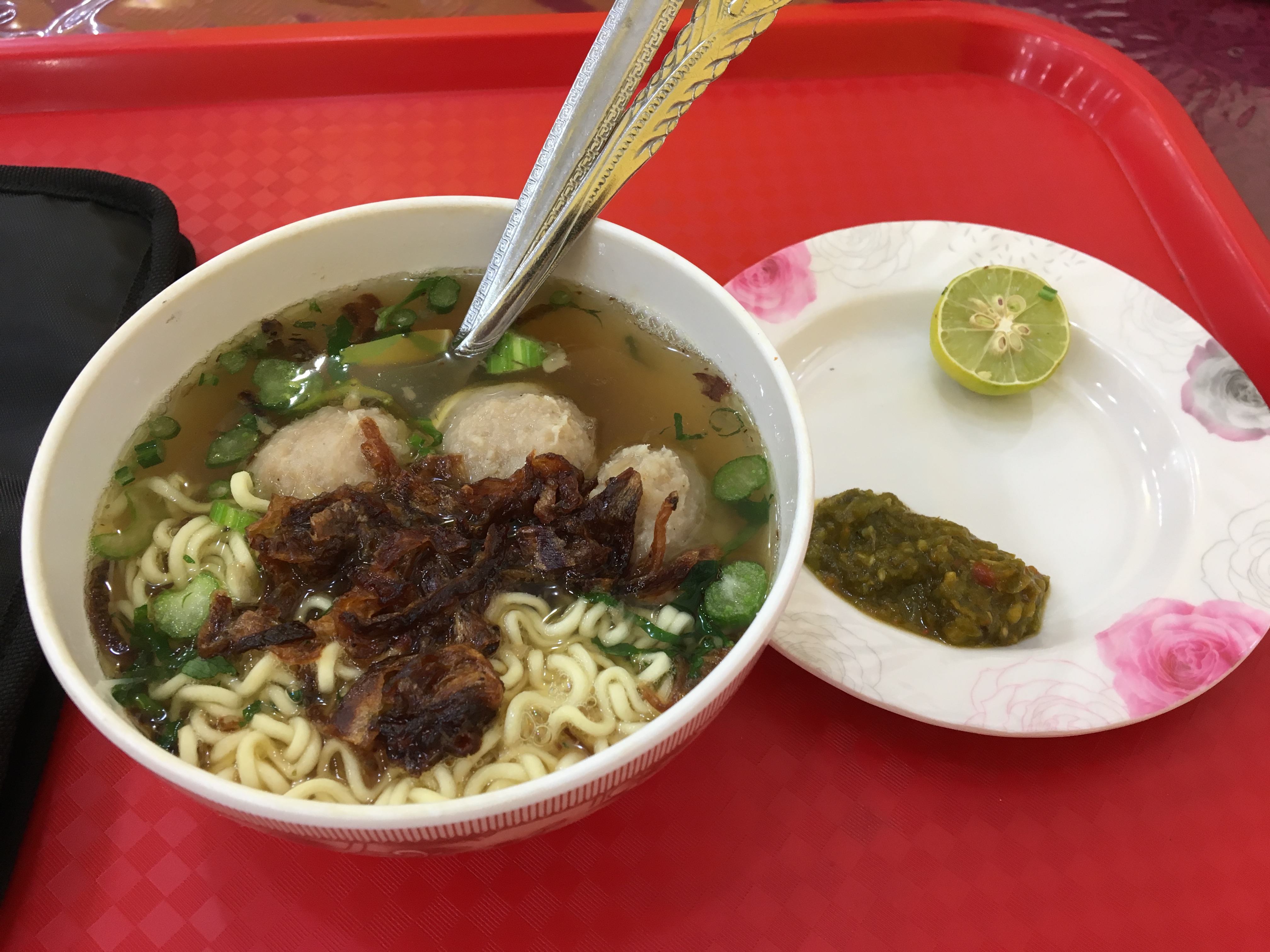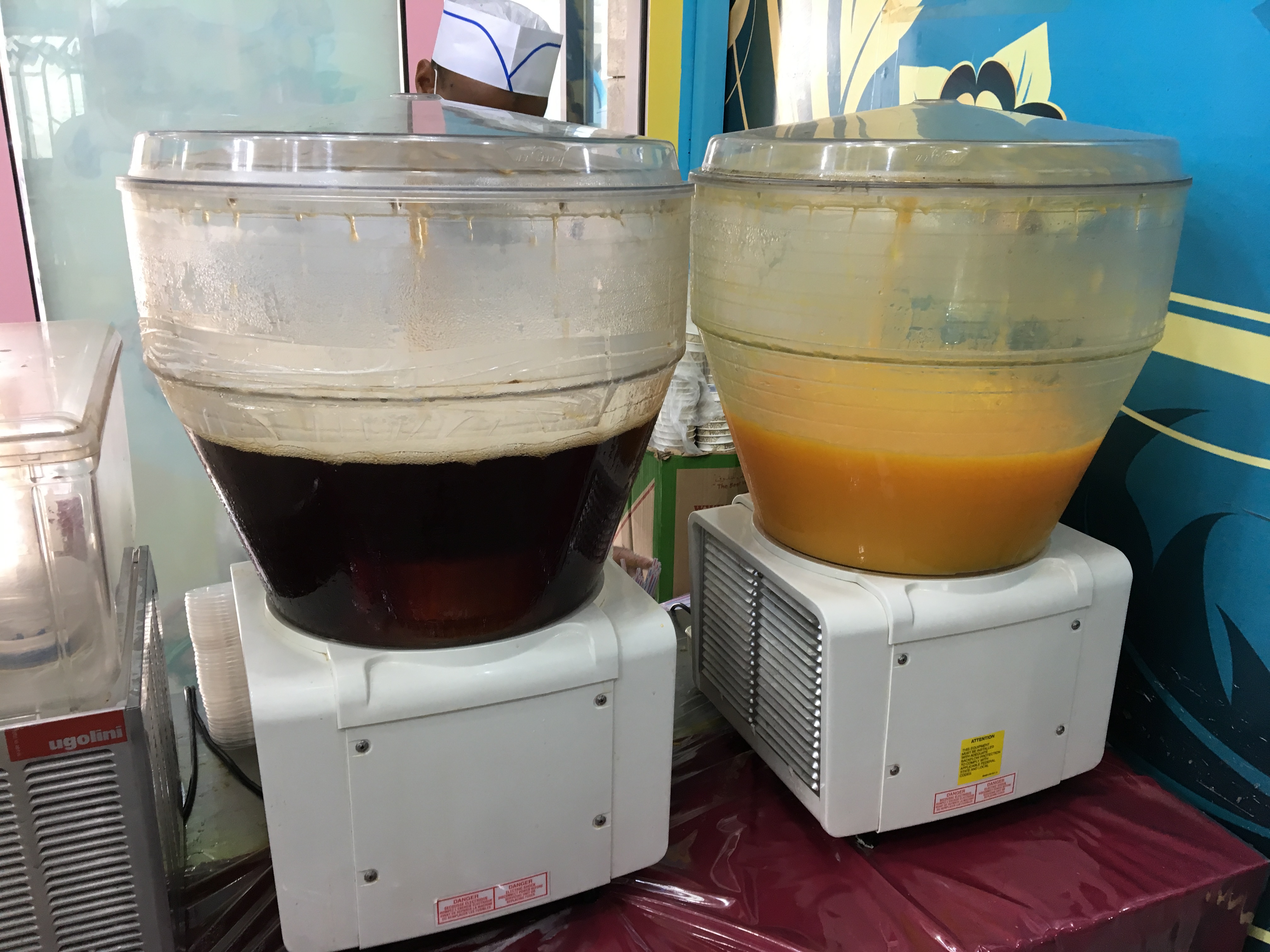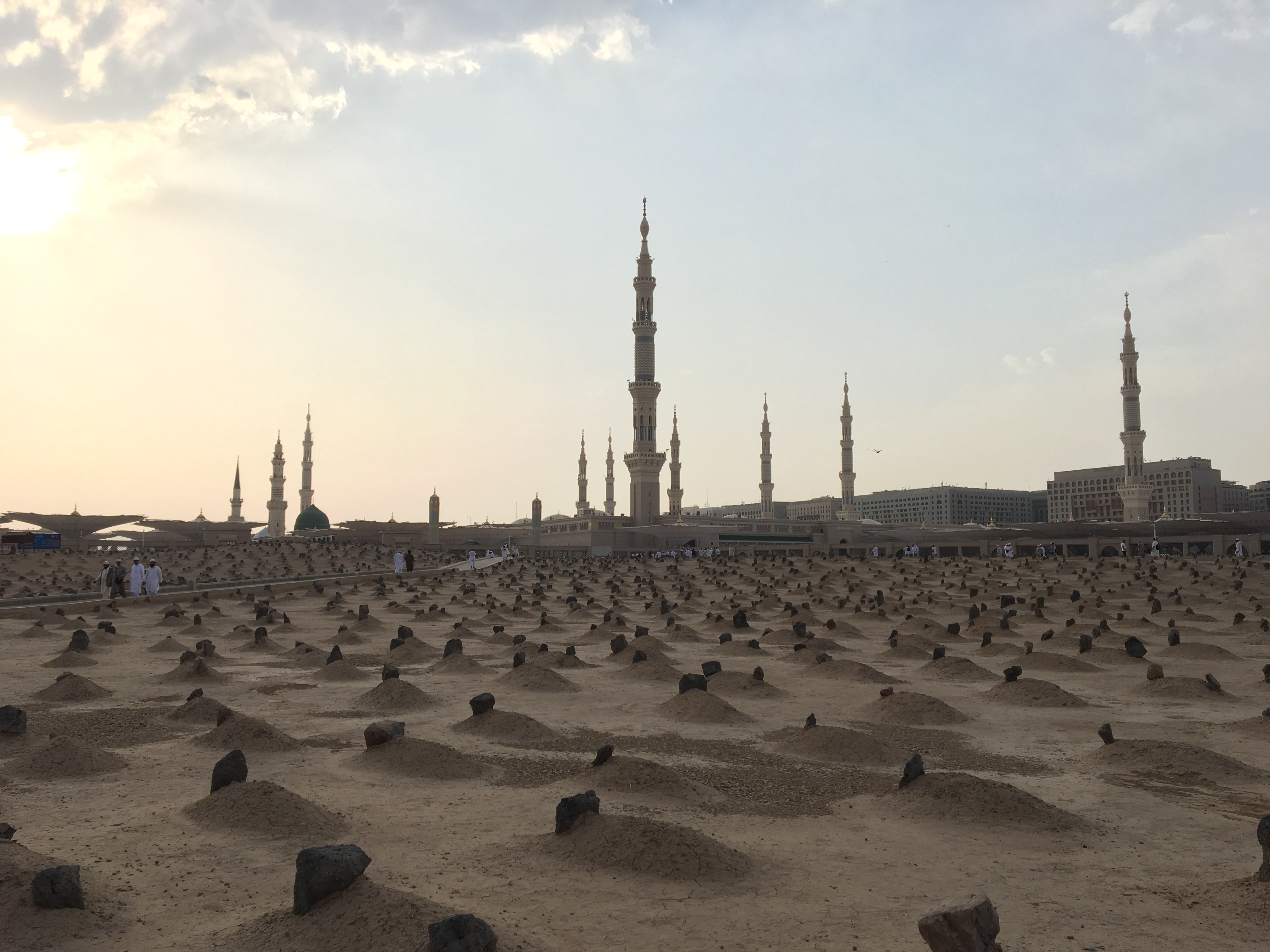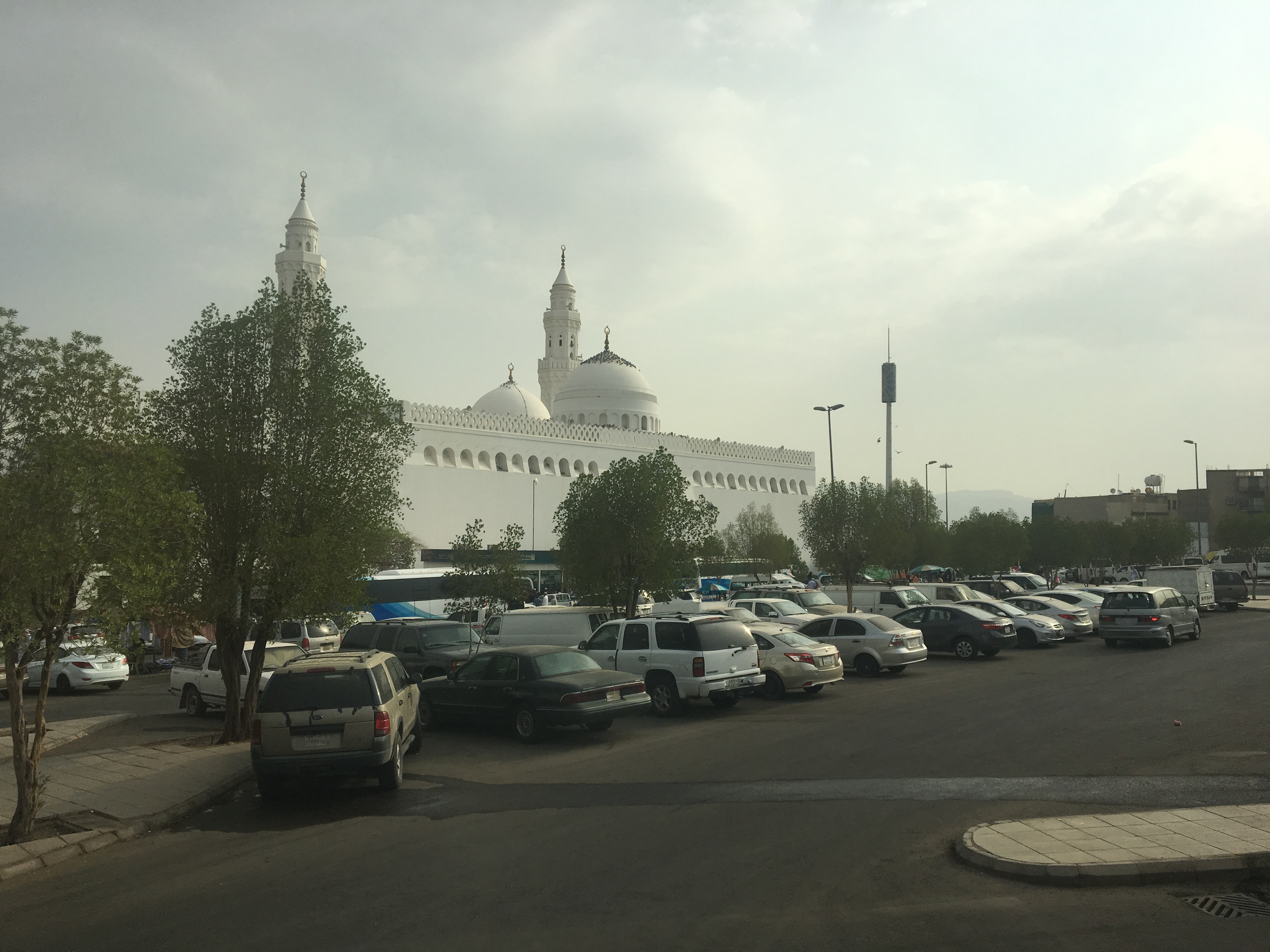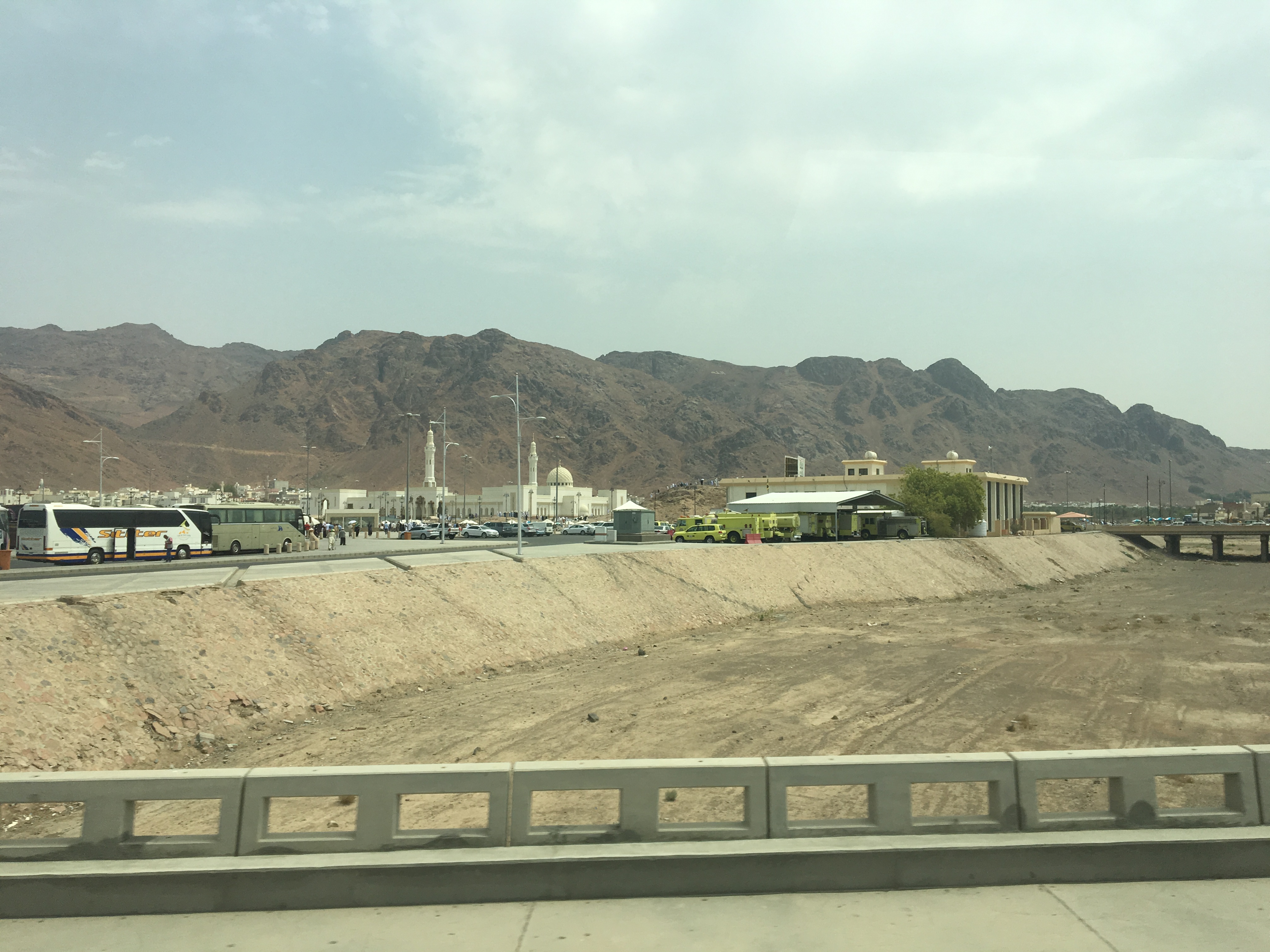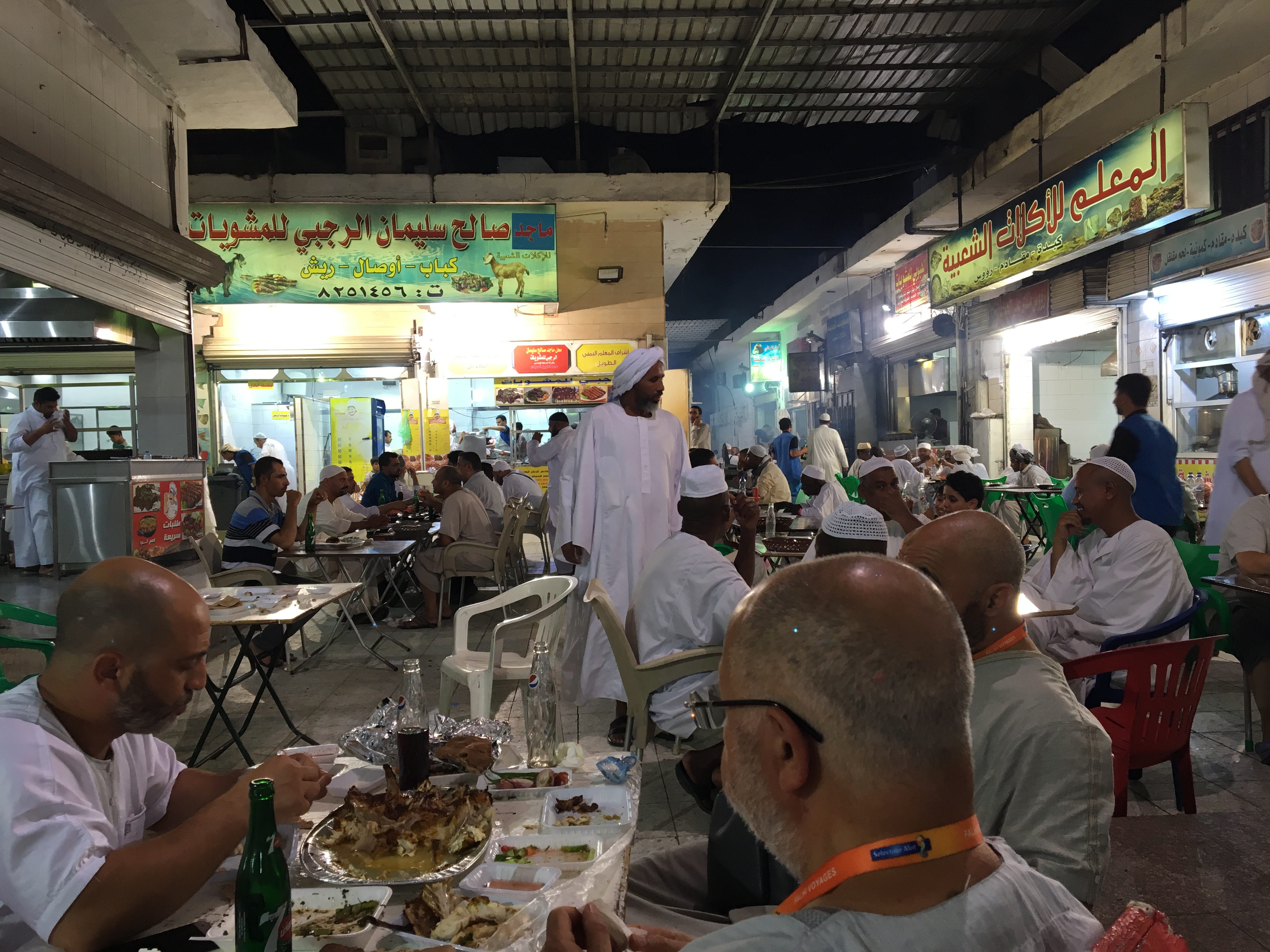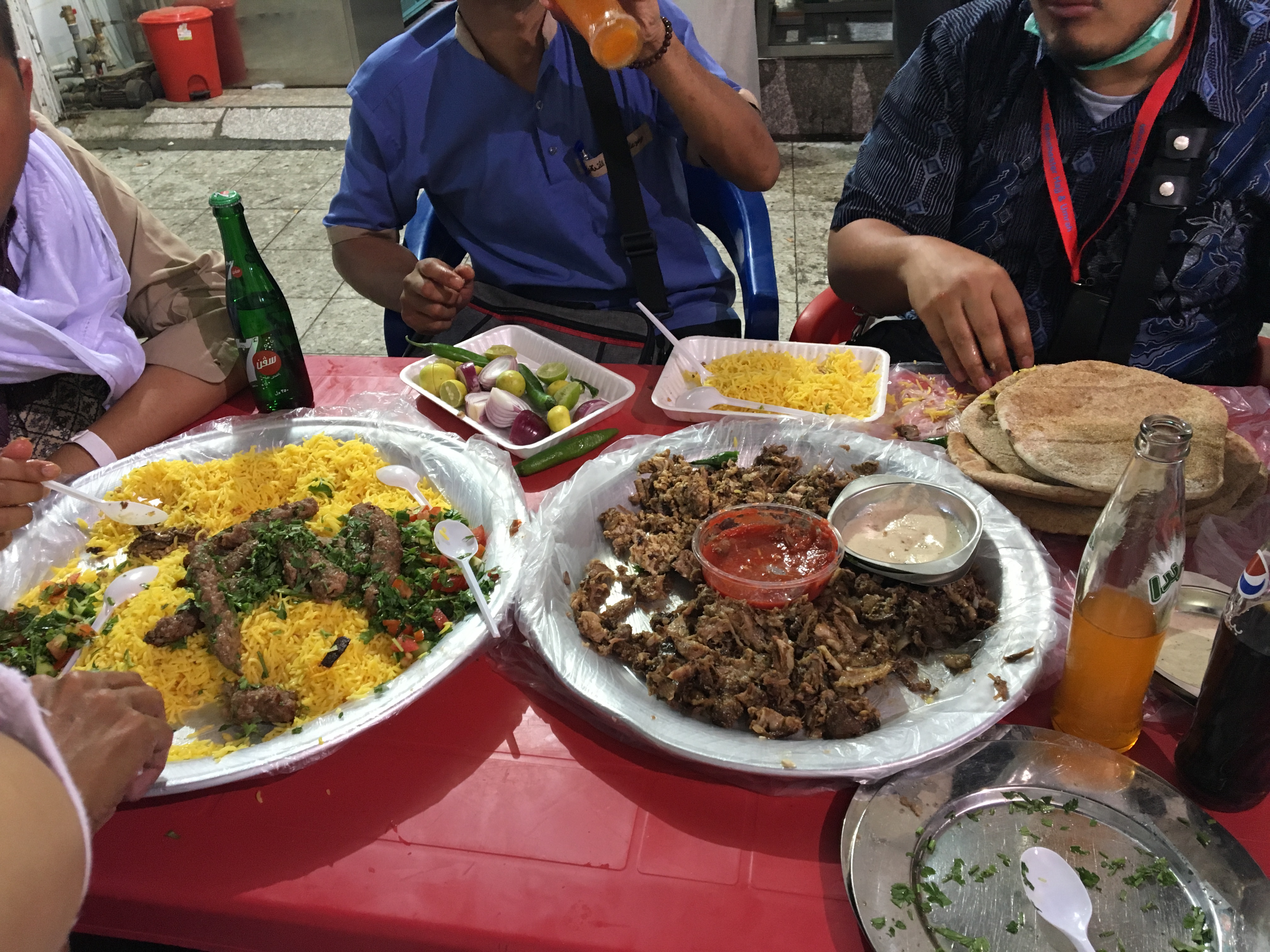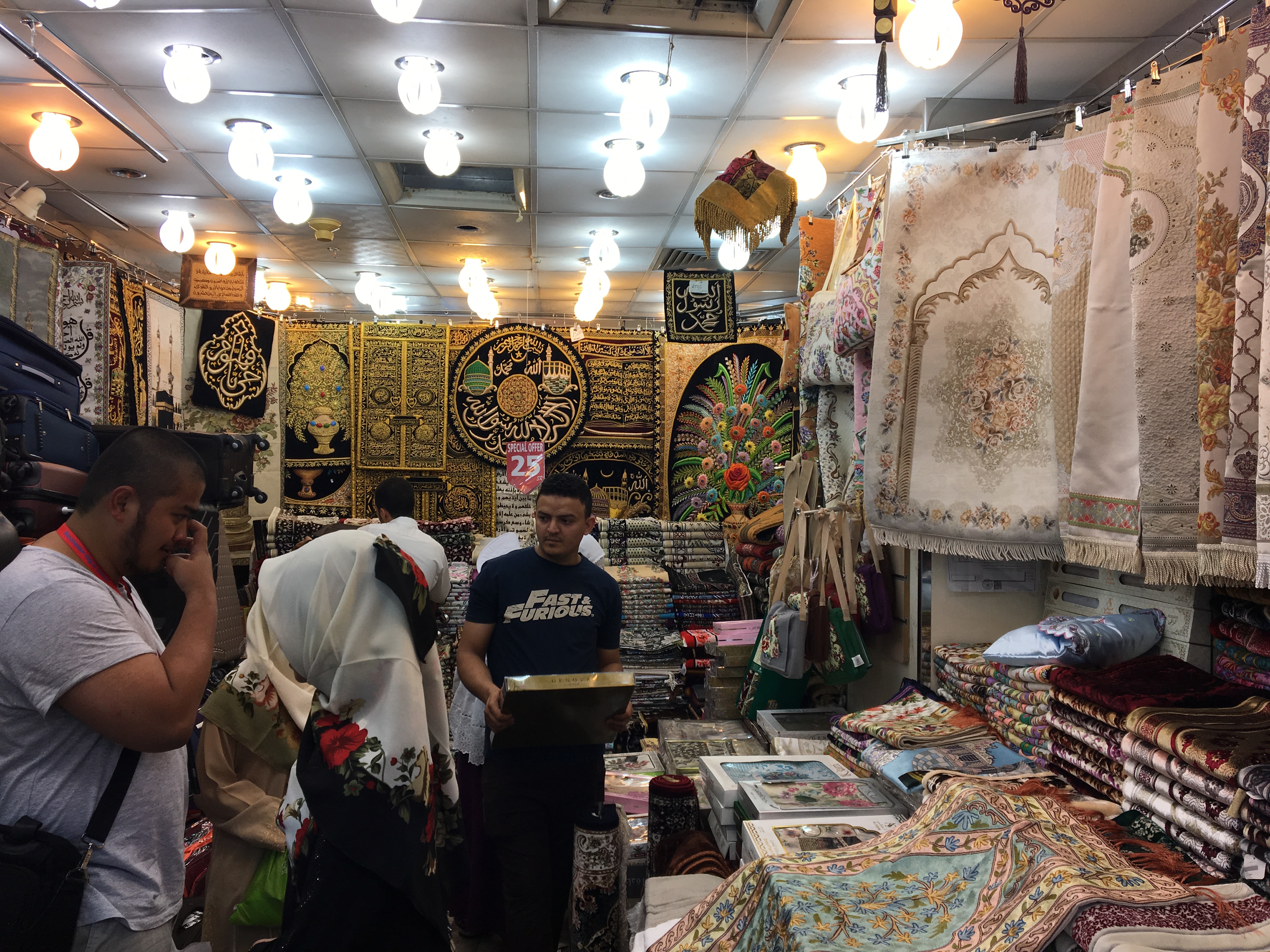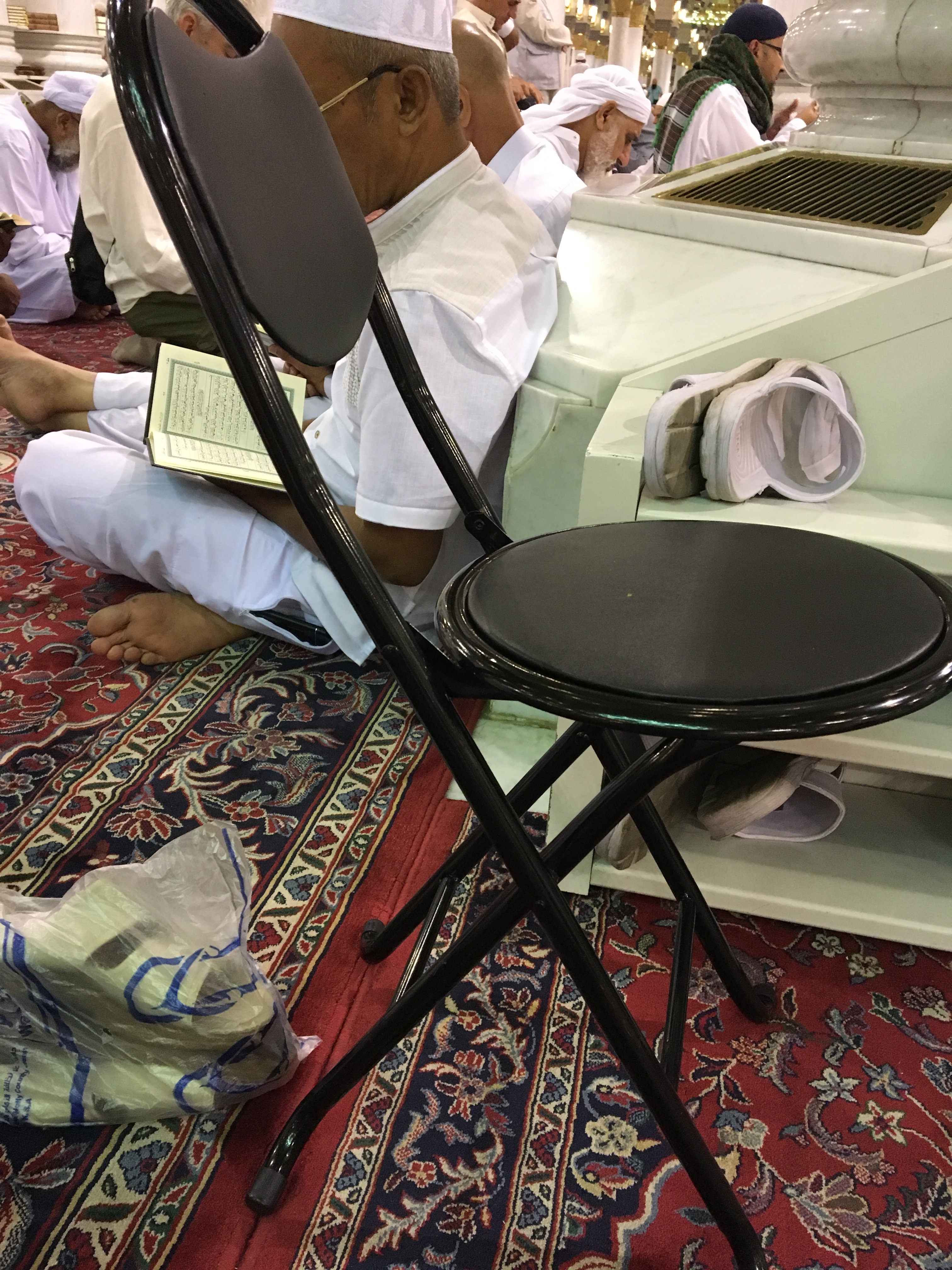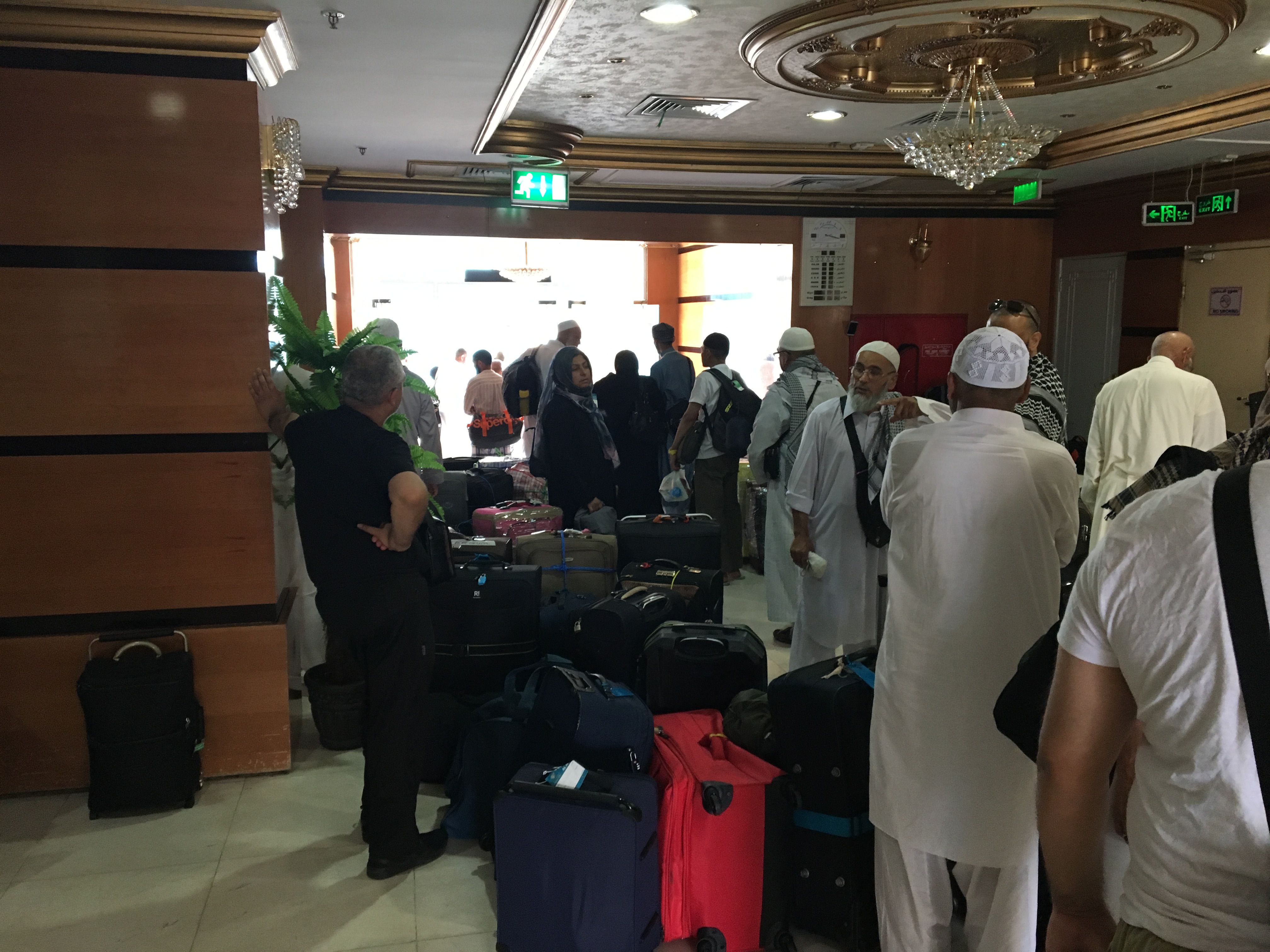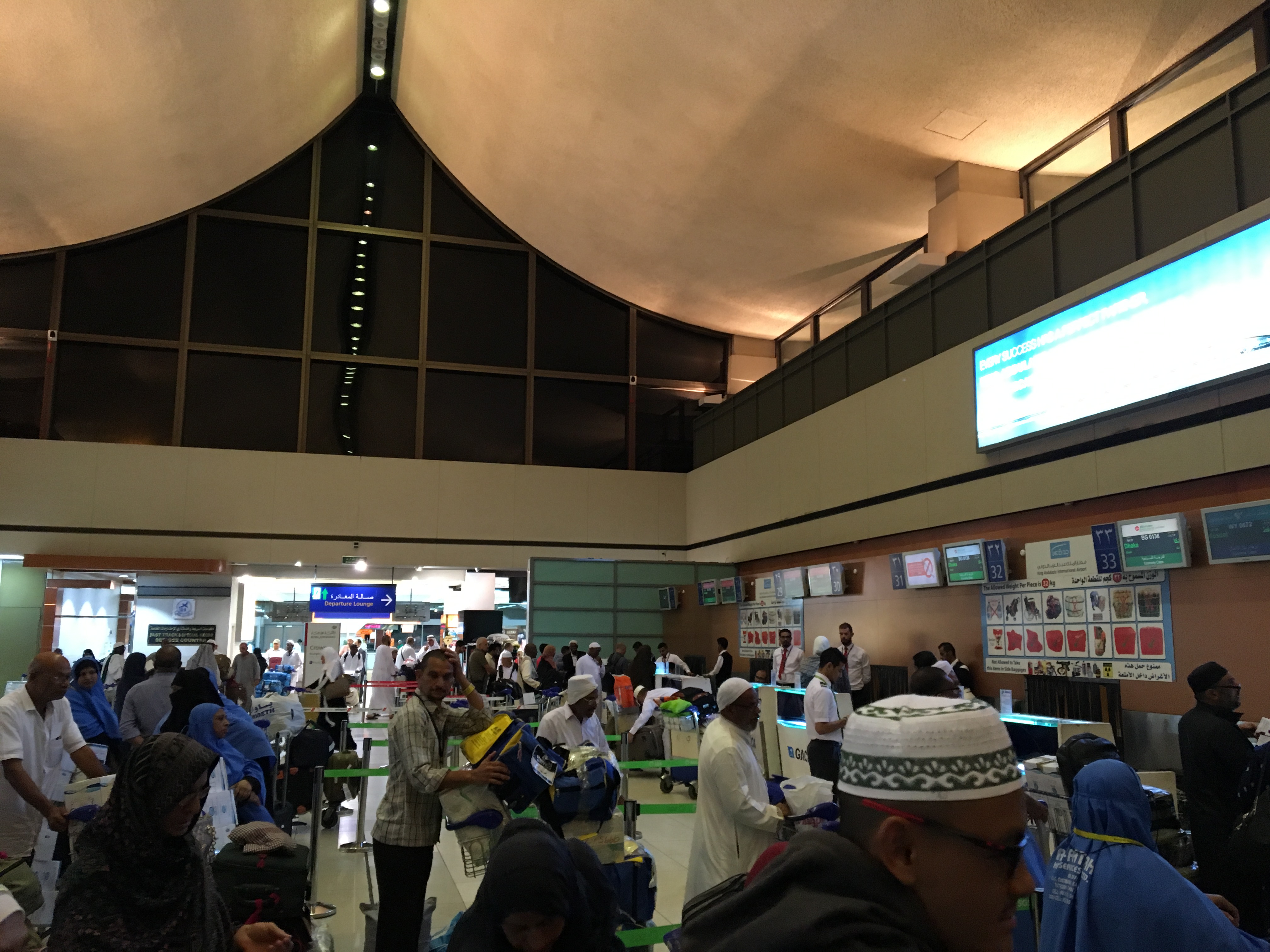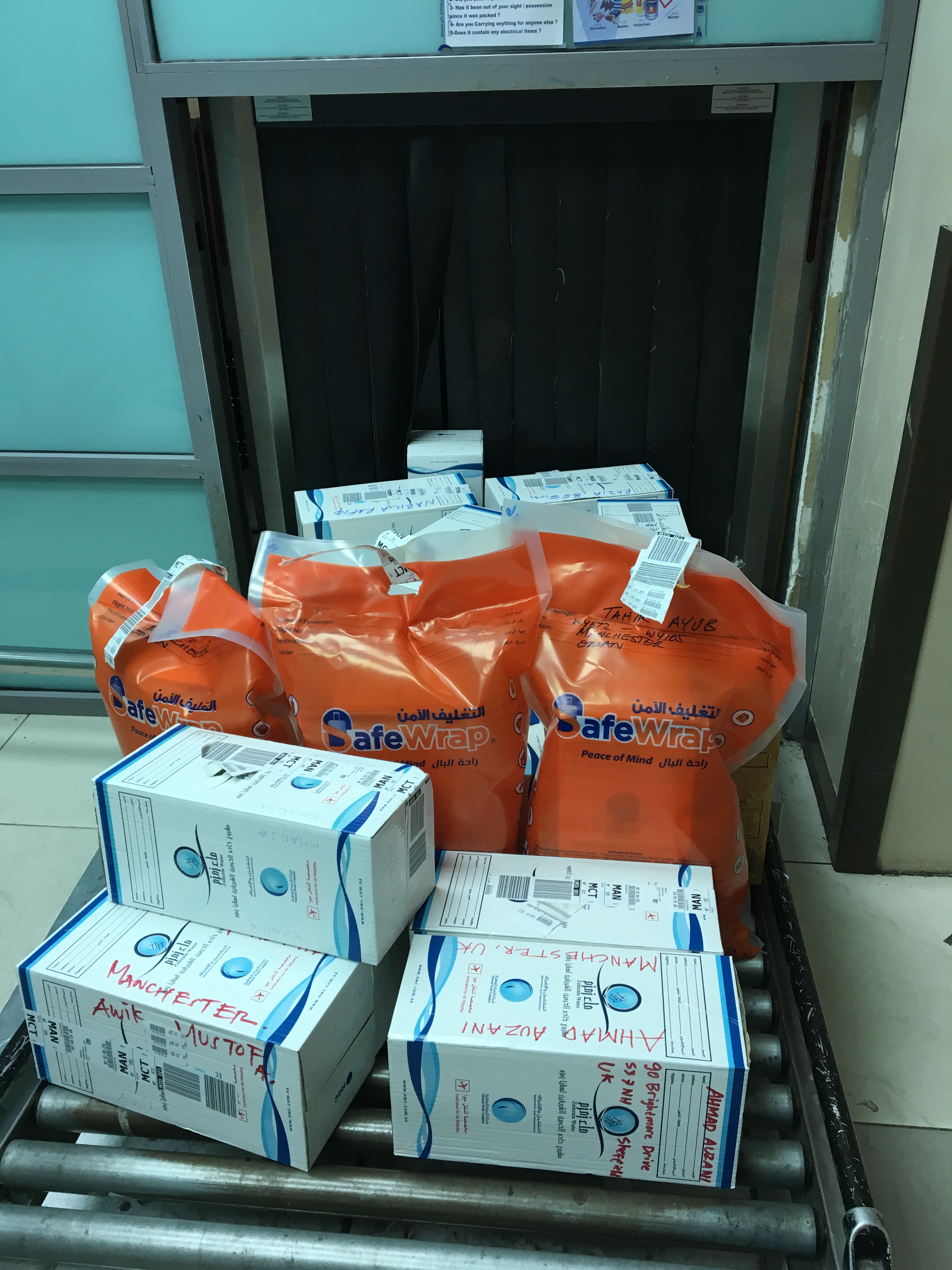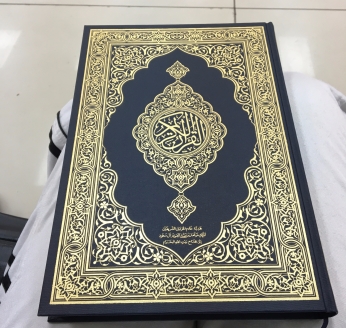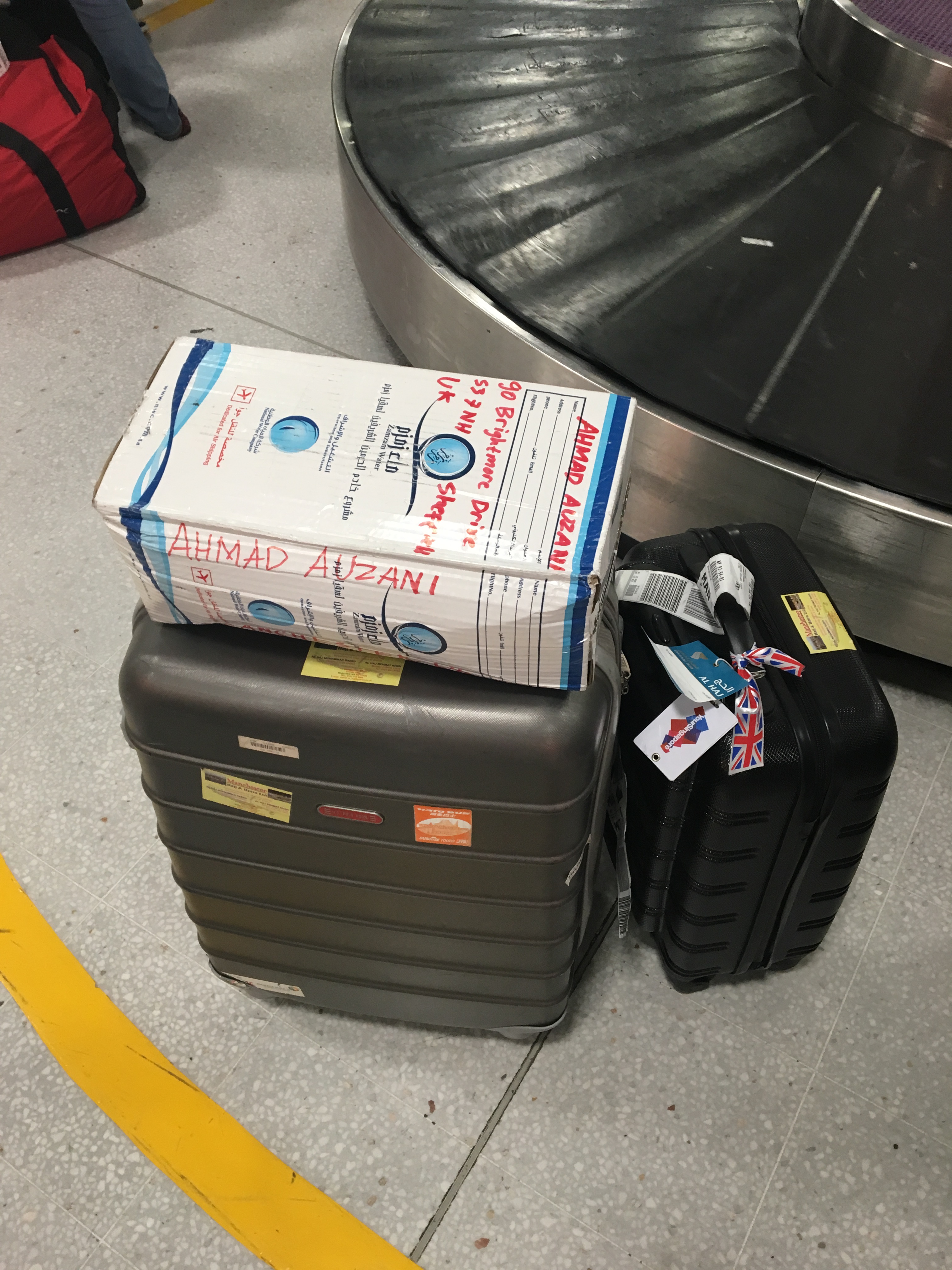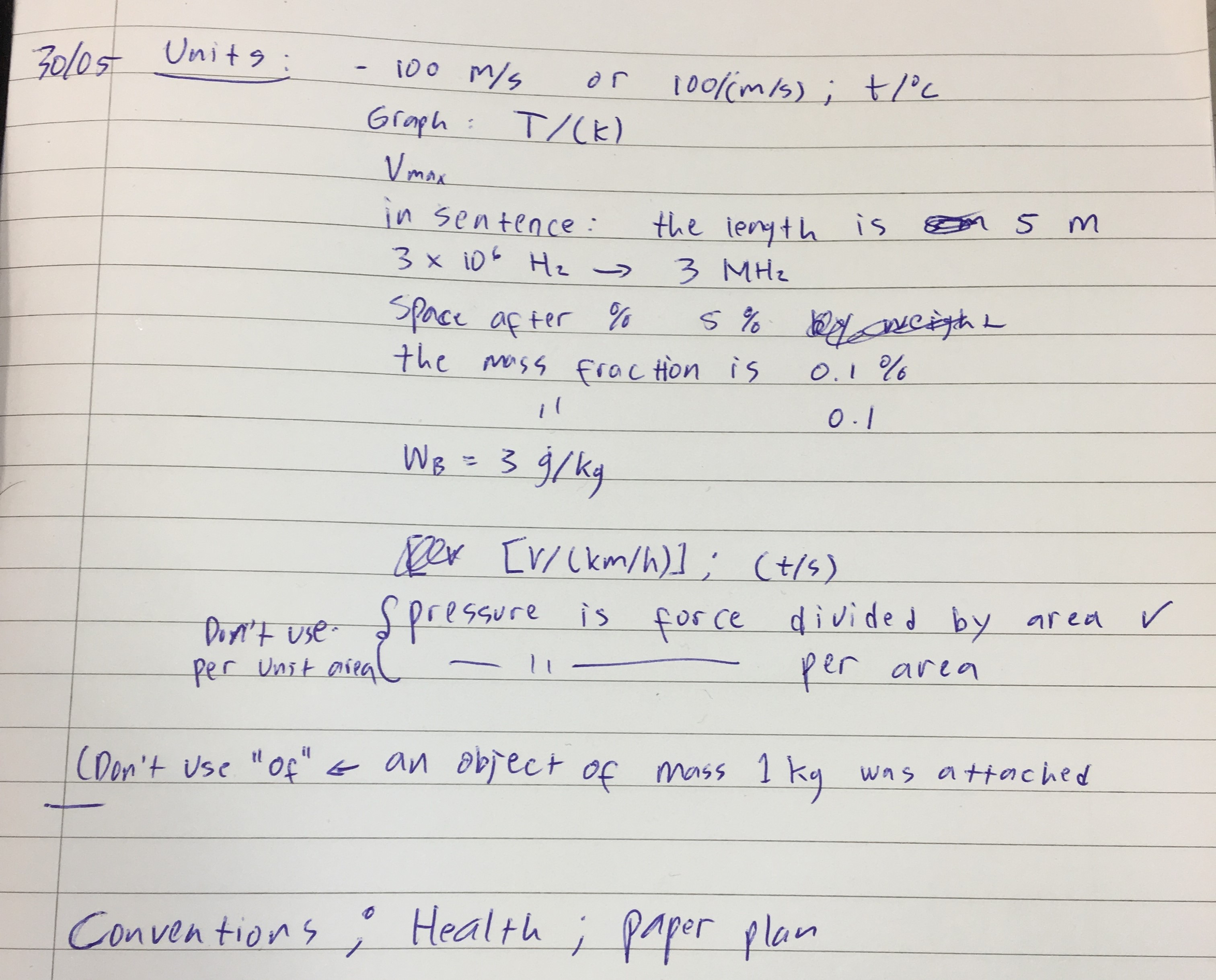
Commonly, facing a viva is quite challenging for PhD students since it will decide whether our four-years work is sufficient for the degree of PhD or not. So, if you are facing a viva and you are feeling nervous, it’s okay and probably everybody will be feeling the same. Instead of overwhelmed with anxiety, here I share some tips that might be useful for your viva preparation based on my own experience. However, every viva may go differently depending on the university rule and the expectation of the examiners/supervisors. Nevertheless, the aims of every viva are mostly similar, so these tips may be still relevant for you.
Preparing to be success in a PhD viva is a very long process, it starts when our PhD started. What we bring in the viva voce is four-years work of research and viva preparation might help you to bring your work to the spotlight. If you just started your PhD, make sure you have intensive discussion with your supervisors about the quality of your work. Usually, supervisors never let their student to have a viva before they are sure that the work is good enough for a PhD. Some students are rushing to the thesis submission while the supervisors are still not happy with the work. In this case, the supervisors may arrange the viva because it is the students right to submit their thesis and have the viva. However, the outcome is usually negative if the supervisors is not happy with it. Despite that, there could be a chance that you will get the positive result if you can defend your thesis properly.
Thesis is the main report of your PhD work to be examined by the examiners. Once you submitted your thesis, the copies will be distributed to the examiners to be read and assessed. You can imagine yourself in your examiners position, with their busy routine, they have to read your hundreds of pages of work. My tips for thesis writing is ensure your thesis is written/presented at the best way the can. This includes formatting (e.g. font, typos, equation, figures, caption, tables, references, table of contents, etc.), and the content of the thesis itself. Always use a dense, effective, and informative sentences as long as the idea is delivered to the reader. Sometimes, students just expand their sentence to make the thesis bigger. You shouldn’t do this, because the readers and examiners do not like it. Ensure that the plagiarism check (Turnitin) shows low similarity, in my case it was 17~18 per cent, unless you need to explain why you have high similarity. So, if everything is convincing and beautifully written, you make the job of your examiners easier and this make the probability of getting correction becomes lower. Surely, with the submission deadline approaching, your time is limited to finish the thesis. Usually, students didn’t have time to check for the typos and formatting stuffs, despite that it is very important. When I wrote my thesis, I used LaTex to make all the formatting consistent and I just need to worry about the content. For your consideration, you can find the pdf of my thesis in this link.
I would recommend you to discuss the arrangement of your viva with your supervisor a year before the planned date of submission (the earlier the better). This includes the approximate date, the examiner, and the expectation of the thesis. Knowing the date is important for you to set the deadline and manage the time to finish writing, proof reading, etc. Knowing the expectation of the thesis gives you the idea on how much task/work you should perform for completing the thesis. Meanwhile, knowing who your potential examiners helps you to understand their research and area of expertise. I would recommend to cite their work in your thesis if it is relevant. This will be helpful if they question your statement during the viva. If your statement is supported by citing the examiners work, so by questioning your statement/thesis, they also questioning their own work. I would say this is some kind of defense strategy. Also, understand the university rules about thesis submission, such as similarity check, formatting, binding, submission procedure, etc. Missing these details may lead to months of delay to the viva. Ultimately, ensure that you put the novelty and the contribution of your work is put in the spotlight, because this will determine the quality of your thesis.
Waiting for viva: read line by line (istilah2, teori yg belum paham), why wrote this biar ga lupa, update publikasi, FAQ,
After the thesis submission, the department will arrange the date of the viva as well as the appointment of the internal and external examiners. In my case, I got the date of the viva approximately two weeks after the submission, while the viva date is approximately 8 weeks after the submission. You can relax for a day or two after your submission, but believe me a week is enough to make you forget about your thesis. So, I would suggest to start the viva preparation at the day 3 after the submission. It would recommend reading the thesis line by line, learn theories that you don’t understand, highlight important words, and always think why you wrote that. These are important because your examiner will go line by line for questioning your thesis. Also, I prepared FAQs that examiners usually ask during a viva. I have summarised this from several websites that I found helpful:
- FAQs
- What is your research about?
- Important results
- Can you start by summarising your thesis?
- Now, can you summarise it in one sentence?
- What is the idea that binds your thesis together?
- What motivated and inspired you to carry out this research?
- What are the main issues and debates in this subject area?
- Which of these does your research address?
- Why is the problem you have tackled worth tackling?
- Who has had the strongest influence in the development of your subject area in theory and practice?
- Which are the three most important papers that relate to your thesis?
- What published work is closest to yours? How is your work different?
- What do you know about the history of [insert something relevant]?
- How does your work relate to [insert something relevant]?
- What are the most recent major developments in your area?
- How did your research questions emerge?
- What were the crucial research decisions you made?
- Why did you use this research methodology? What did you gain from it?
- What were the alternatives to this methodology?
- What would you have gained by using another approach?
- How did you deal with the ethical implications of your work?
- How has your view of your research topic changed?
- How have you evaluated your work?
- How do you know that your findings are correct?
- What are the strongest/weakest parts of your work?
- What would have improved your work?
- To what extent do your contributions generalise?
- Who will be most interested in your work?
- What is the relevance of your work to other researchers?
- What is the relevance of your work to practitioners?
- Which aspects of your work do you intend to publish – and where?
- Summarise your key findings.
- Which of these findings are the most interesting to you? Why?
- How do your findings relate to literature in your field?
- What are the contributions/originals to knowledge of your thesis?
- How long-term are these contributions?
- What are the main achievements of your research?
- What have you learned from the process of doing your PhD?
- What advice would you give to a research student entering this area?
- You propose future research. How would you start this?
- What would be the difficulties? (past and future)
- And, finally… What have you done that merits a PhD?
- show a critical analysis of your own work and of that of others
- appreciate the limitations of the methods employed and the results obtained by yourself and others
- understand how the broad conclusions of your thesis support, add to or conflict with previous work
- know the major concepts and recent developments in your subject
- Not want to be asked about
- If I have a chance to ask examiner about anything:
- You are expert in this area, and I am planning to start my academic/research career in combustion. What kind of research that you would do if your were me?
- Key persons in your research area?
- What I want to change if I repeat it
- Any conferences I attended or paper?
Almost all of these questions were asked to me during my viva, so it is better to prepare the answer to anticipate these questions. Also, if you have done these preparations, writing papers and looking for jobs are another things to do. Ask your supervisor to arrange a mock viva for you to practice and if you have some communities/friend invite them to criticise your thesis/presentation. Basically, the more you practice, the better you will be. Also check the instruction from the internal examiner regarding the viva, in my case I was told to prepare a ten-minutes presentation. Having an extra monitor will help to access supporting materials for the viva, such as script for presentation and the thesis as well. Because I didn’t have a hardcopy of my thesis, I used the digital copy of it when the examiners asked me to go to the certain page.
Finally, the viva day has come and this day will determine the outcome of your four-years work. Feeling nervous is okay, but don’t let this spoil your preparation. My viva was a bit different than how it used to be due to the corona virus safety measures. In Sheffield Uni, usually a viva is arranged in a room that is attended by the candidate, internal, and external examiners only. The supervisor may pop up at the beginning of the meeting to verify the identity of the candidate and at the end to check the outcome of the exam. However, my viva was performed through a video conferencing to follow the social distancing protocol. Even so, it was going well and maintained the code/purpose of a viva as the face-to-face viva.
To avoid any technical issues during an online viva, ensure that the laptop, microphone, video conferencing software, lighting, camera, electricity (sometime I forgot to top up the balance) are working properly. I usually ask to the department to have a five-minute check to see if everything is working properly an hour before the viva. For the lighting, a ring light would be useful or if you don’t have any, any light that make your face more visible will work as well. Ensure that all devices are silenced to avoid any distraction during the viva. Wear a proper outfit to show that you are prepared for the viva. Have a cup of coffee to boost your concentration and a note next to you to write important things during the viva. Ultimately, as a Muslim I have spiritual preparation such as prayers from me and from the families.
During the exam, just be confident, you know your thesis better than your examiners. At the beginning, usually your supervisor will pop up to identify your identity (to make sure that you are the candidate and not an impostor), then he will leave the meeting. So, it is just you and the examiners. If there is any problem or technical issues, do not panic. They will understand because it is an online viva and things might happen. In my case, I didn’t experience any technical issue, but sometimes my examiners forgot to unmute their mic when talking. So, I reminded them that they need to unmute it. Also, there was someone knocked my examiner door and he left for a couple of minutes to open the door. One of the examiners had an issue with the microphone so his voice was not clear enough to the others and he was silent for several minutes. Mostly, they went through line by line, but in my case they skipped most part and it went quick for less than two hours. This might be caused by the time of my viva was Friday afternoon, so the examiners had a good mood or they were convinced by the look of my thesis. They were interested to explore every statement for what, why, how, etc. Just give a convincing answers to these questions. You can take time for thinking about the answer. One tips to buy time, you can pretend to write the question while thinking about the answer.
So after hours of examination, you will be asked to leave the meeting momentarily while the examiners discuss the outcome of the viva. In my case, they just asked me to mute my mic, so I could listen to what they were talking about. So, they were happy with my thesis and my performance during the viva, but some minor things in my thesis that need some improvement were considered as too little for a minor correction, so they gave me no correction instead. When they asked you to return, you can see their expression for predicting what they gonna say. So after the happy ending, we talked about plan after PhD and personal matters. Finally, they told me to wait for the paperwork (viva examination form) to be completed. You can arrange an embargo for your thesis with your supervisor if you want to keep it unpublished for publication purposes.
After this, you will feel that all pressure has been lifted from your shoulder and you become a free bird, until you start thinking about jobs after PhD.
Finished in Banda Aceh, 28 Oct 2020 11:00 AM – Ahmad Syihan Auzani



